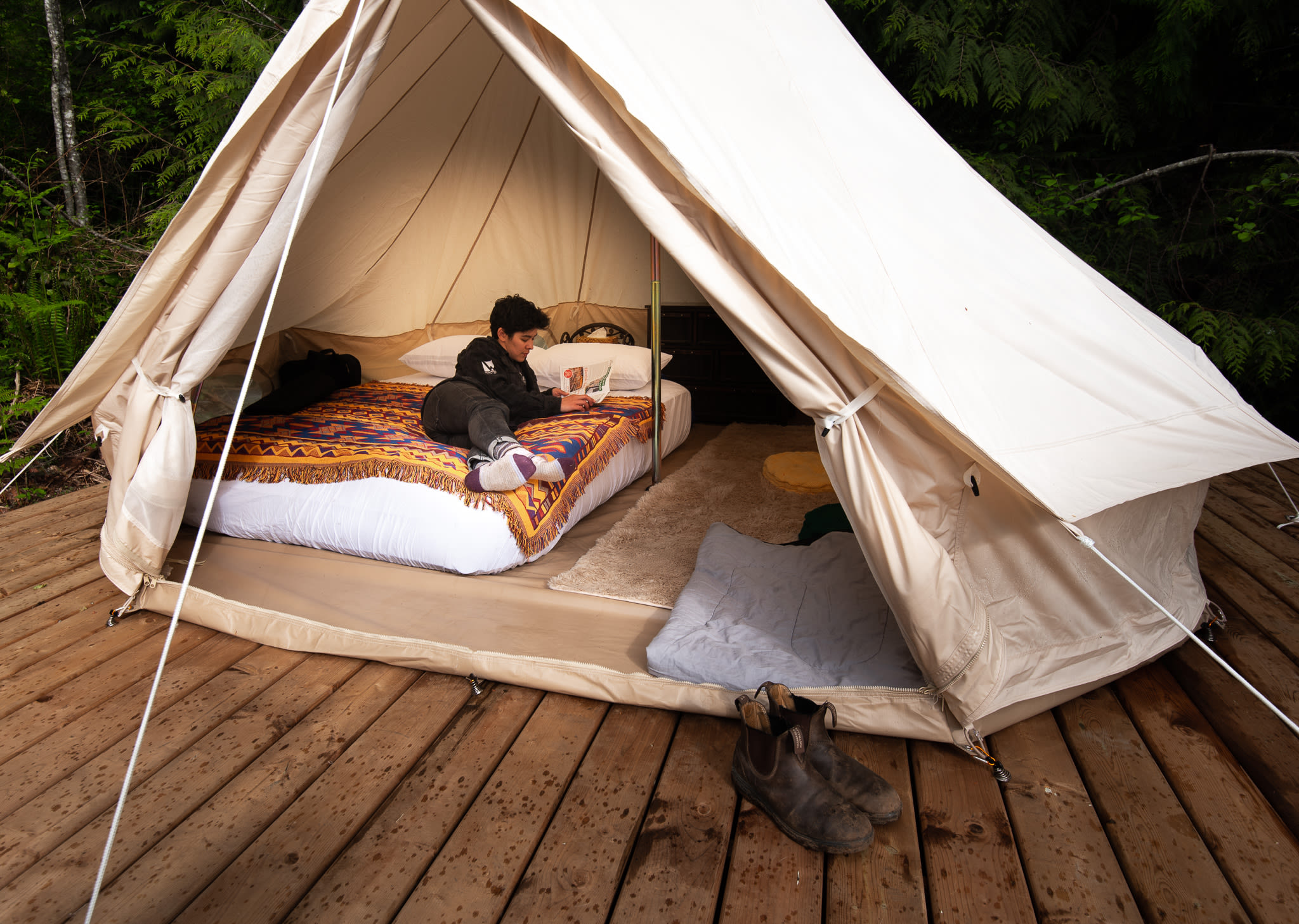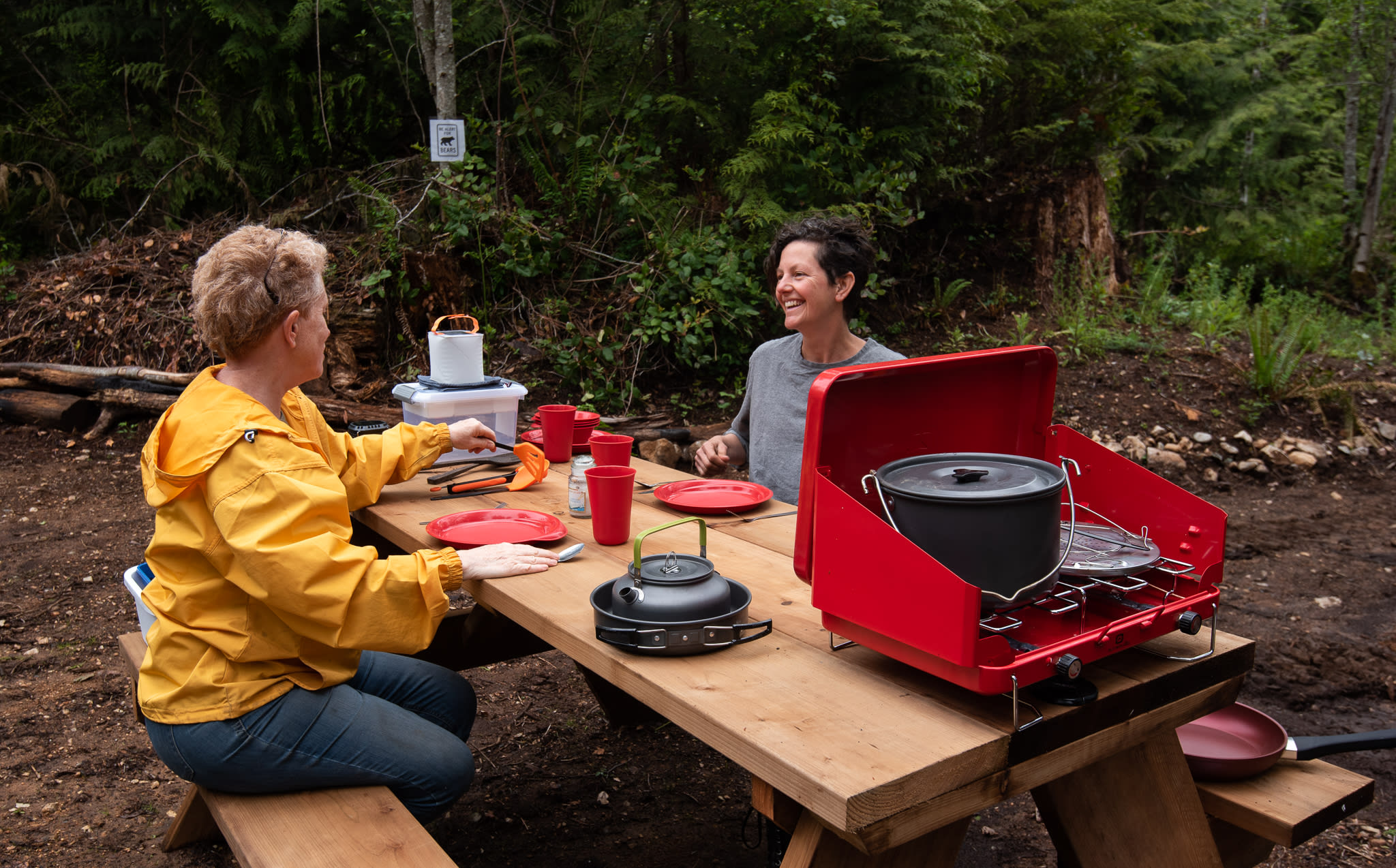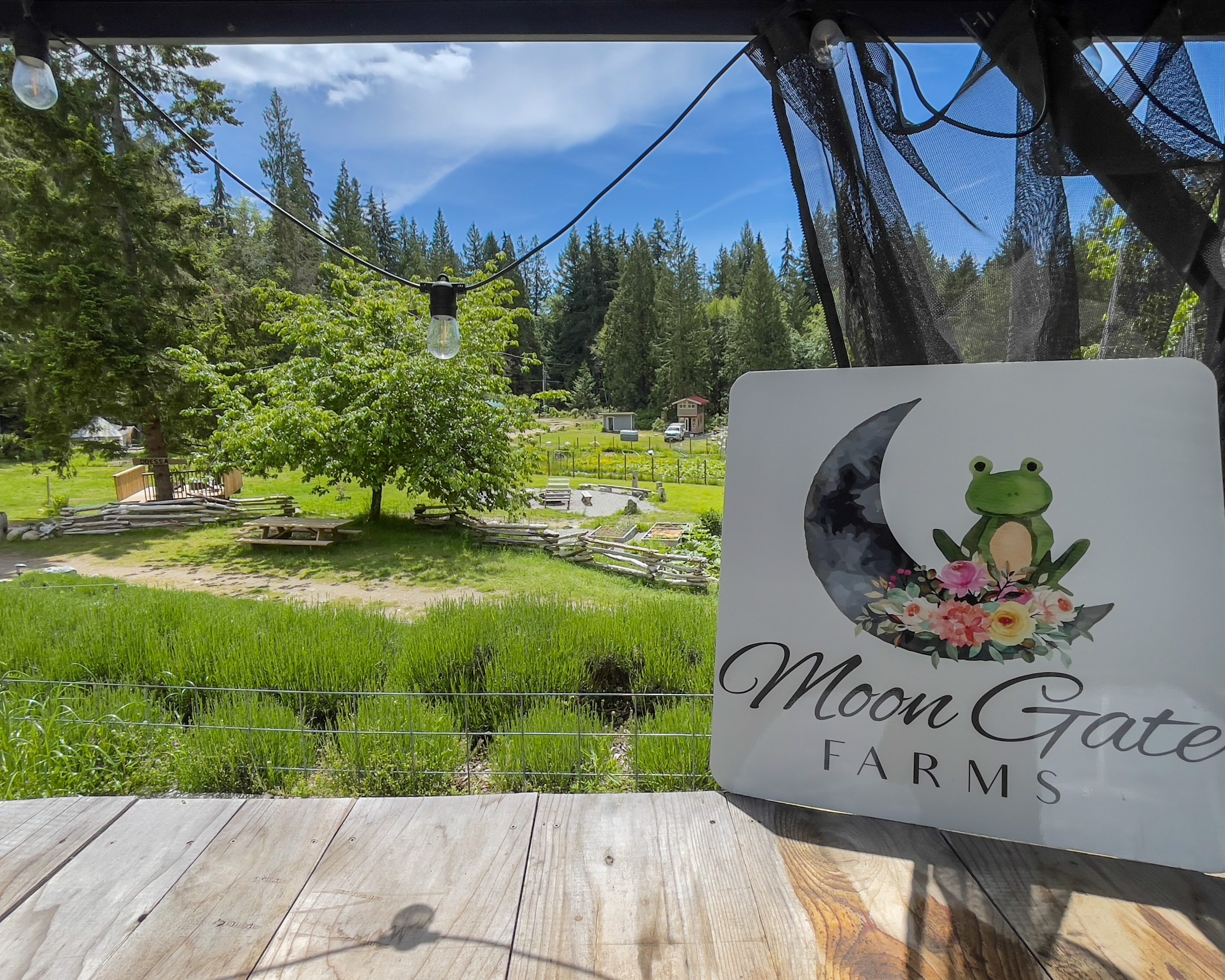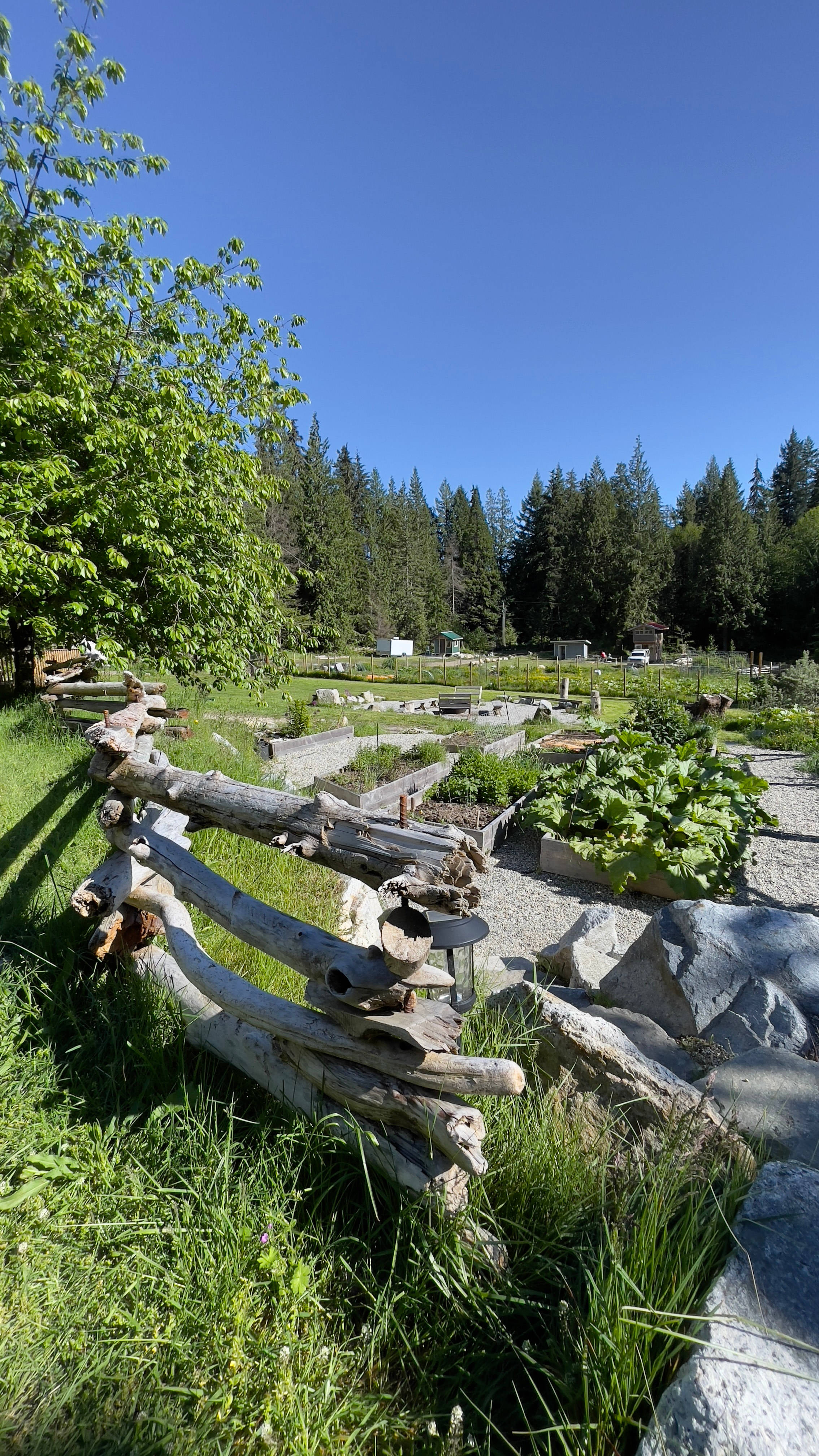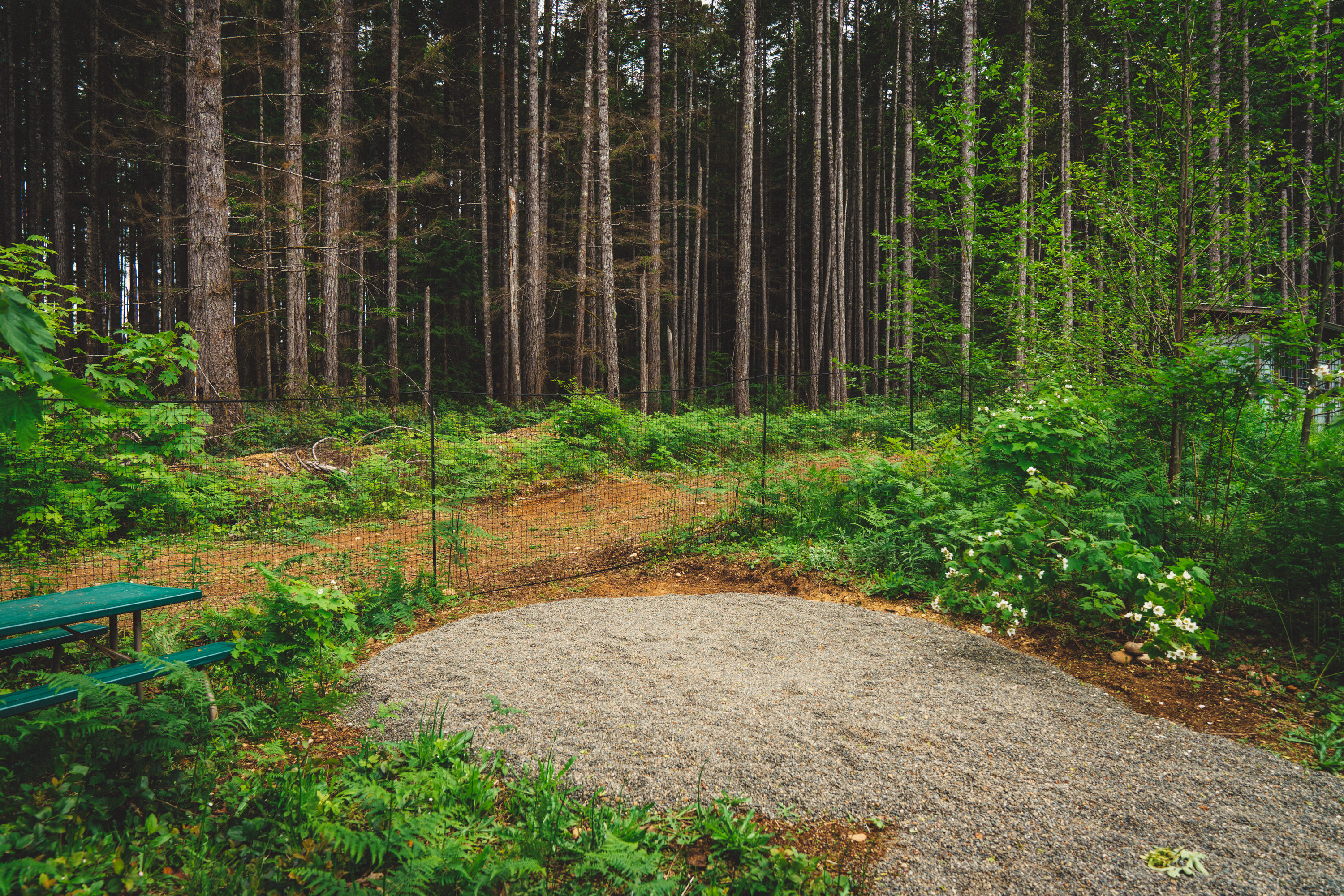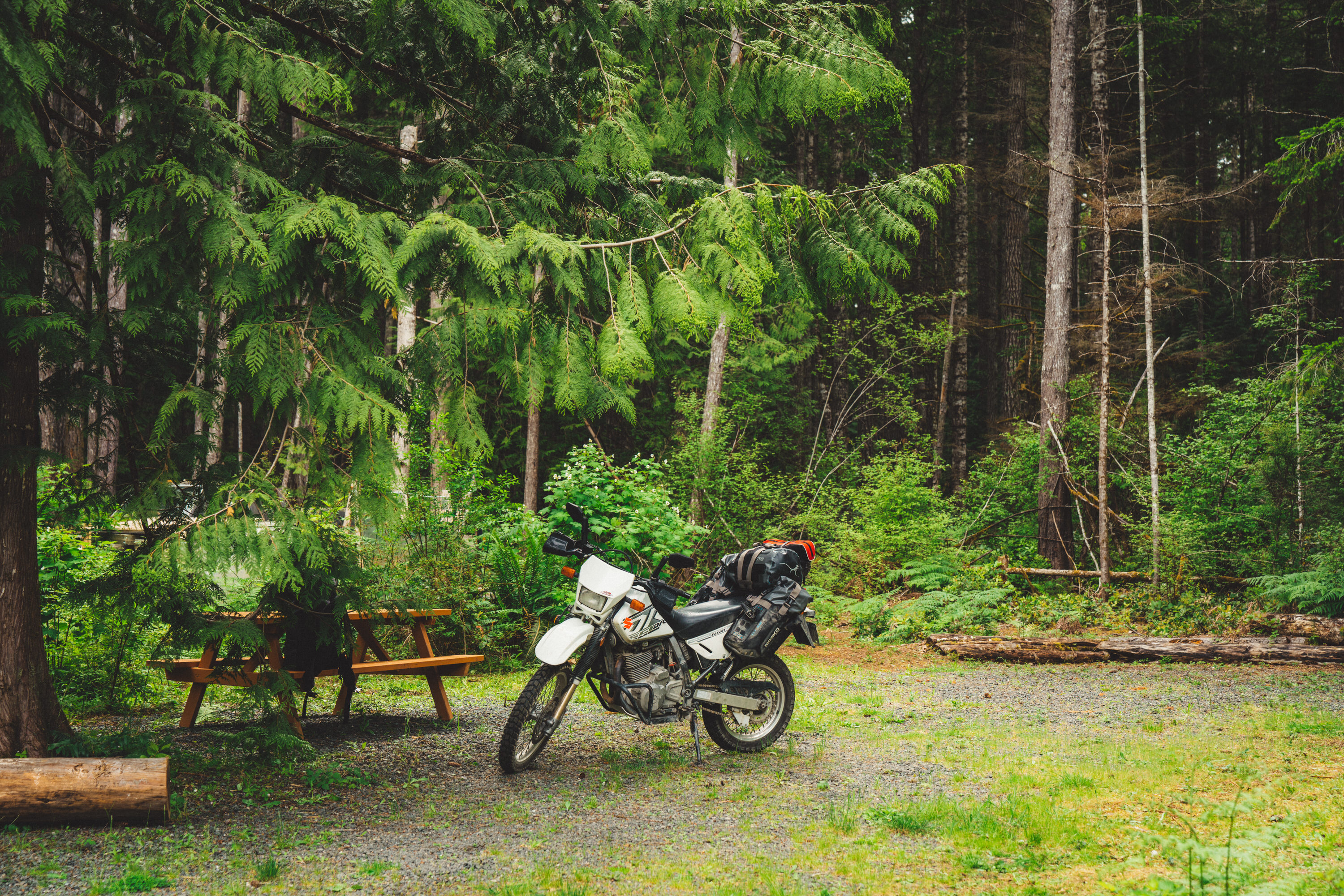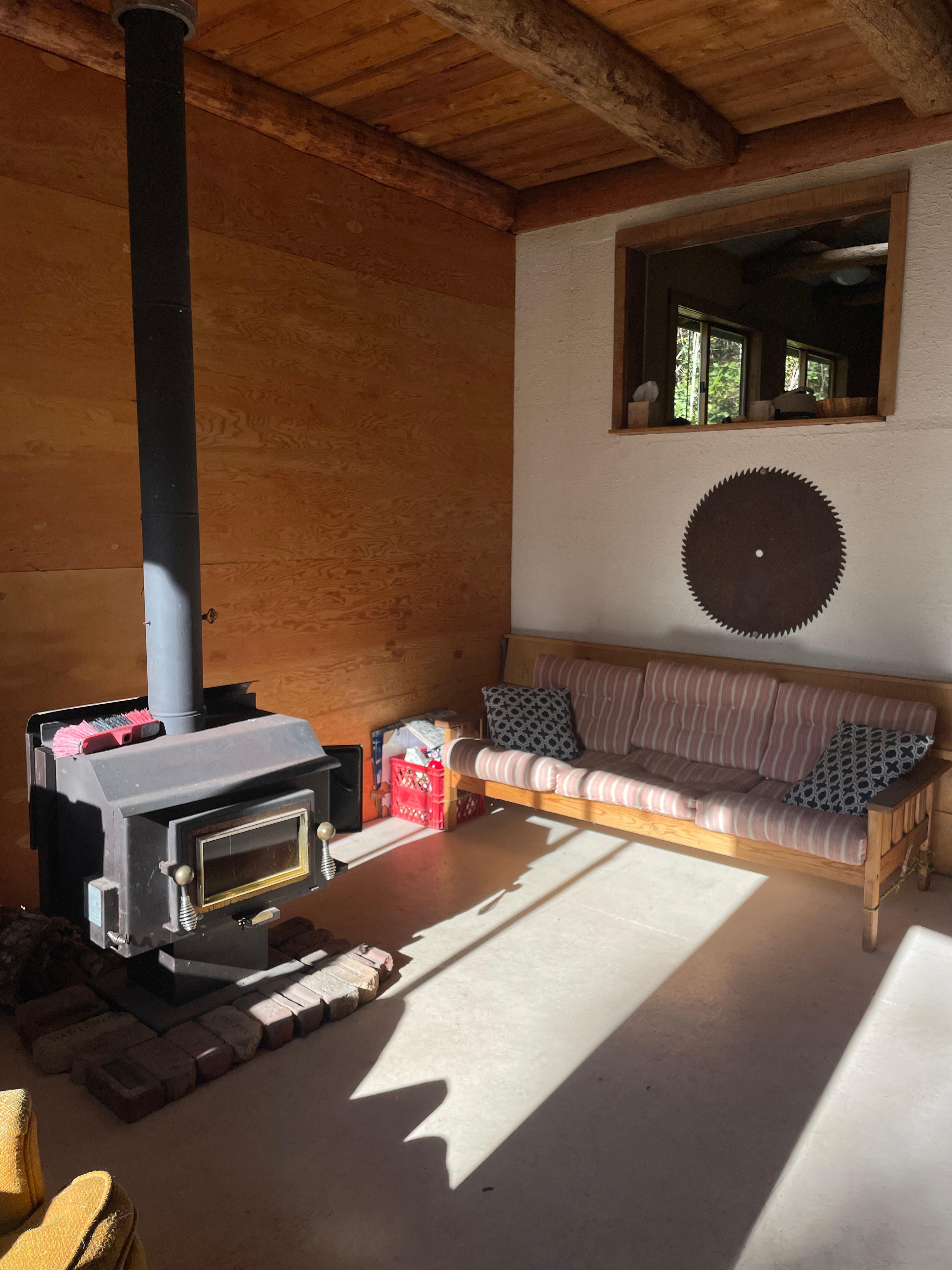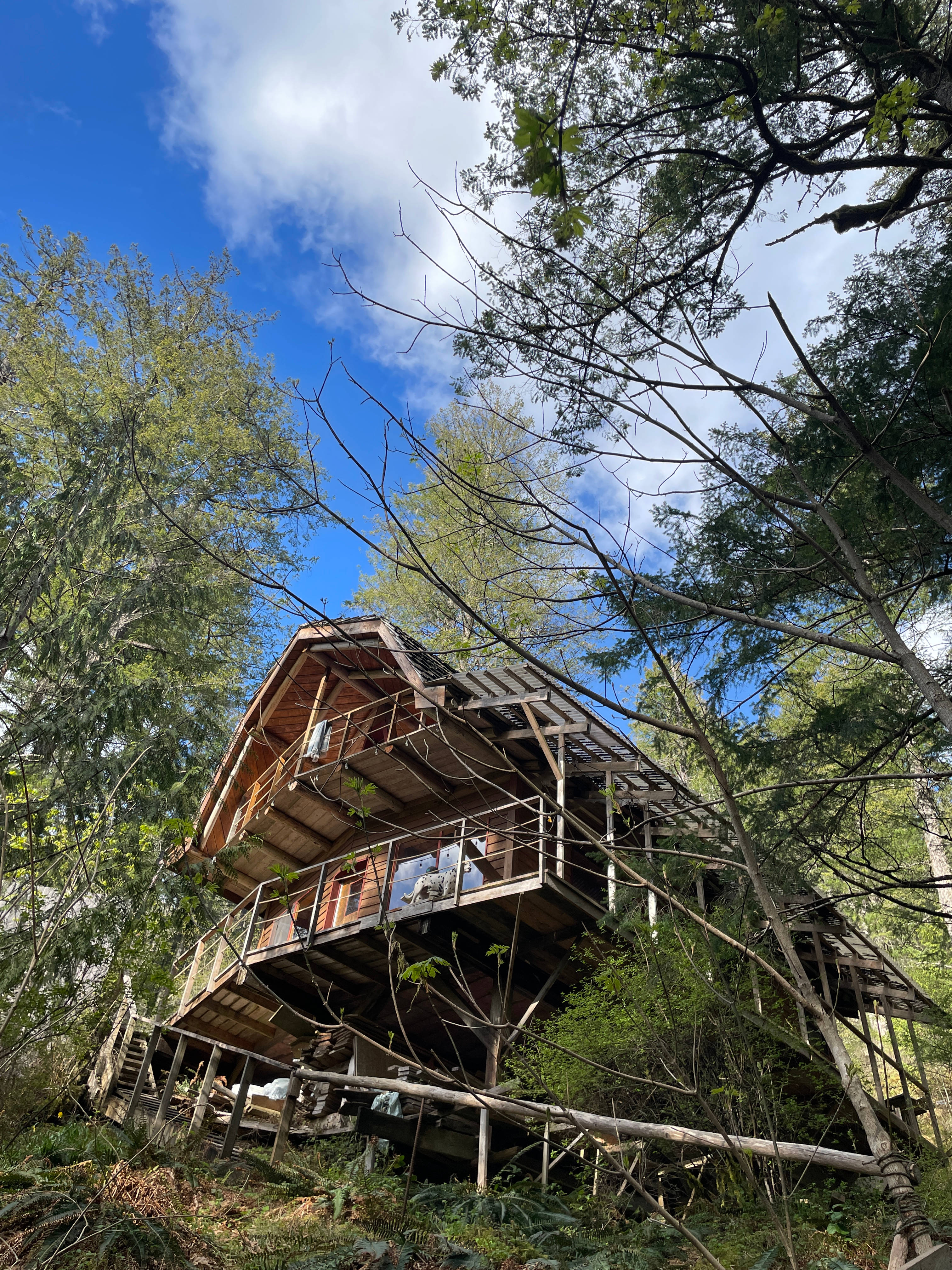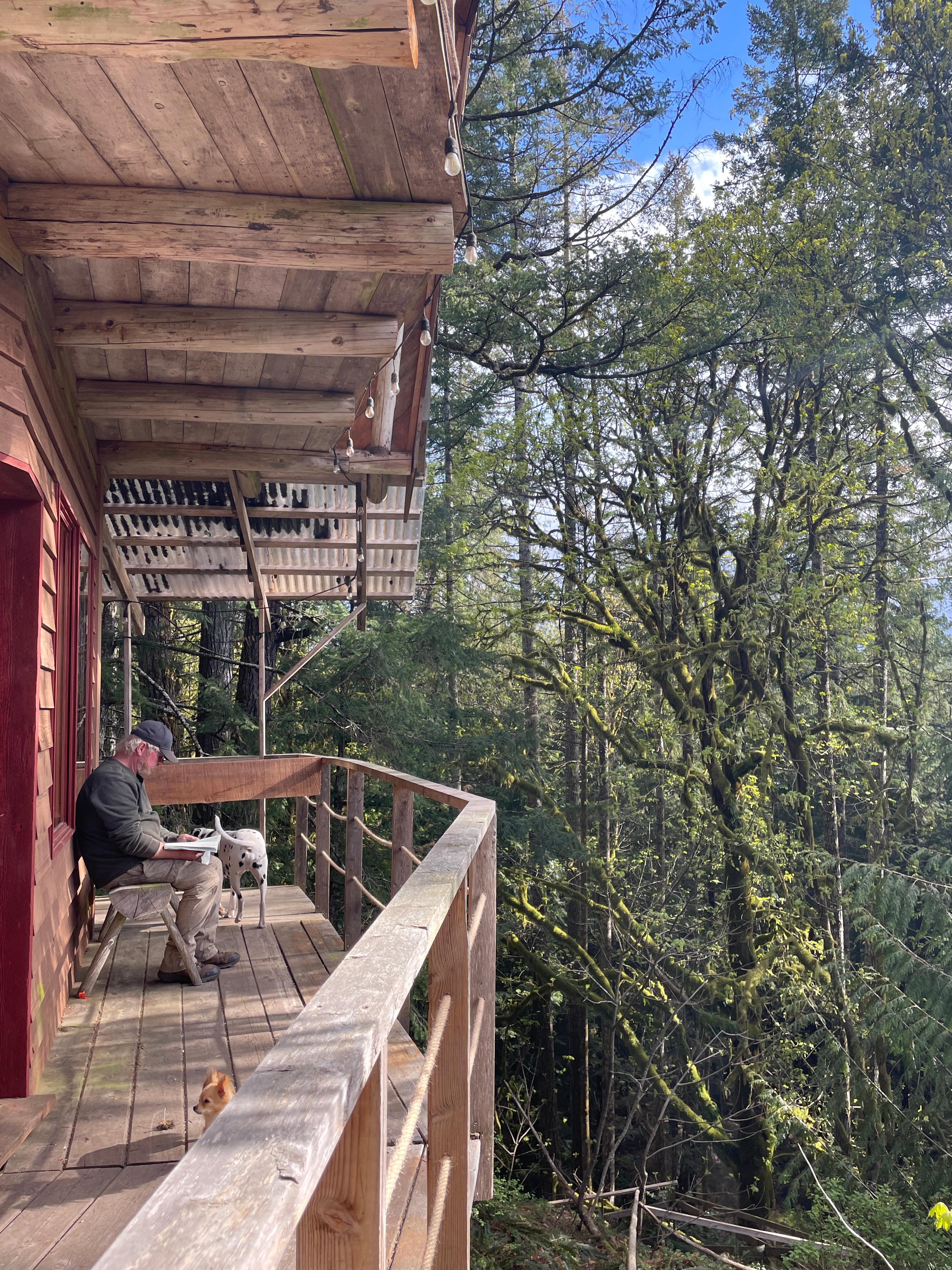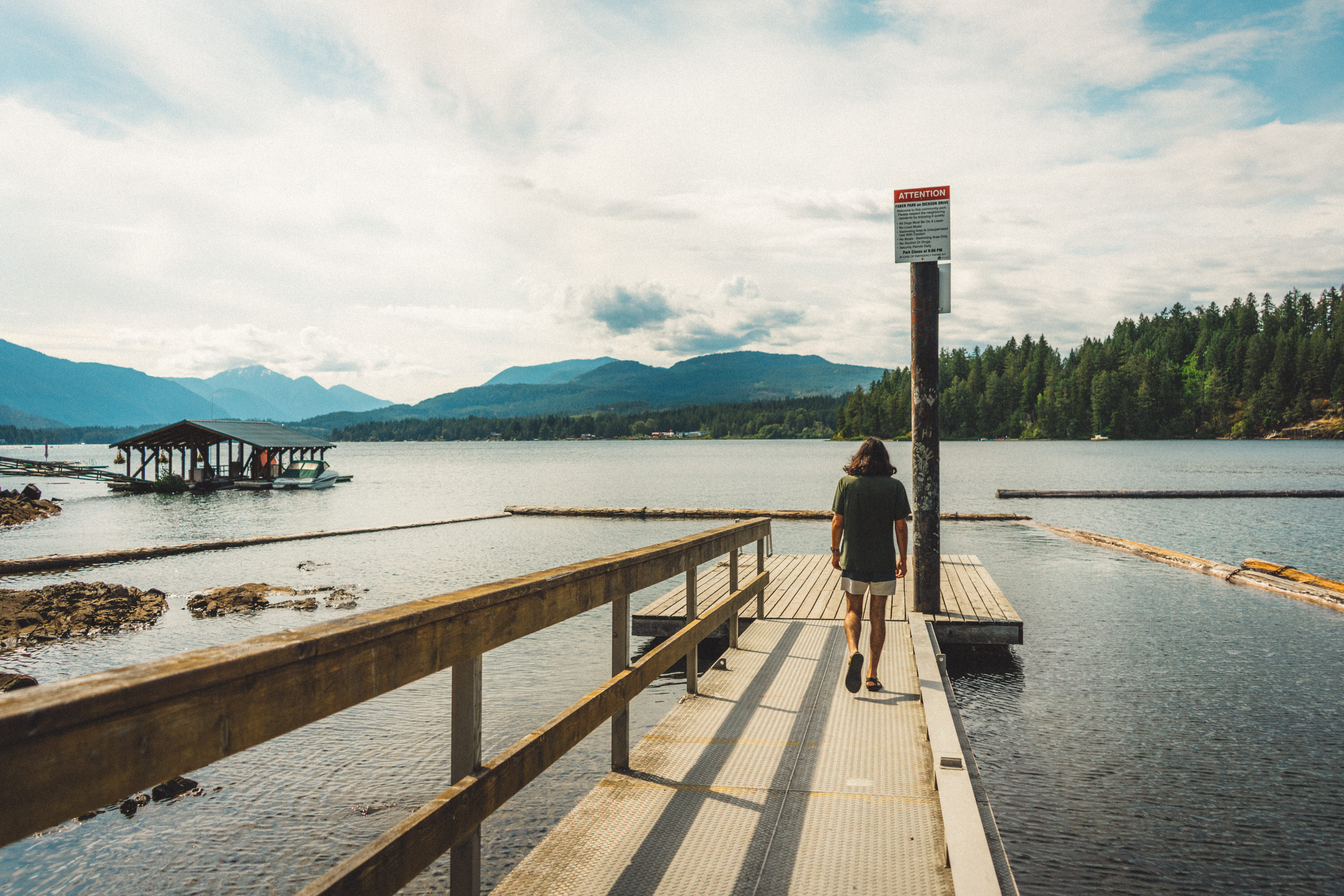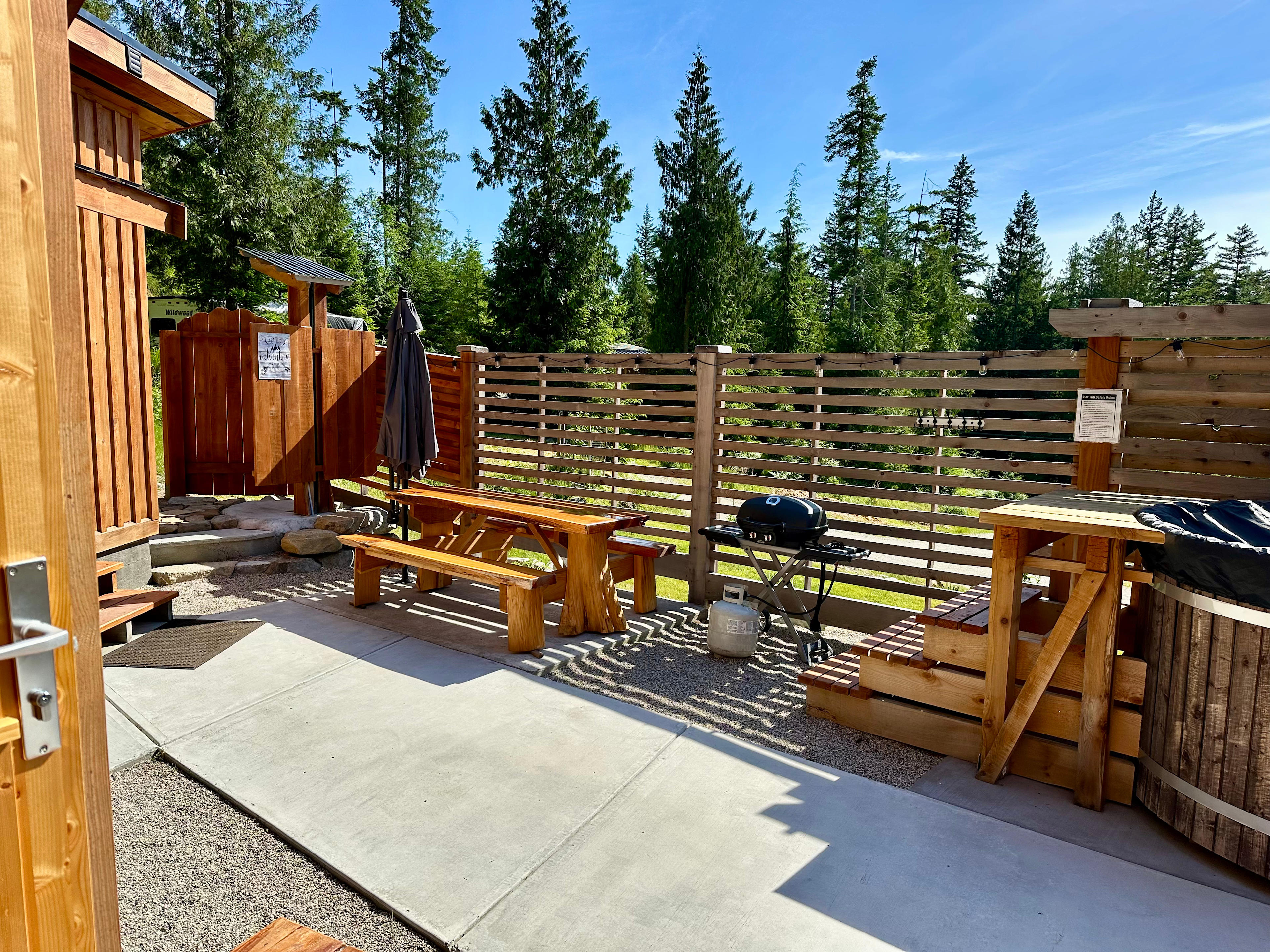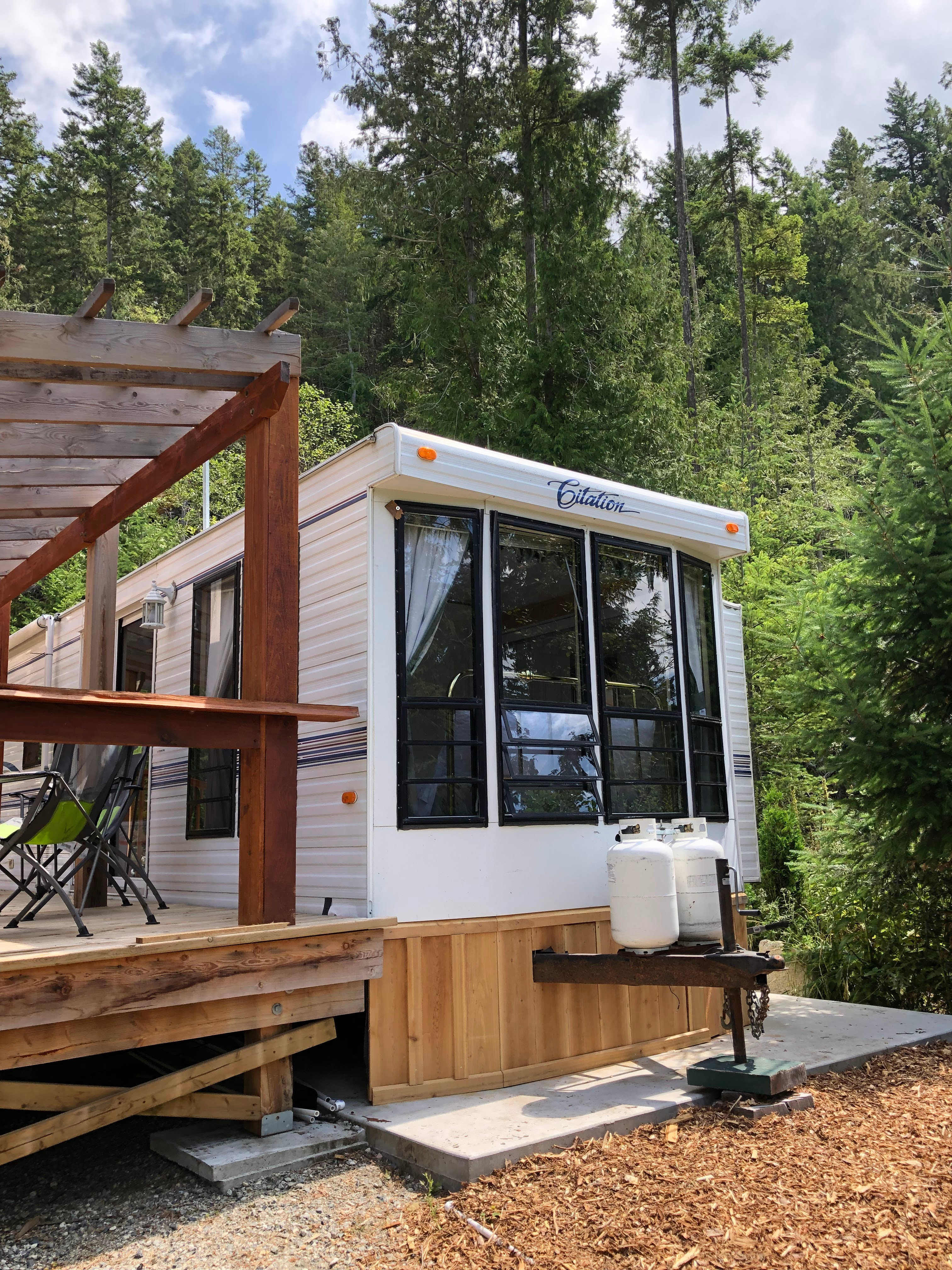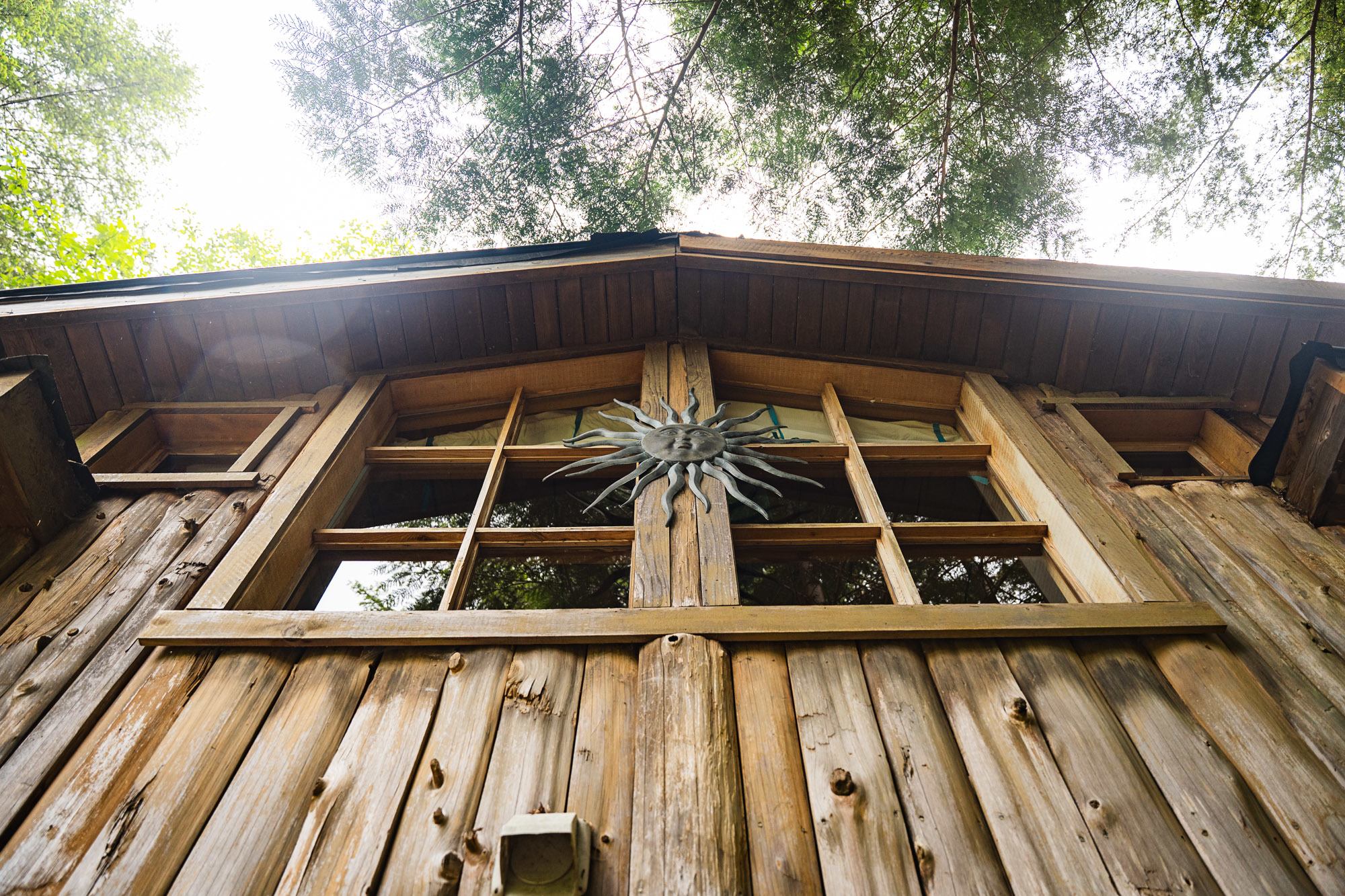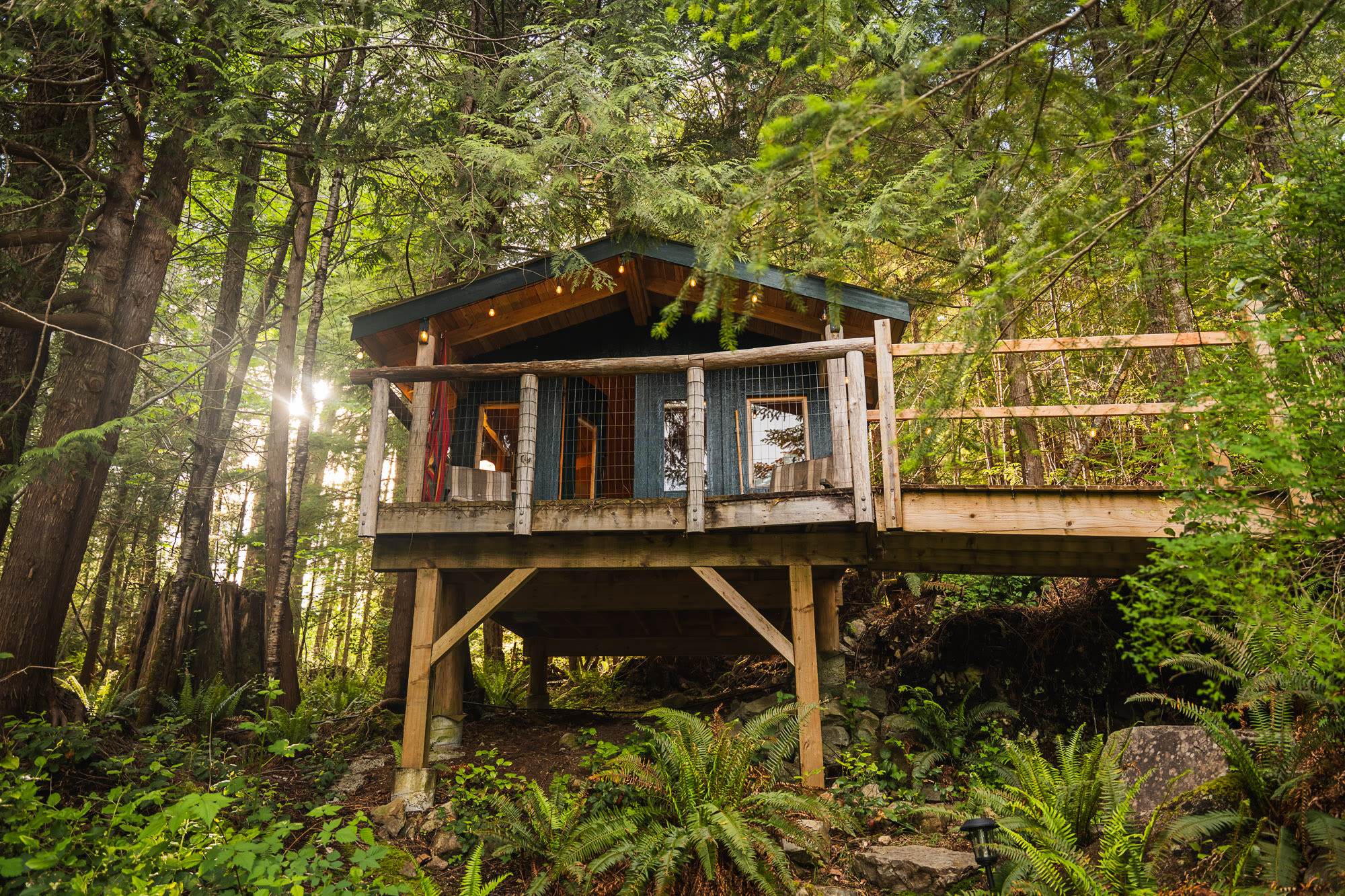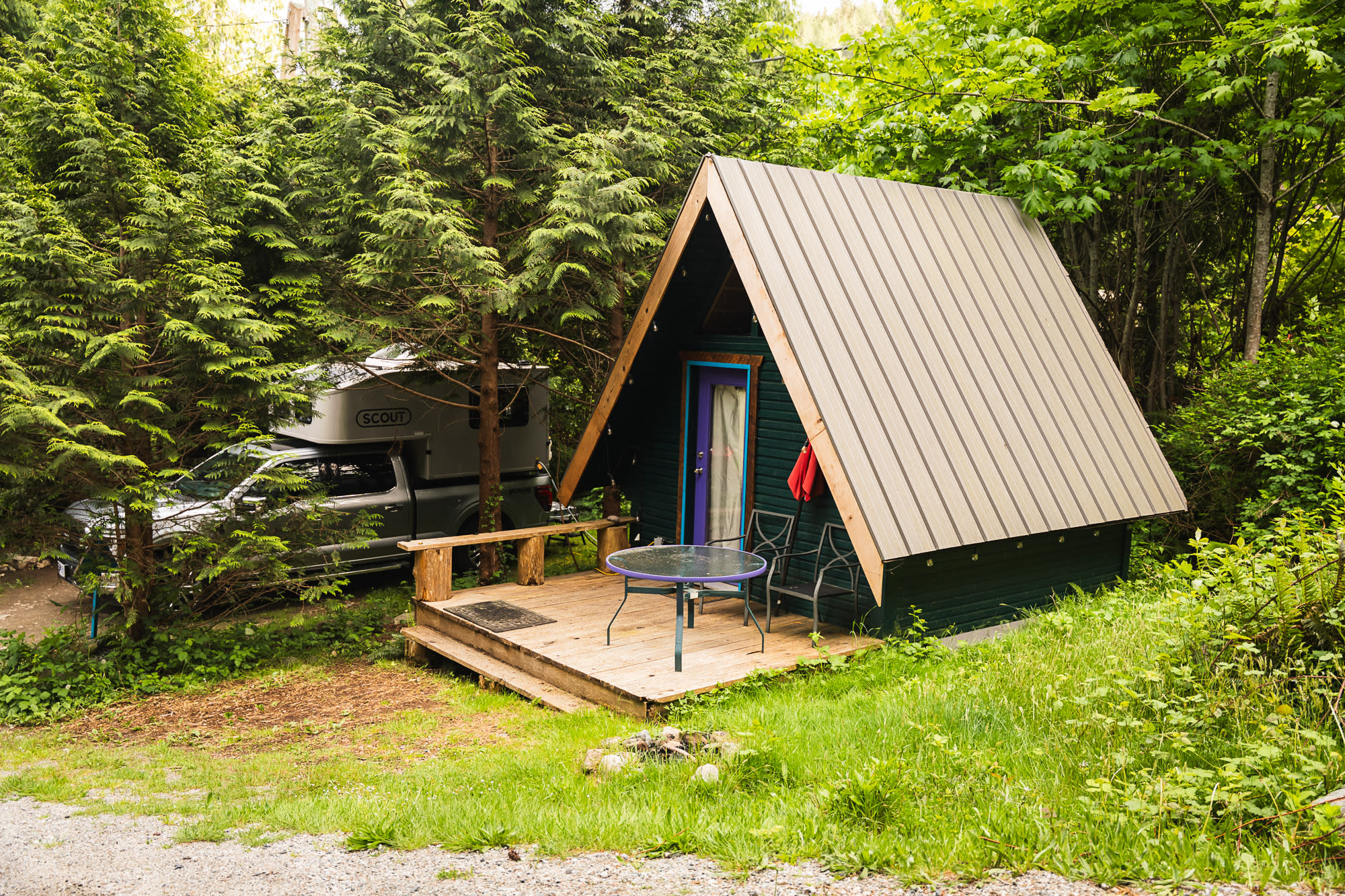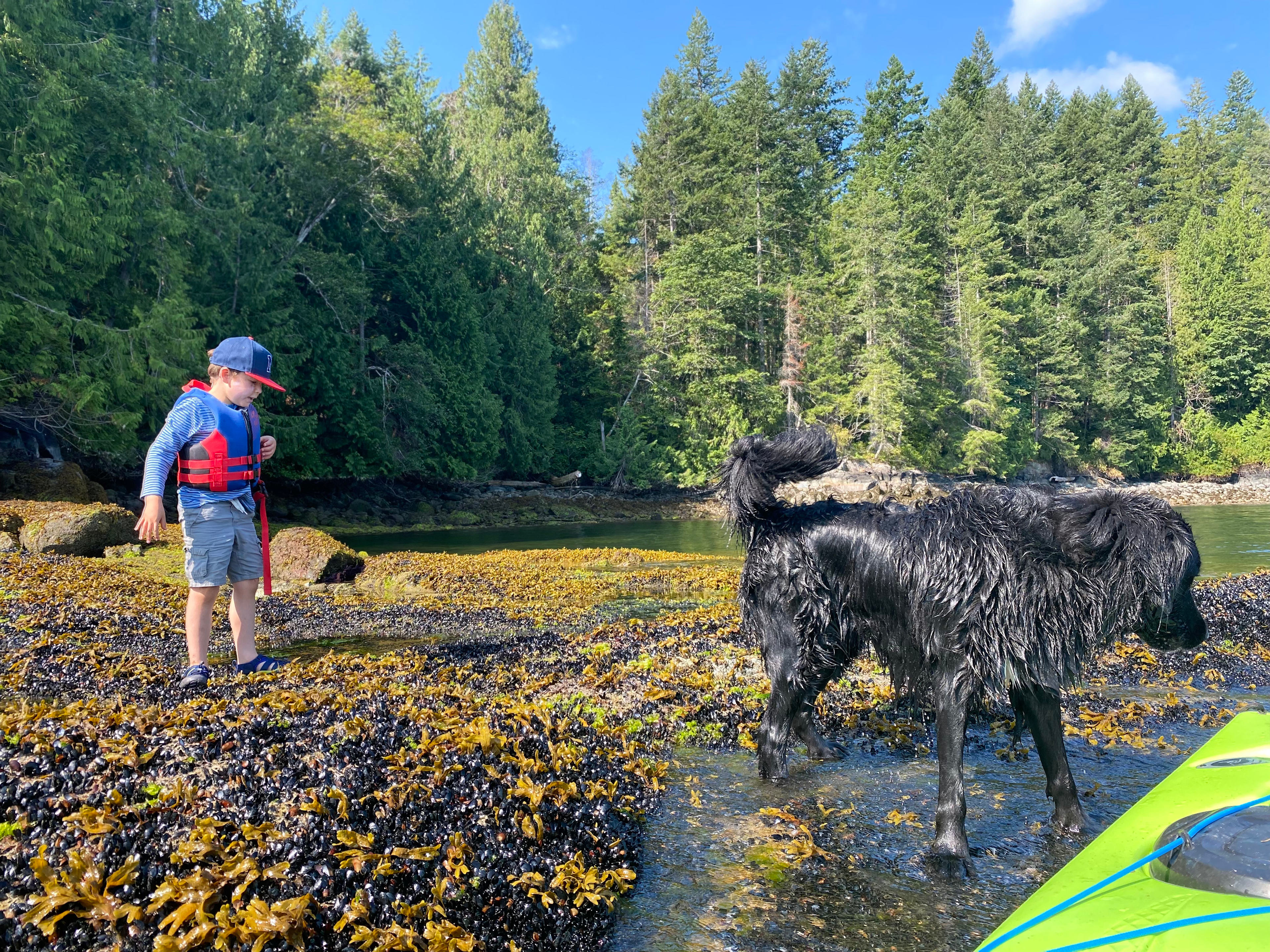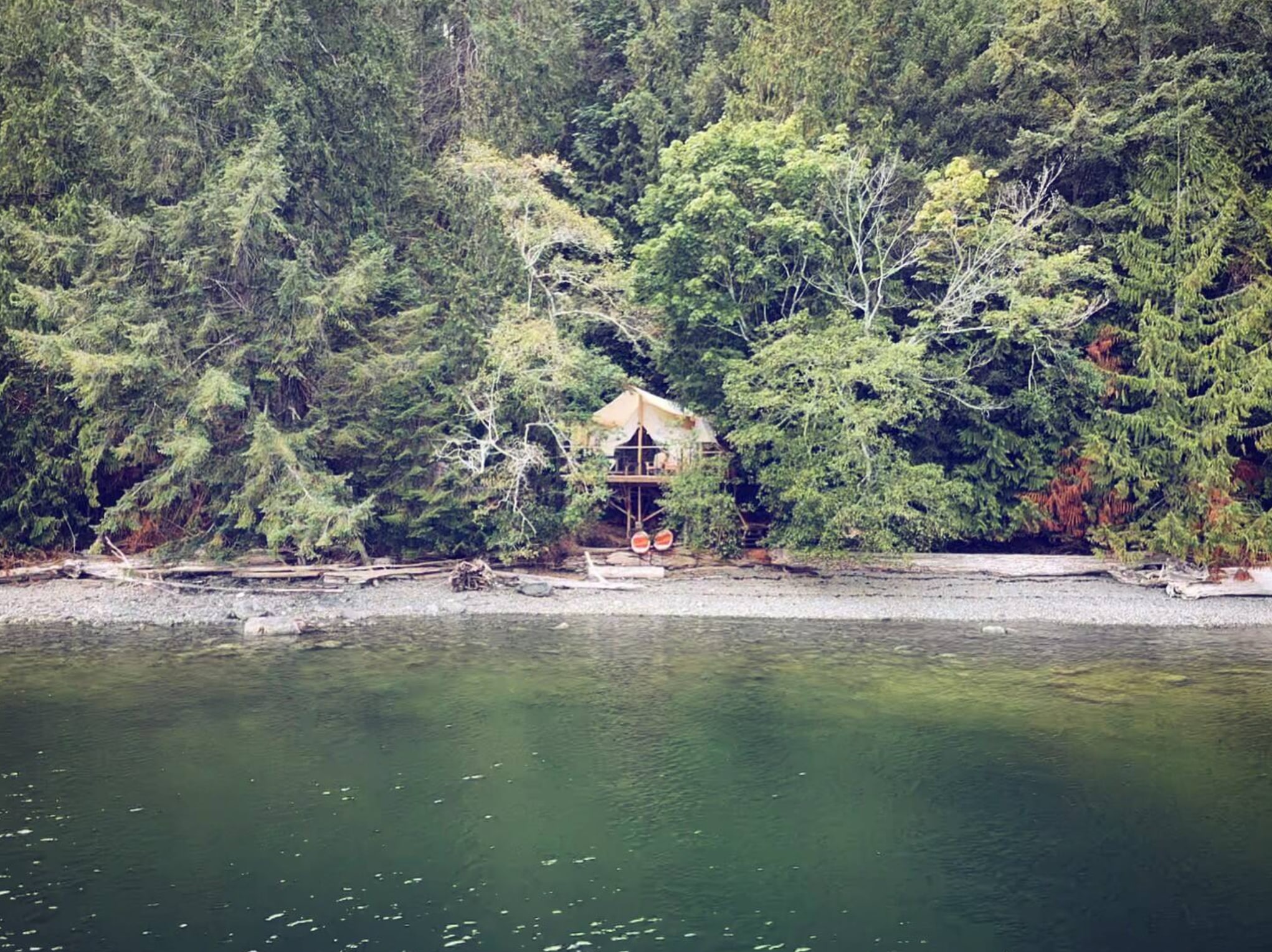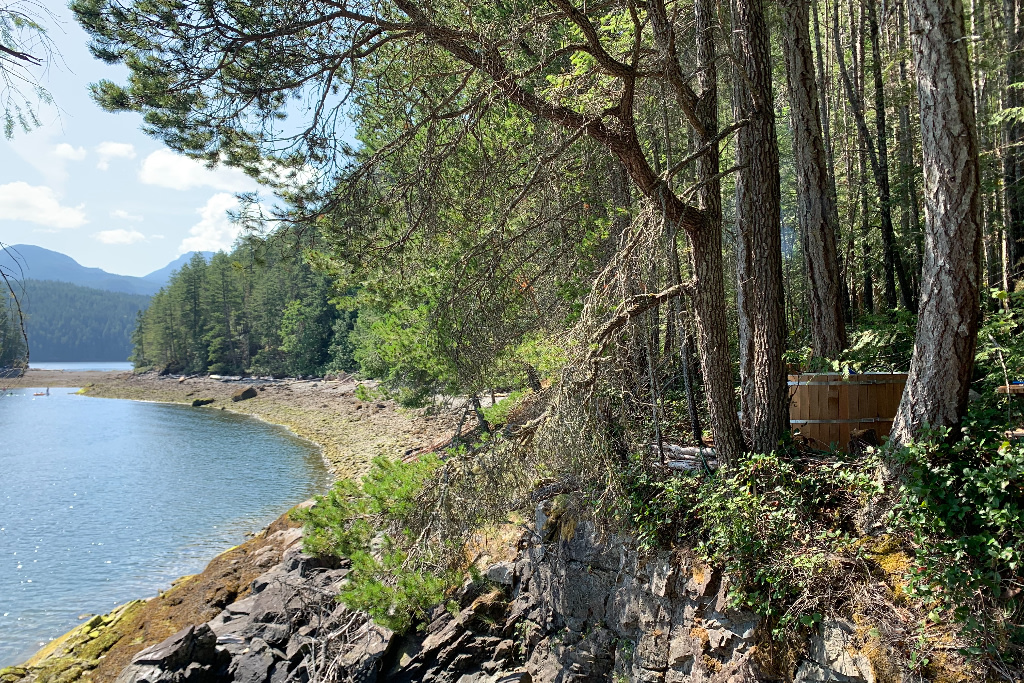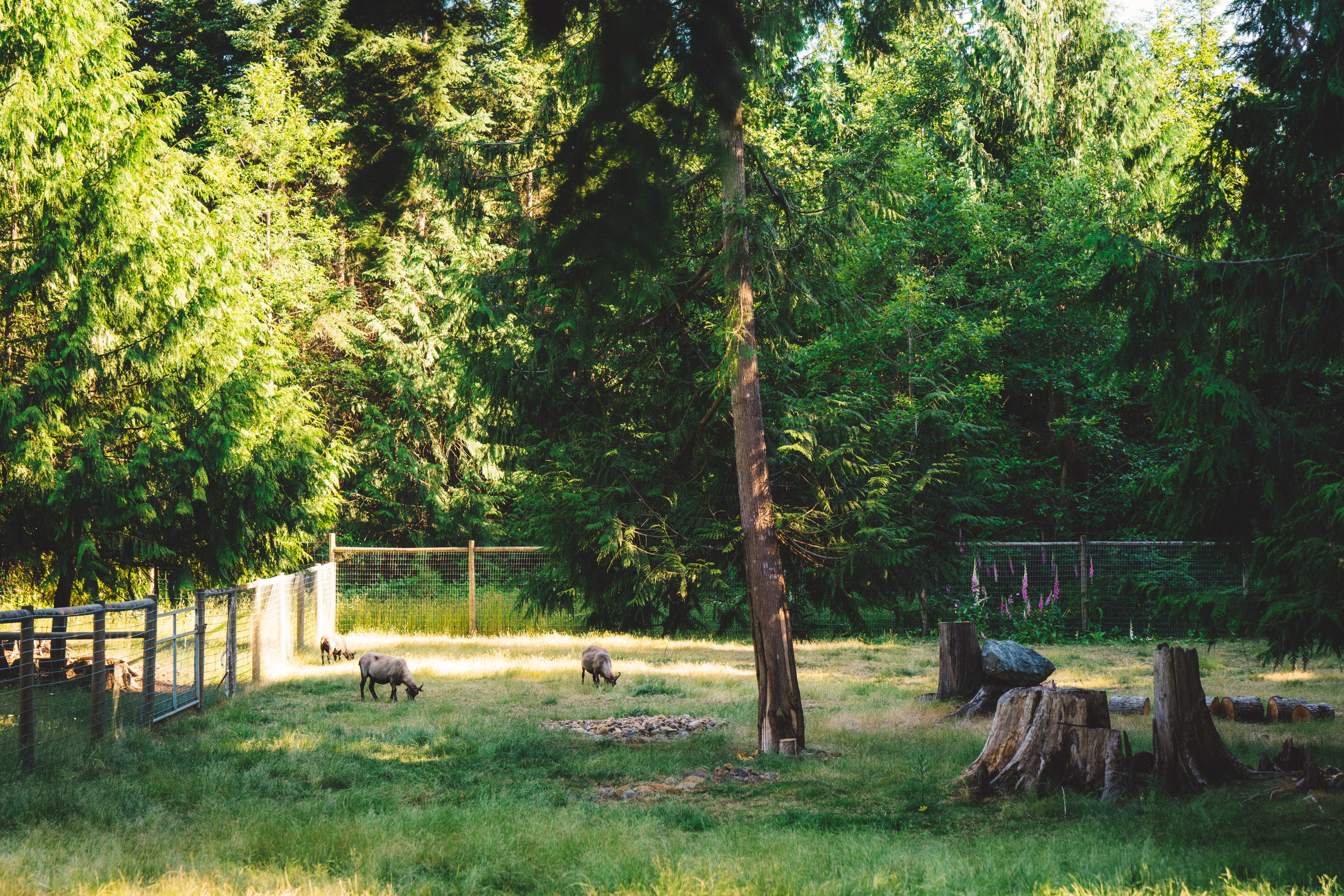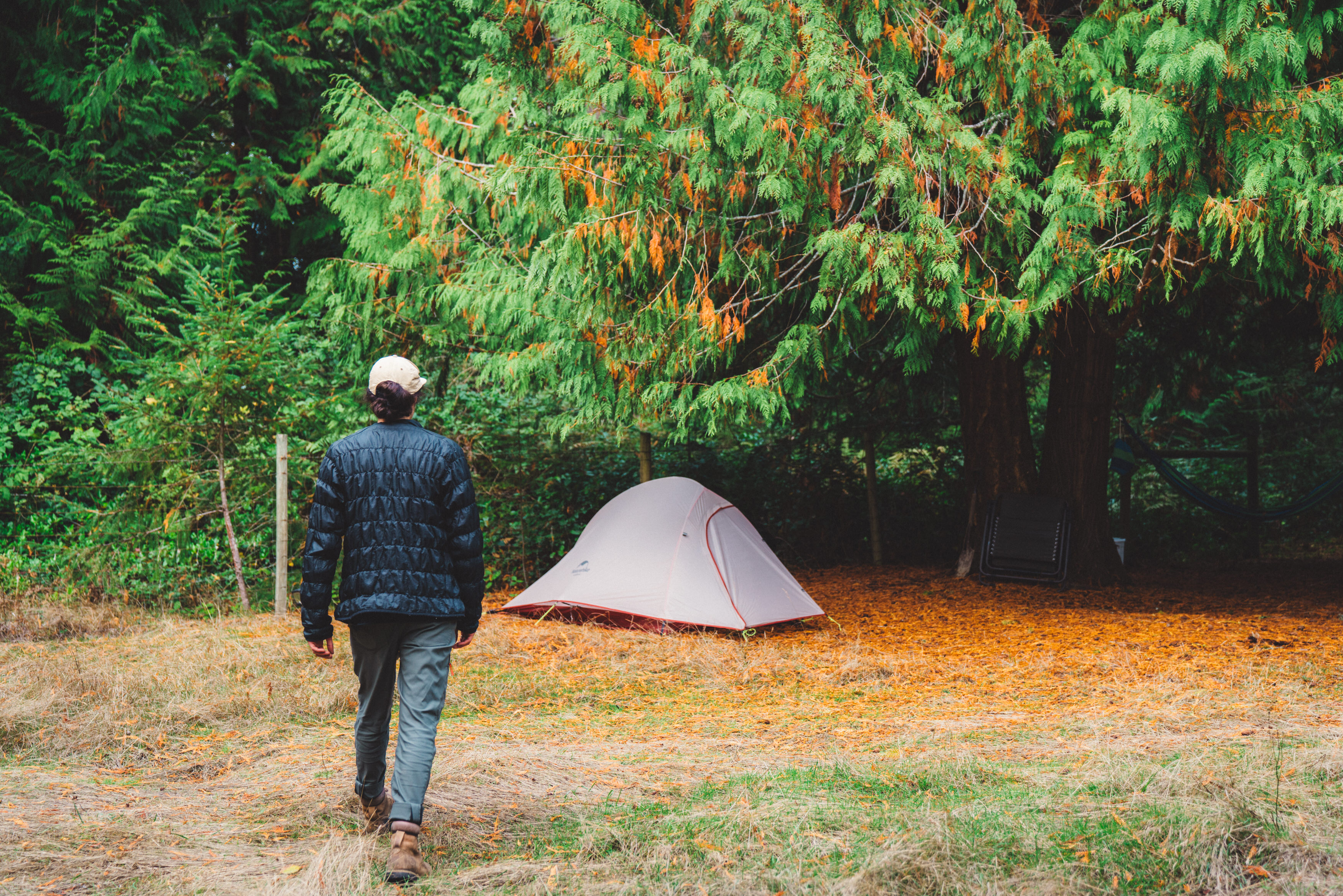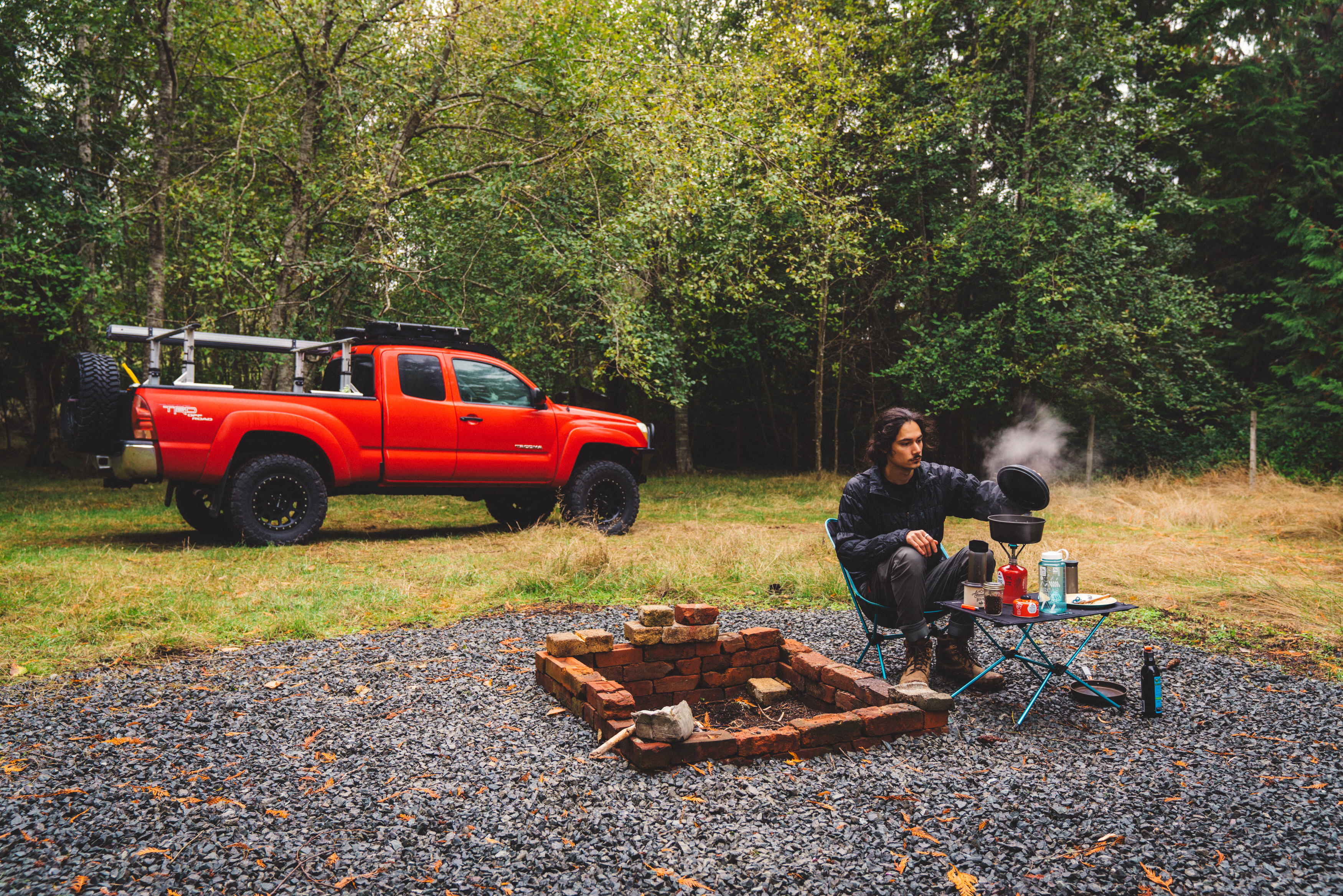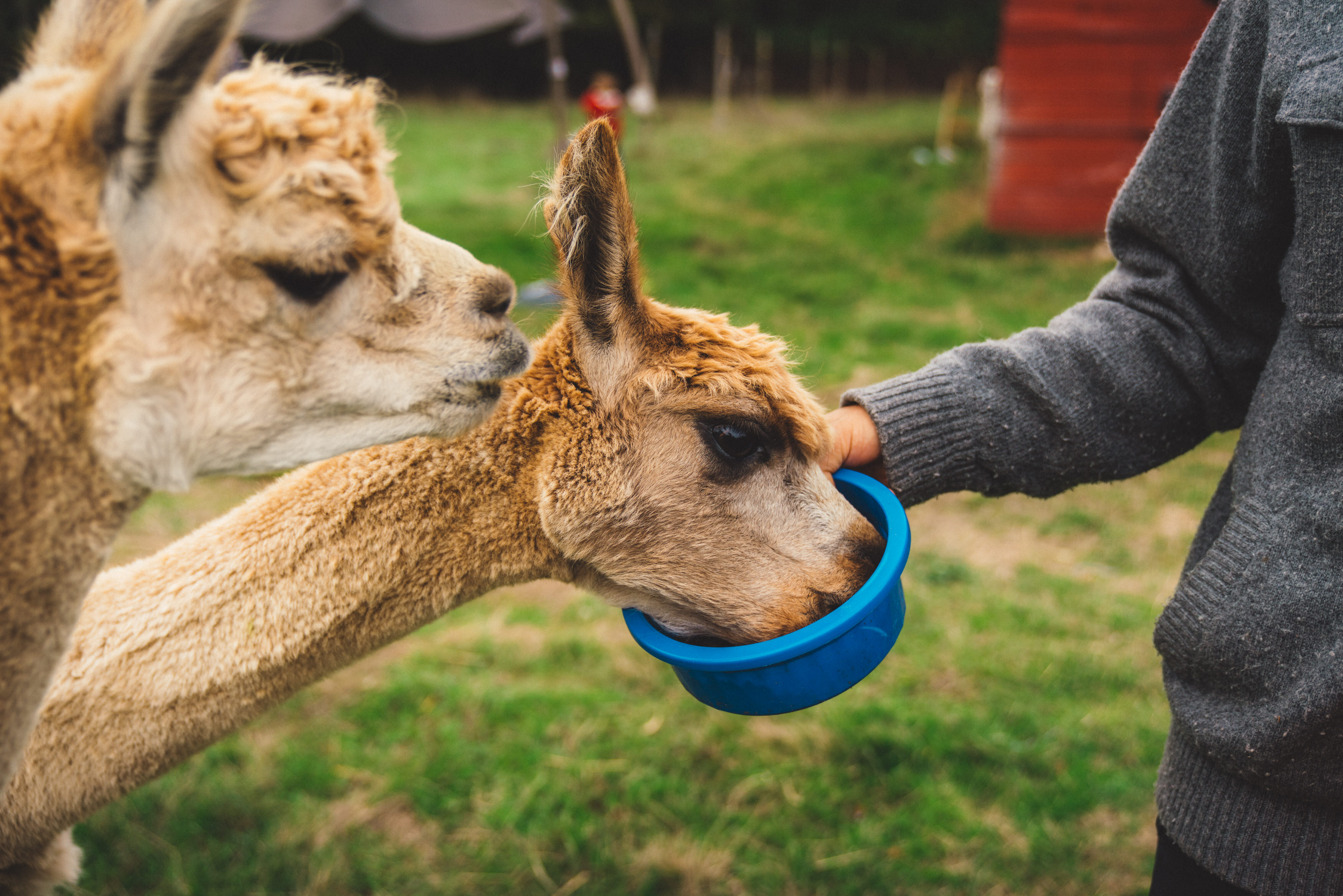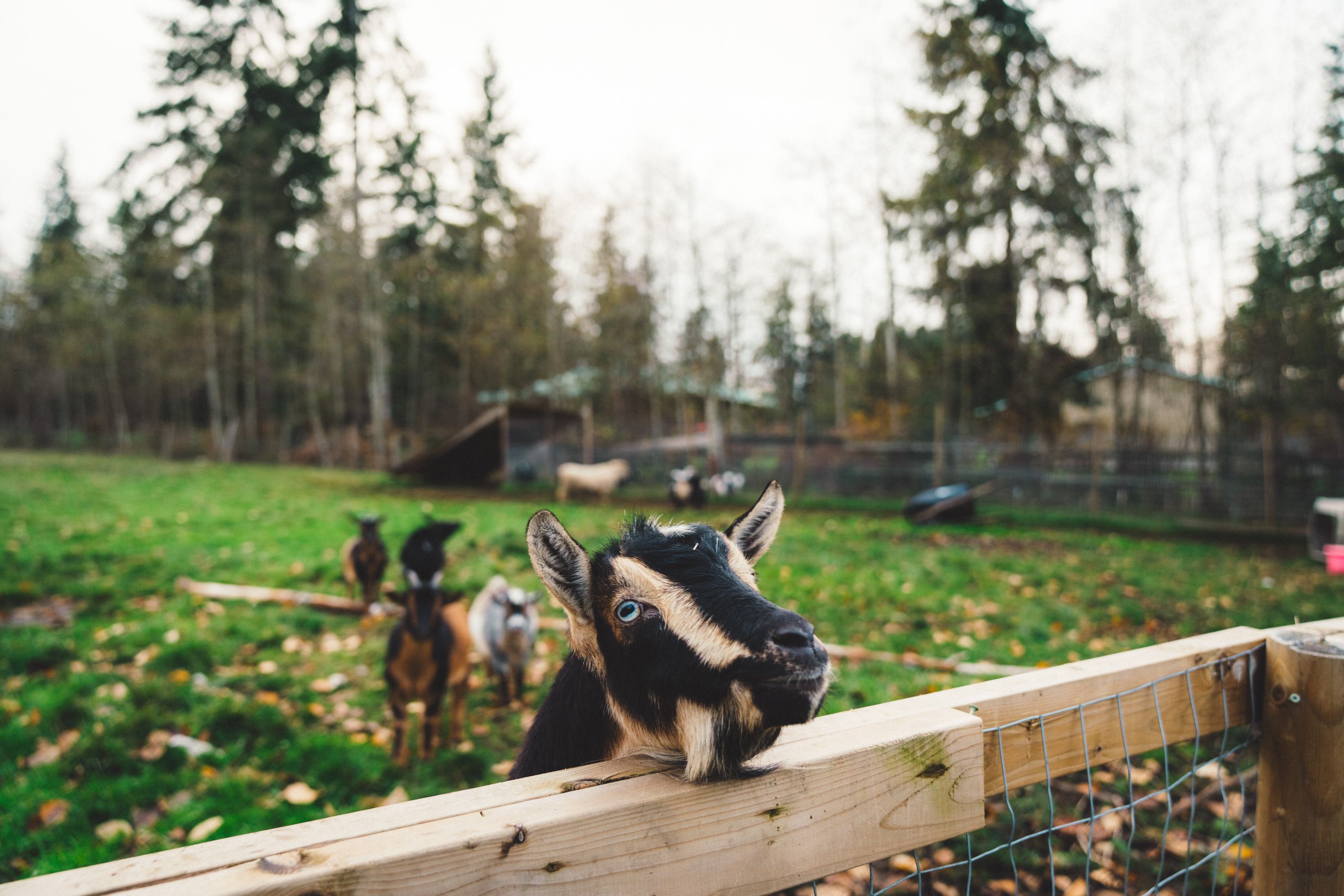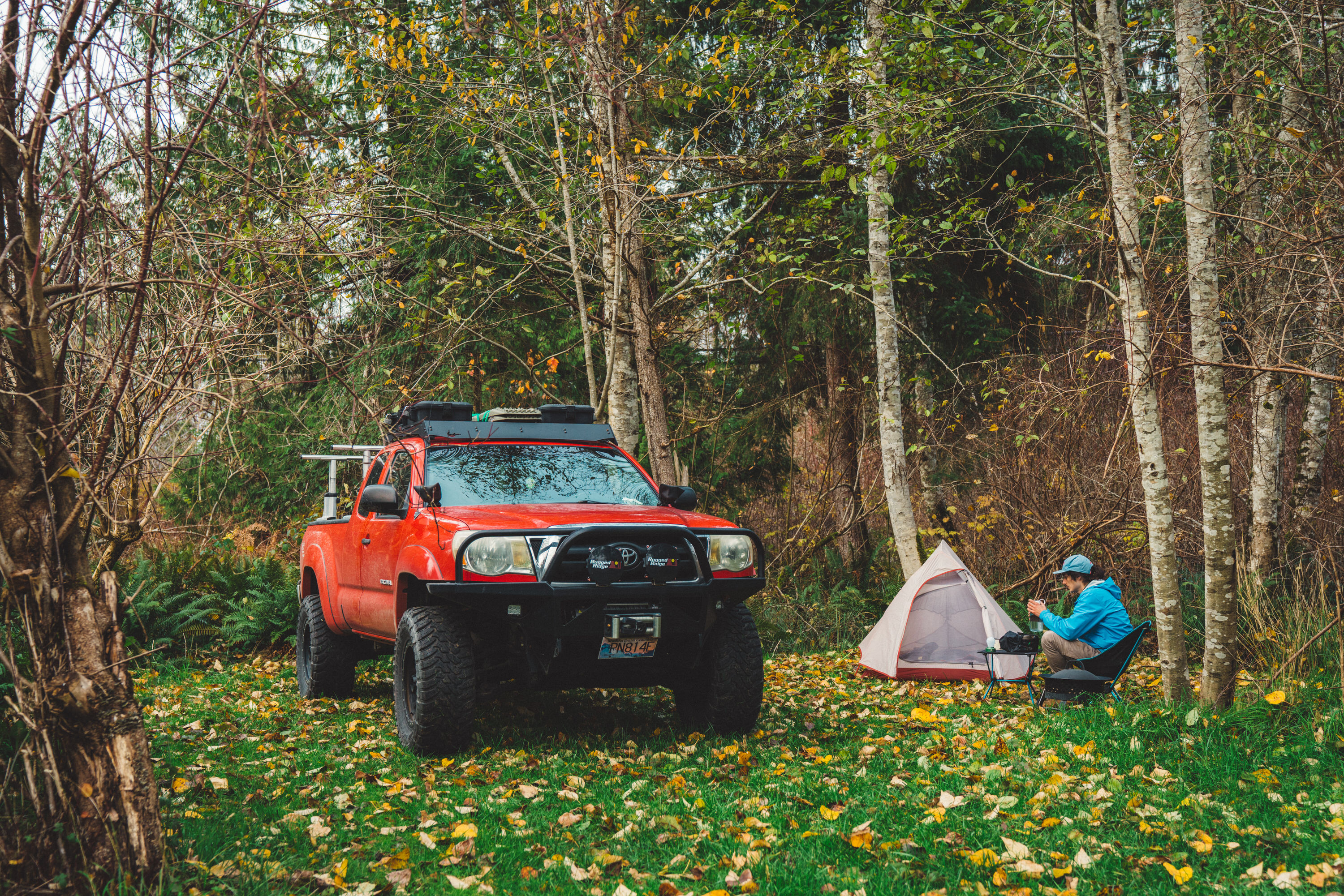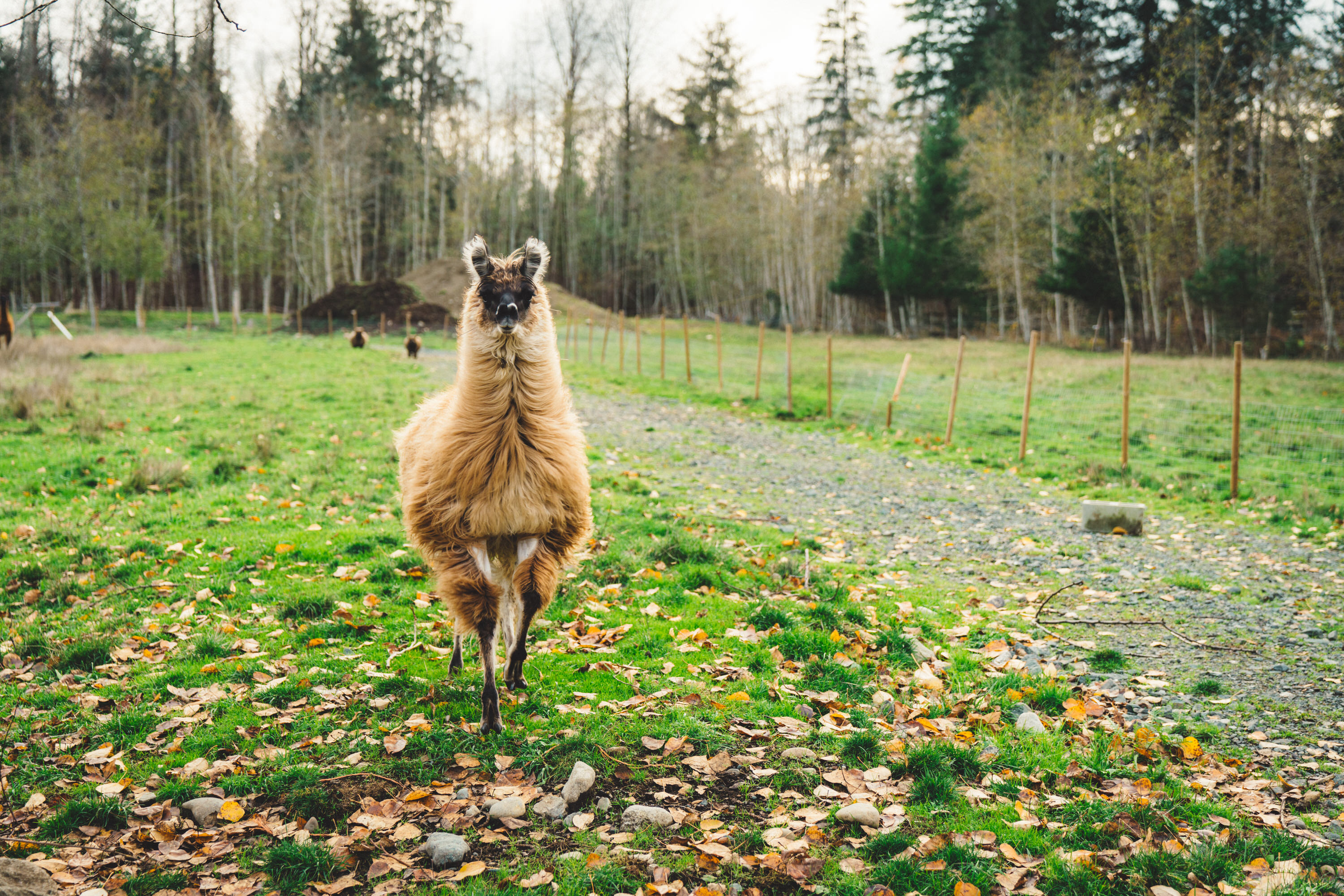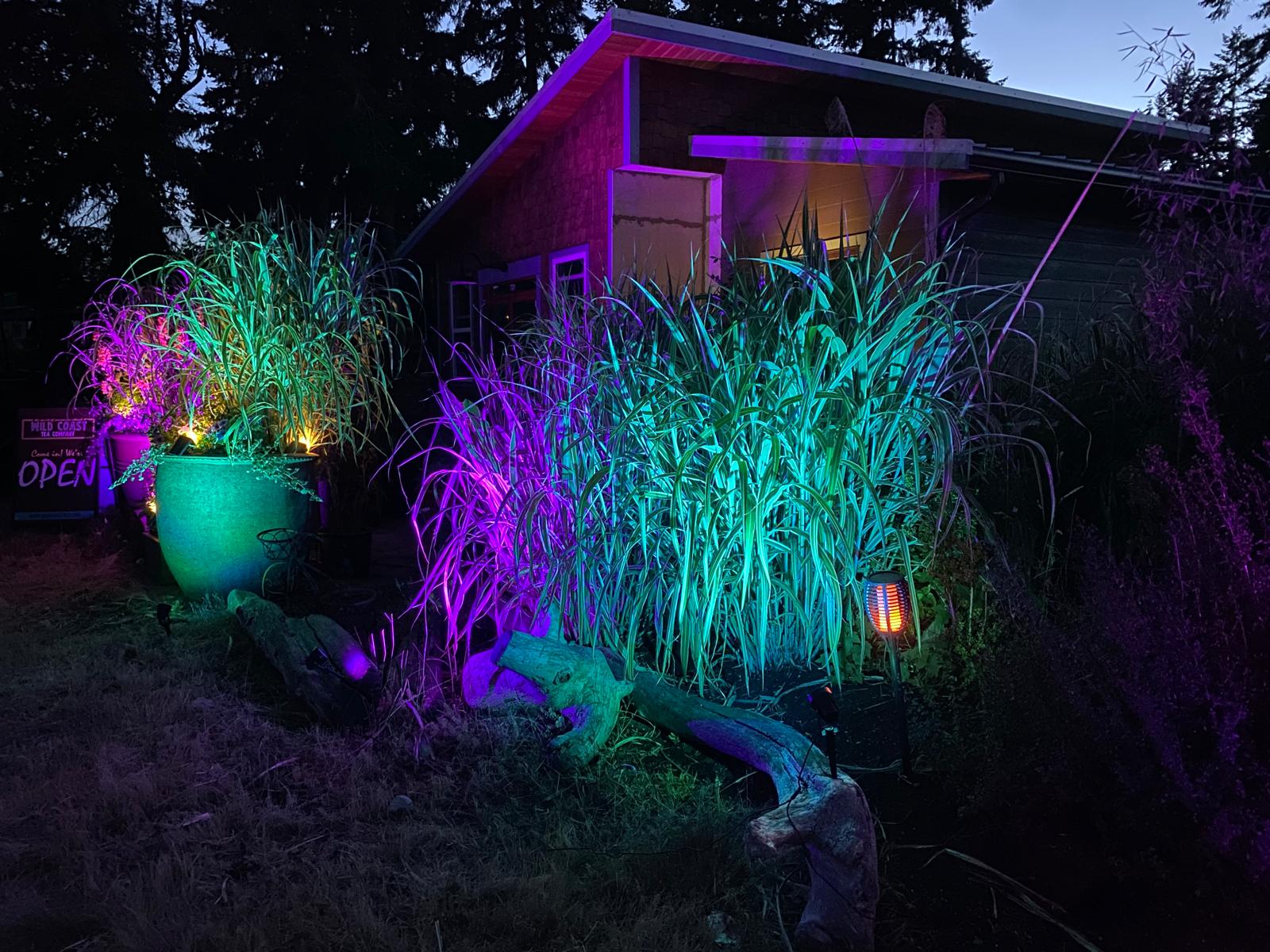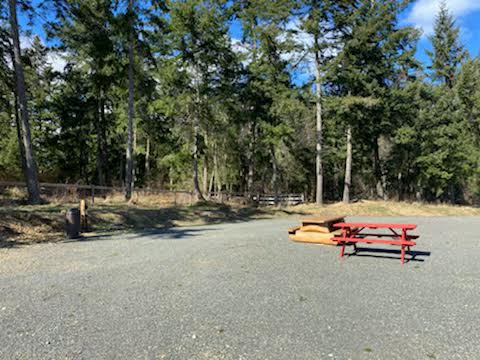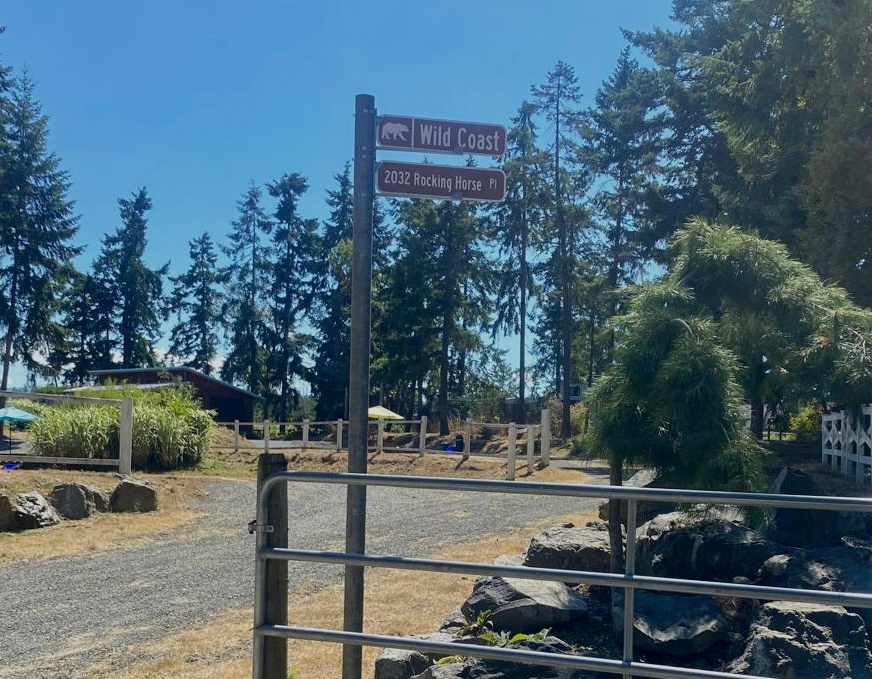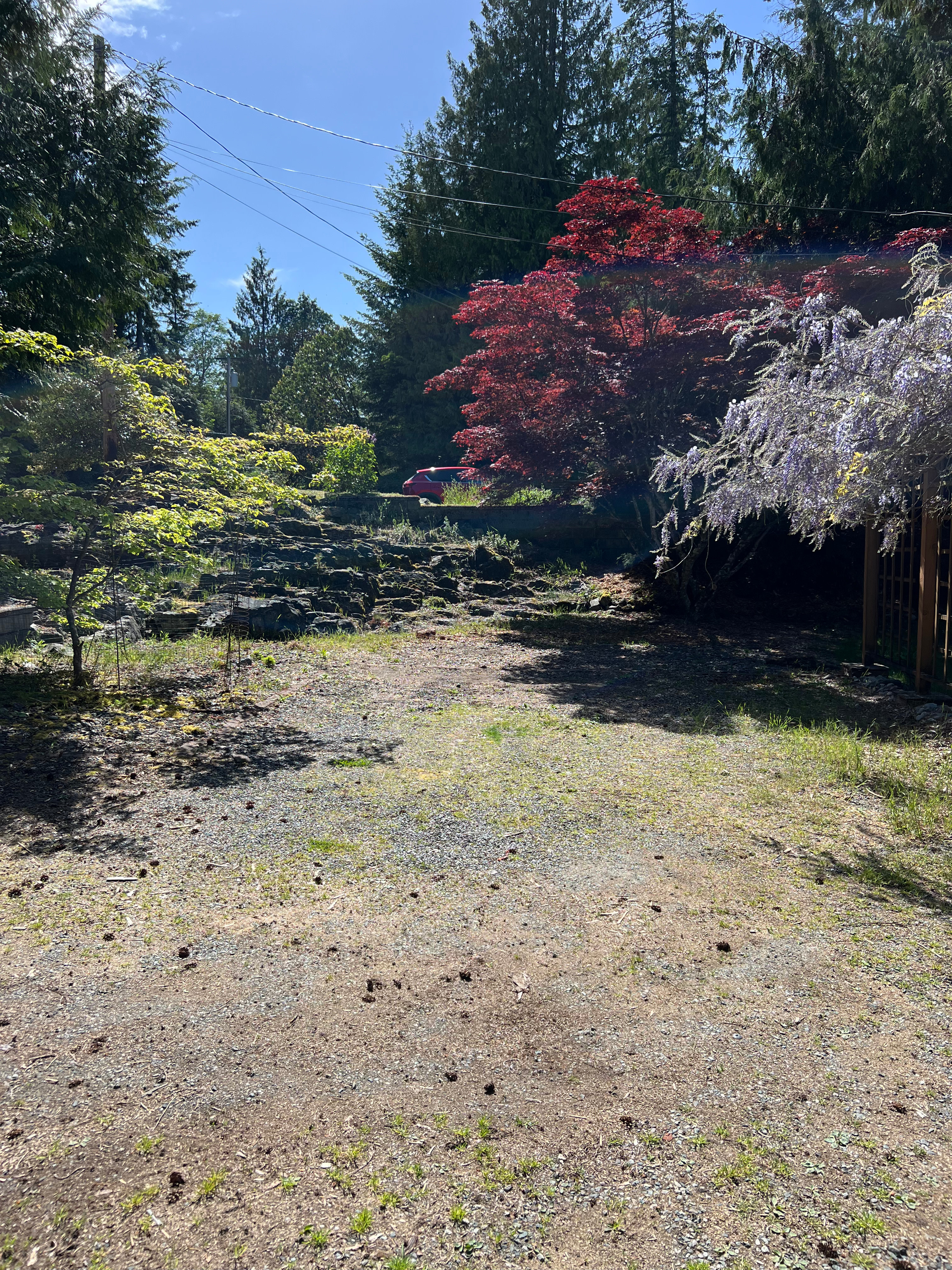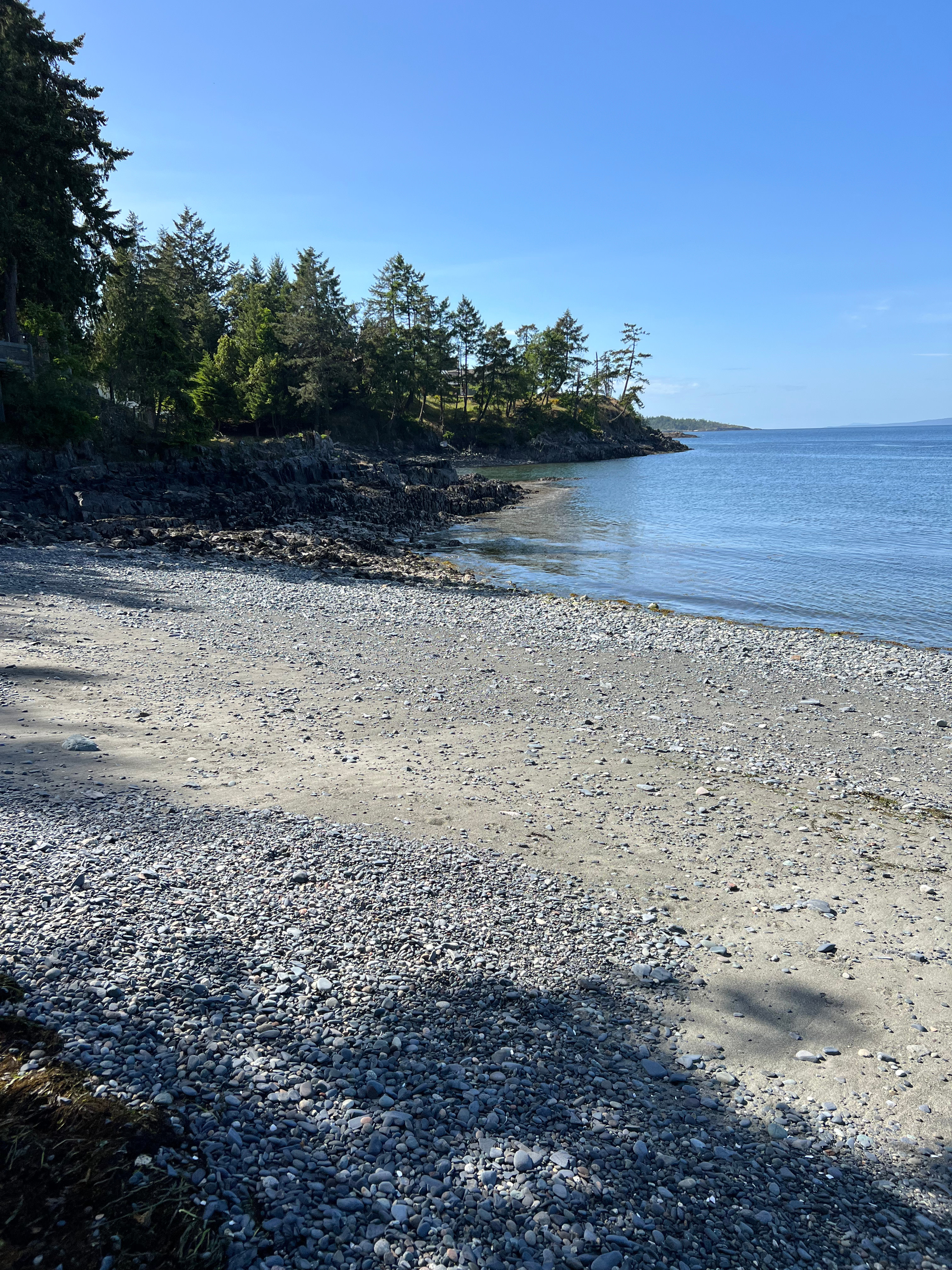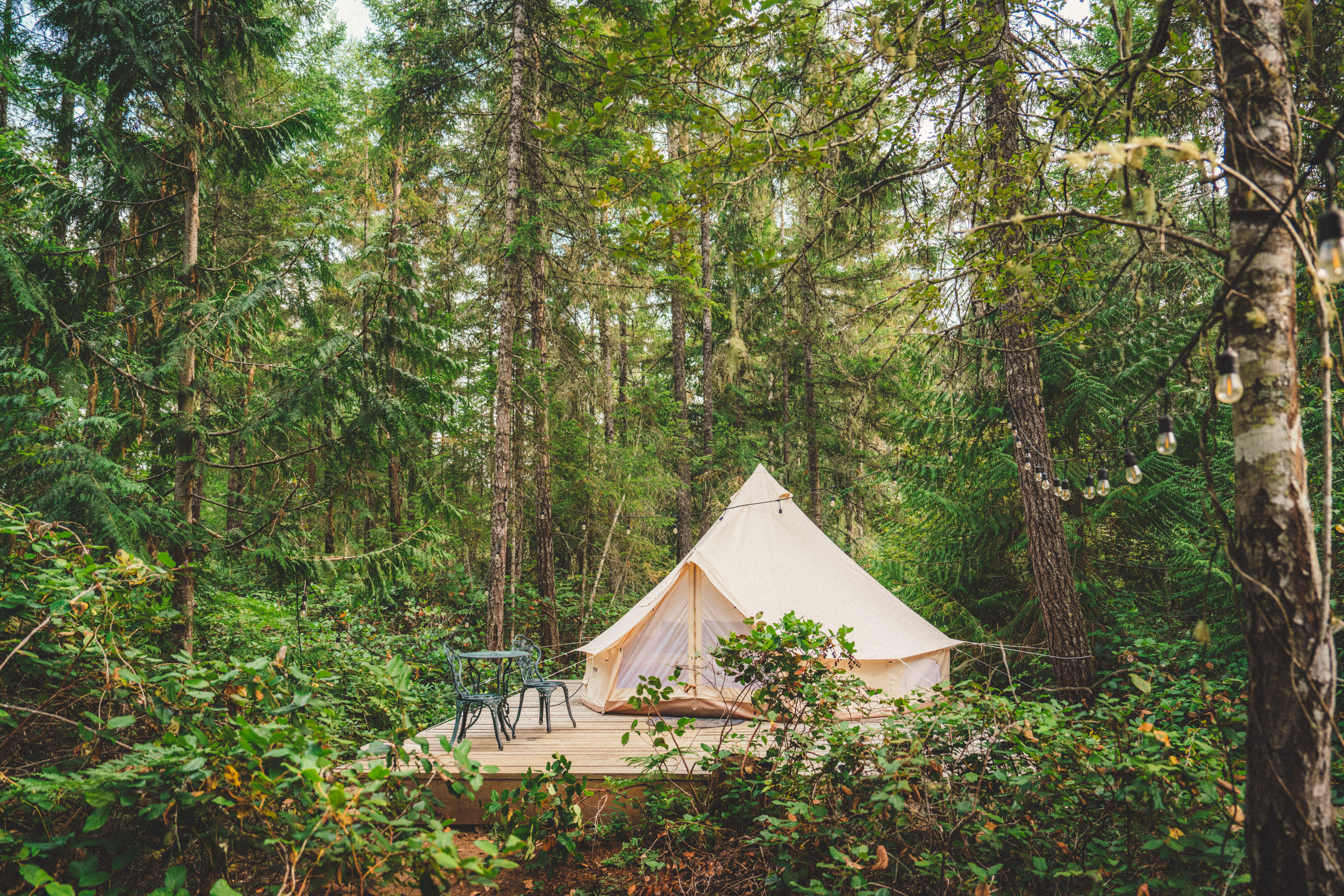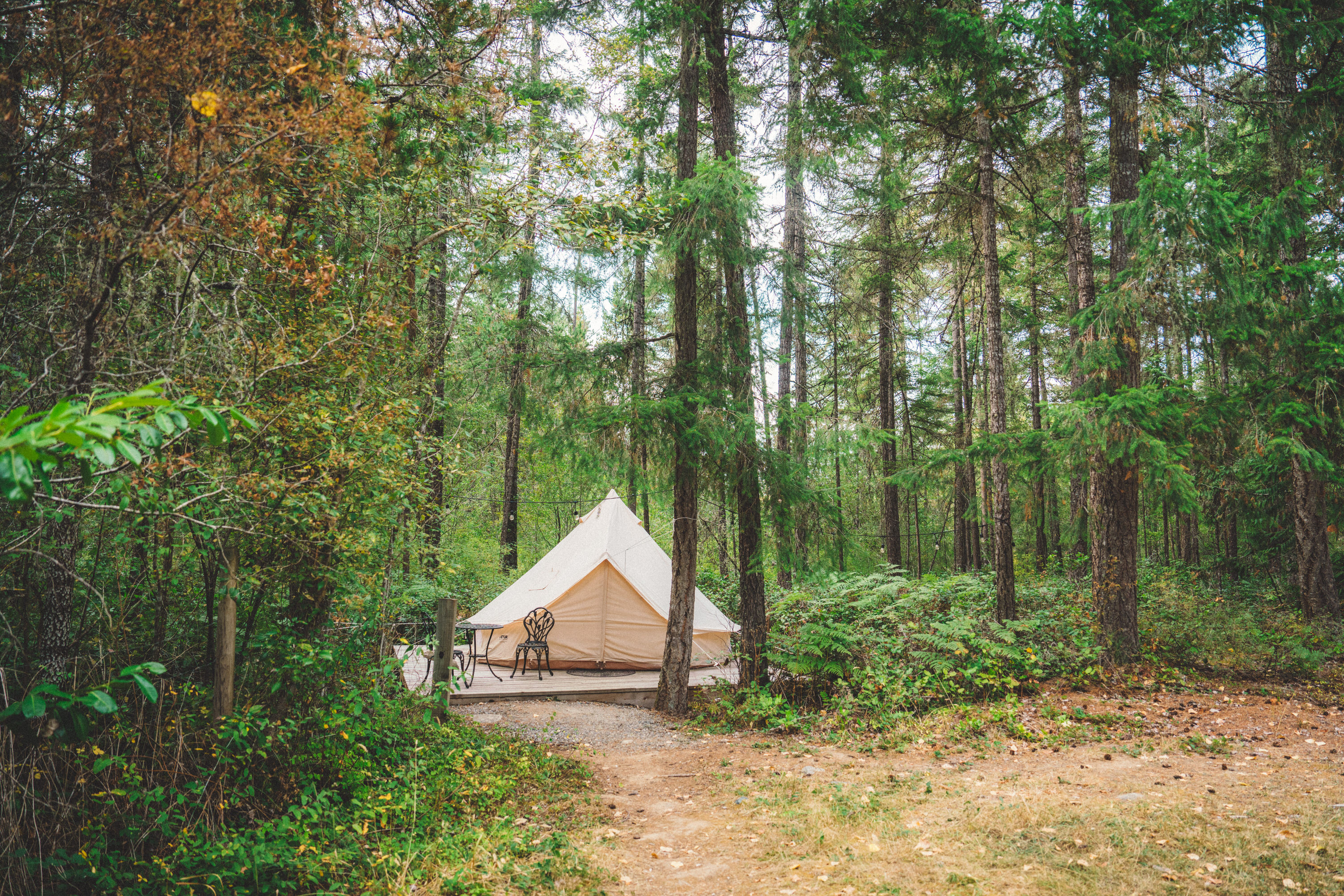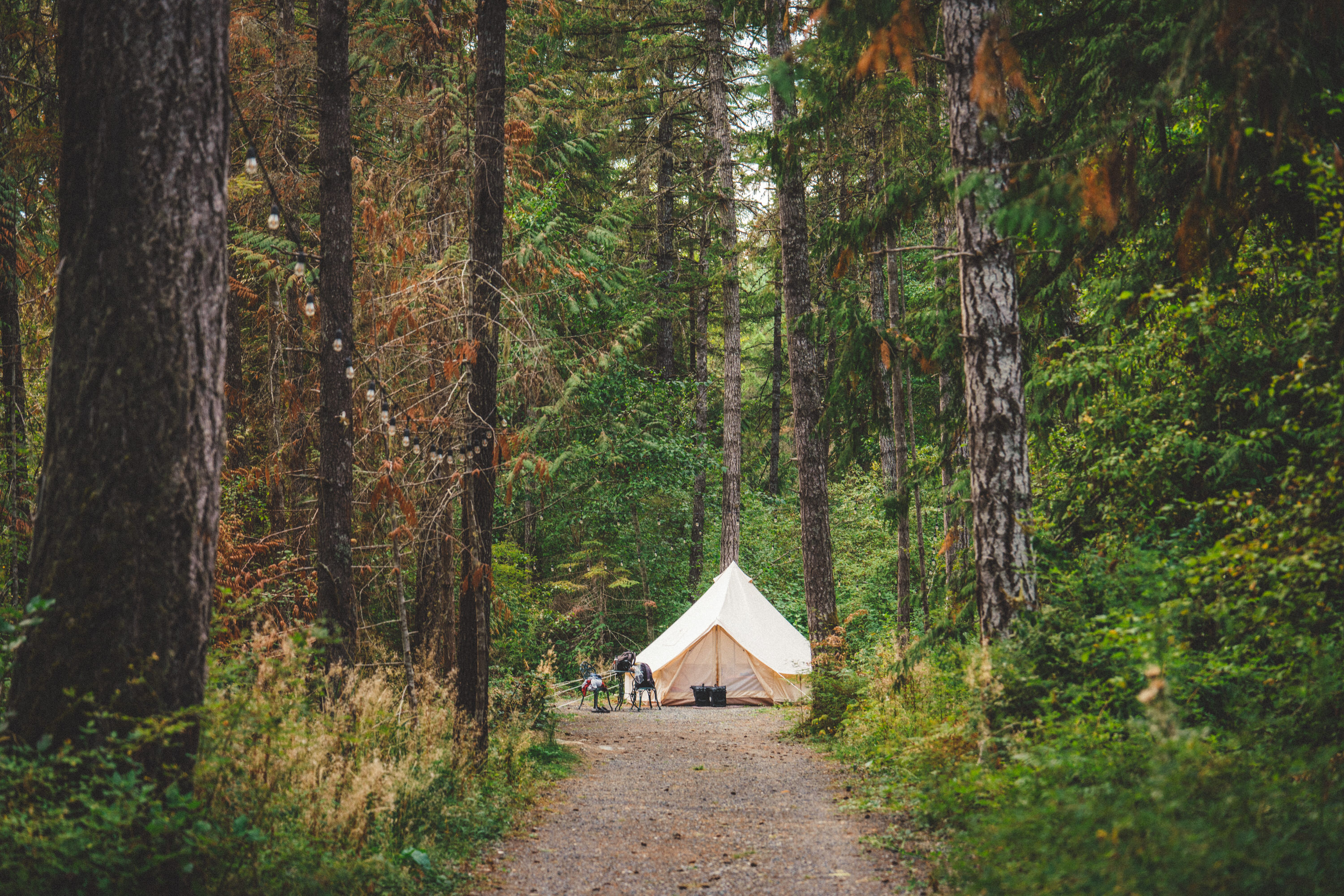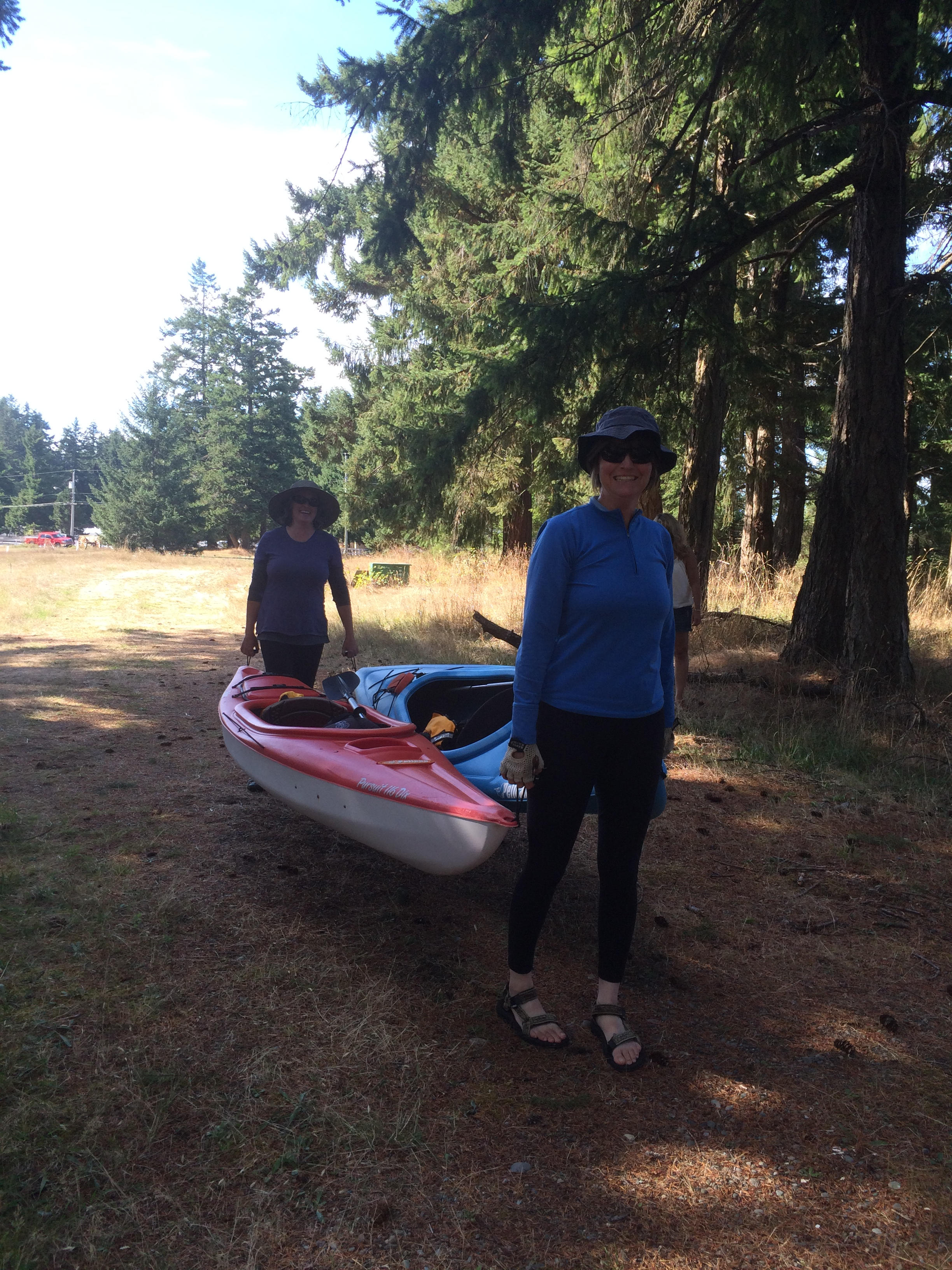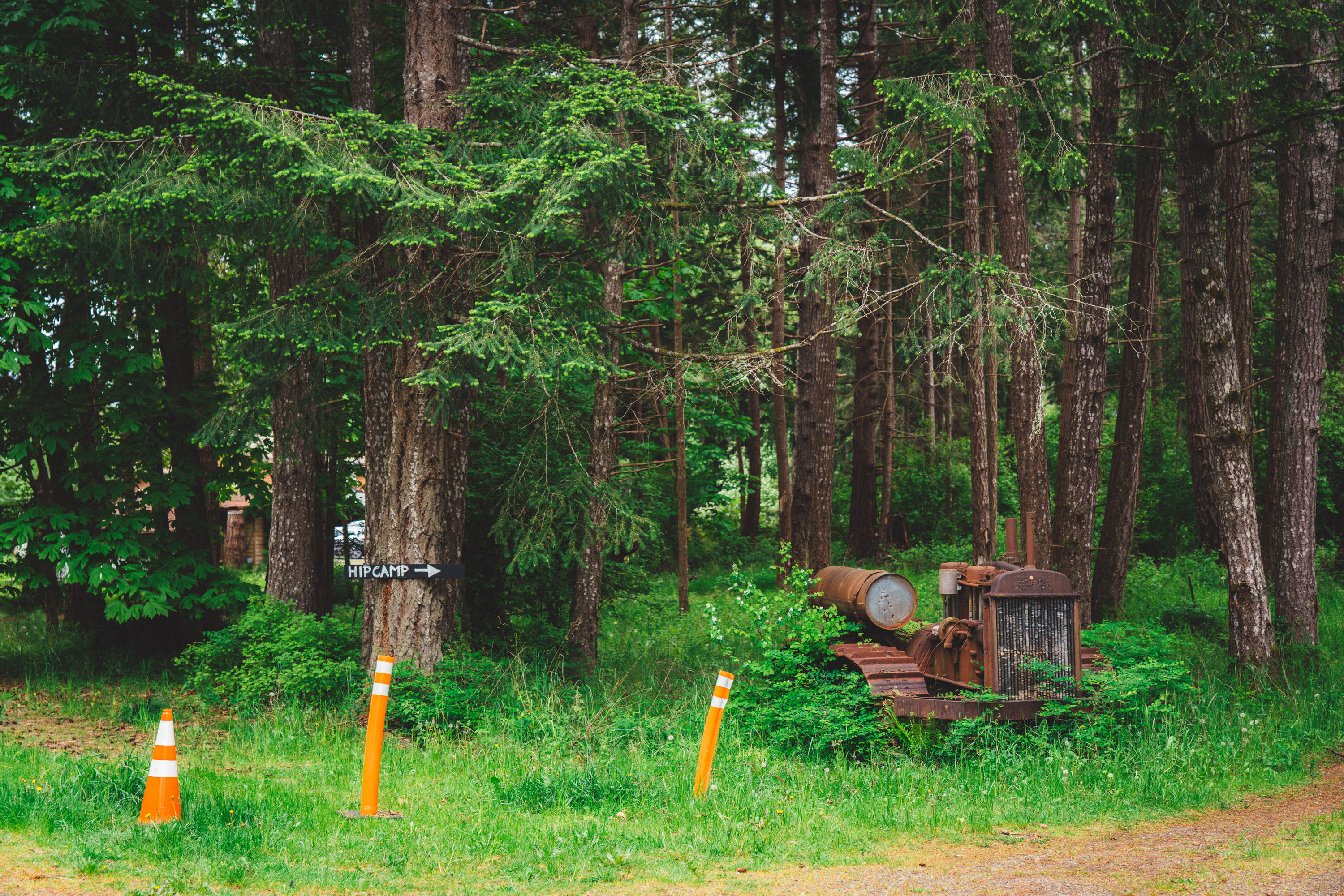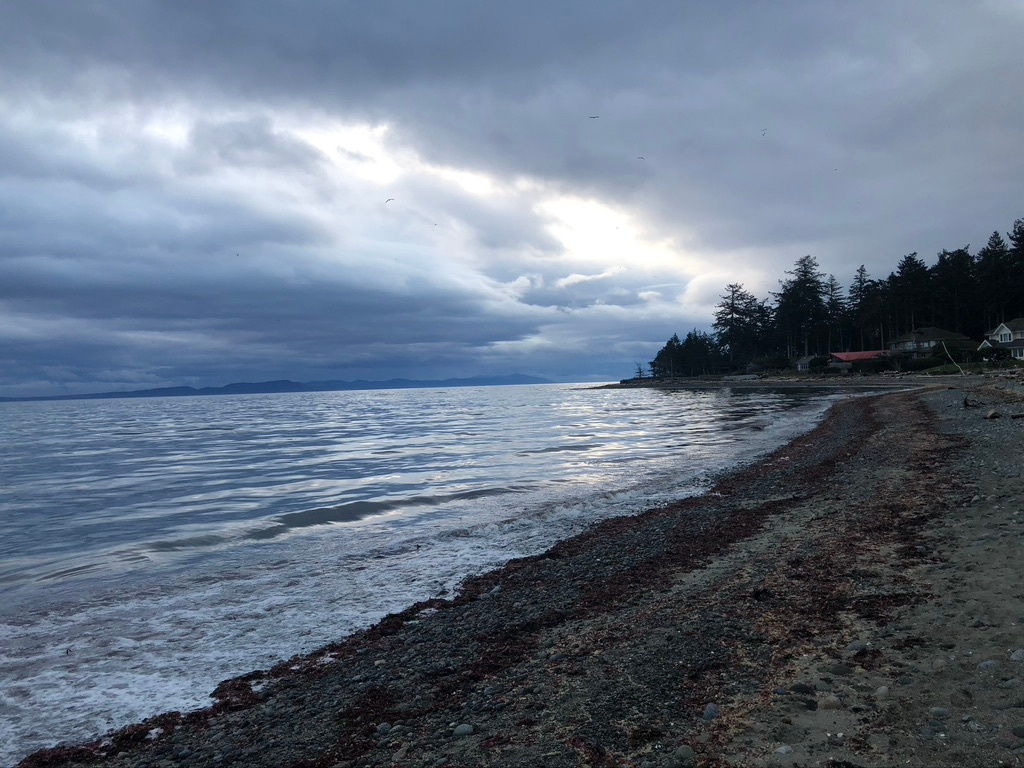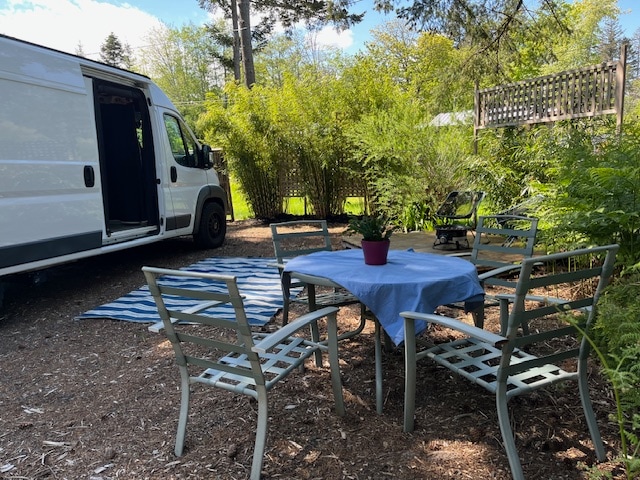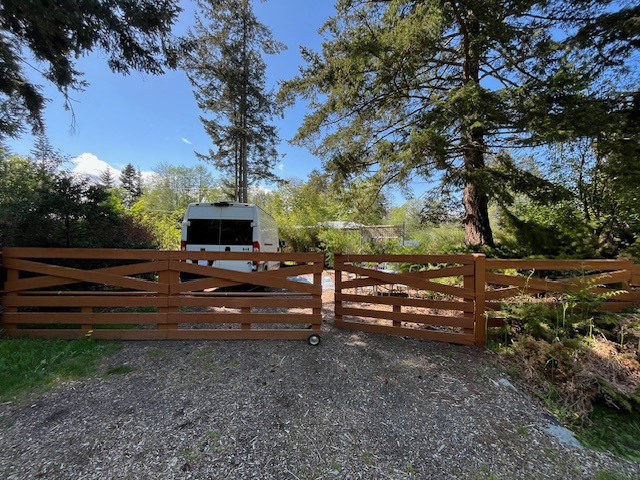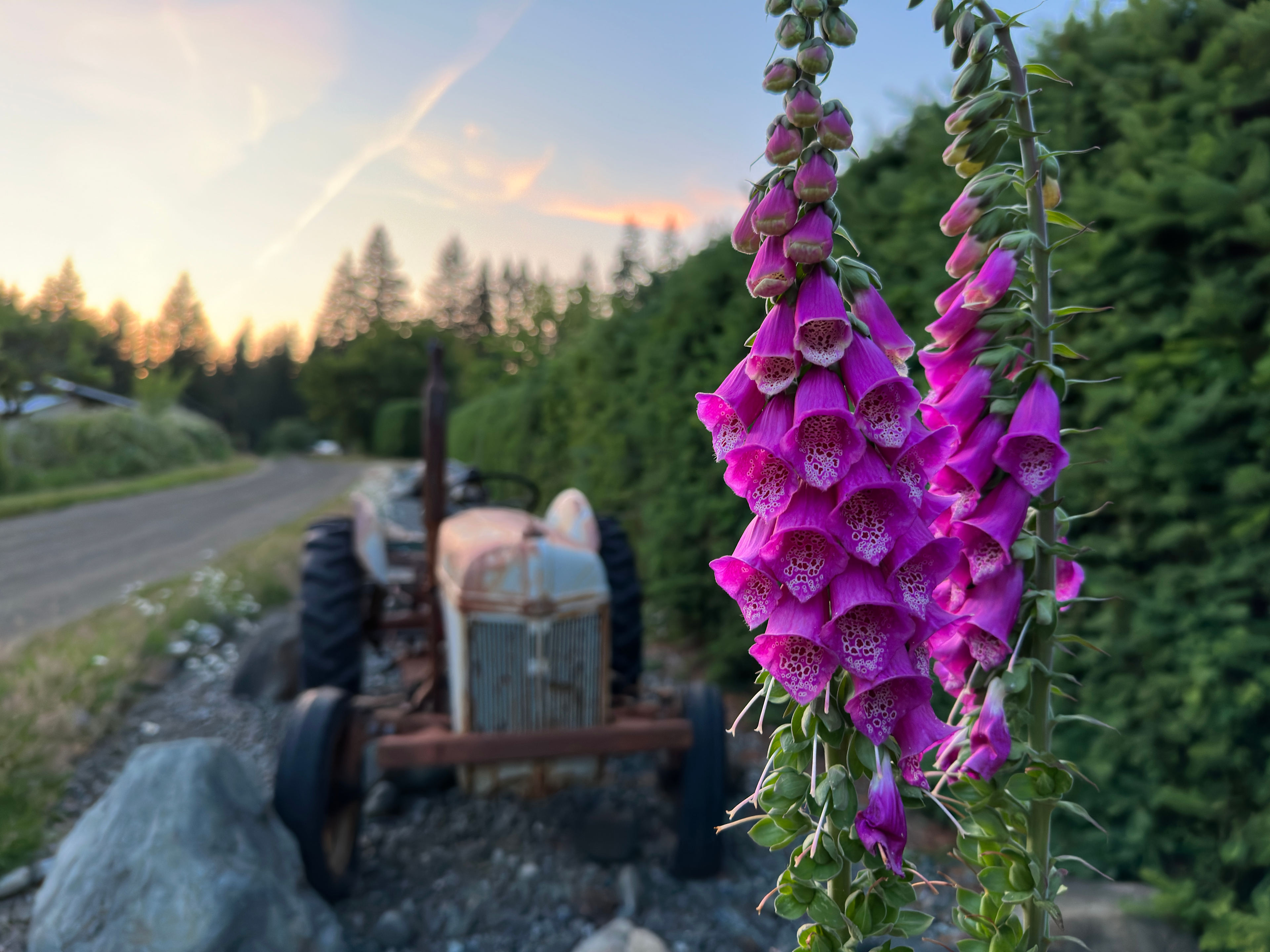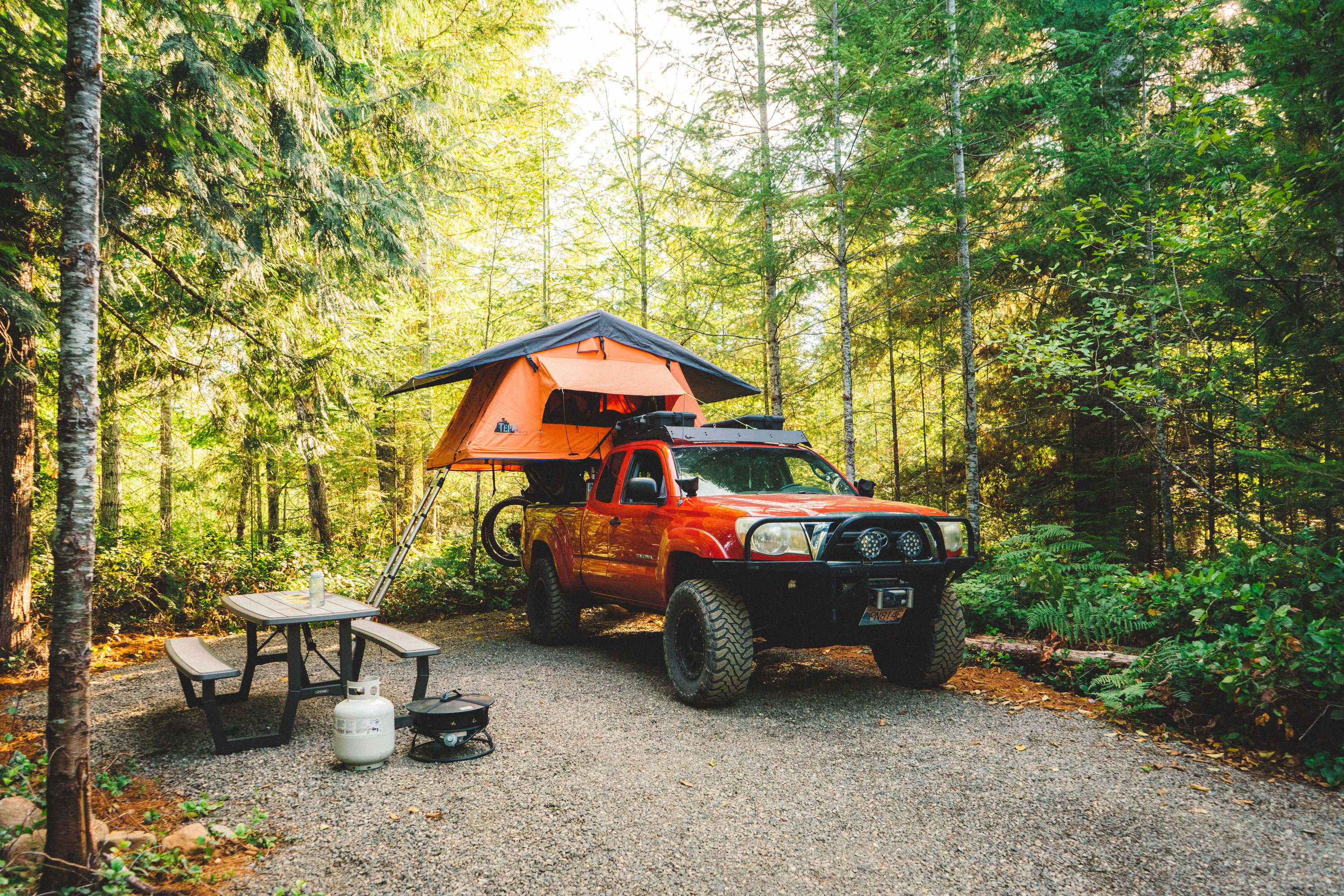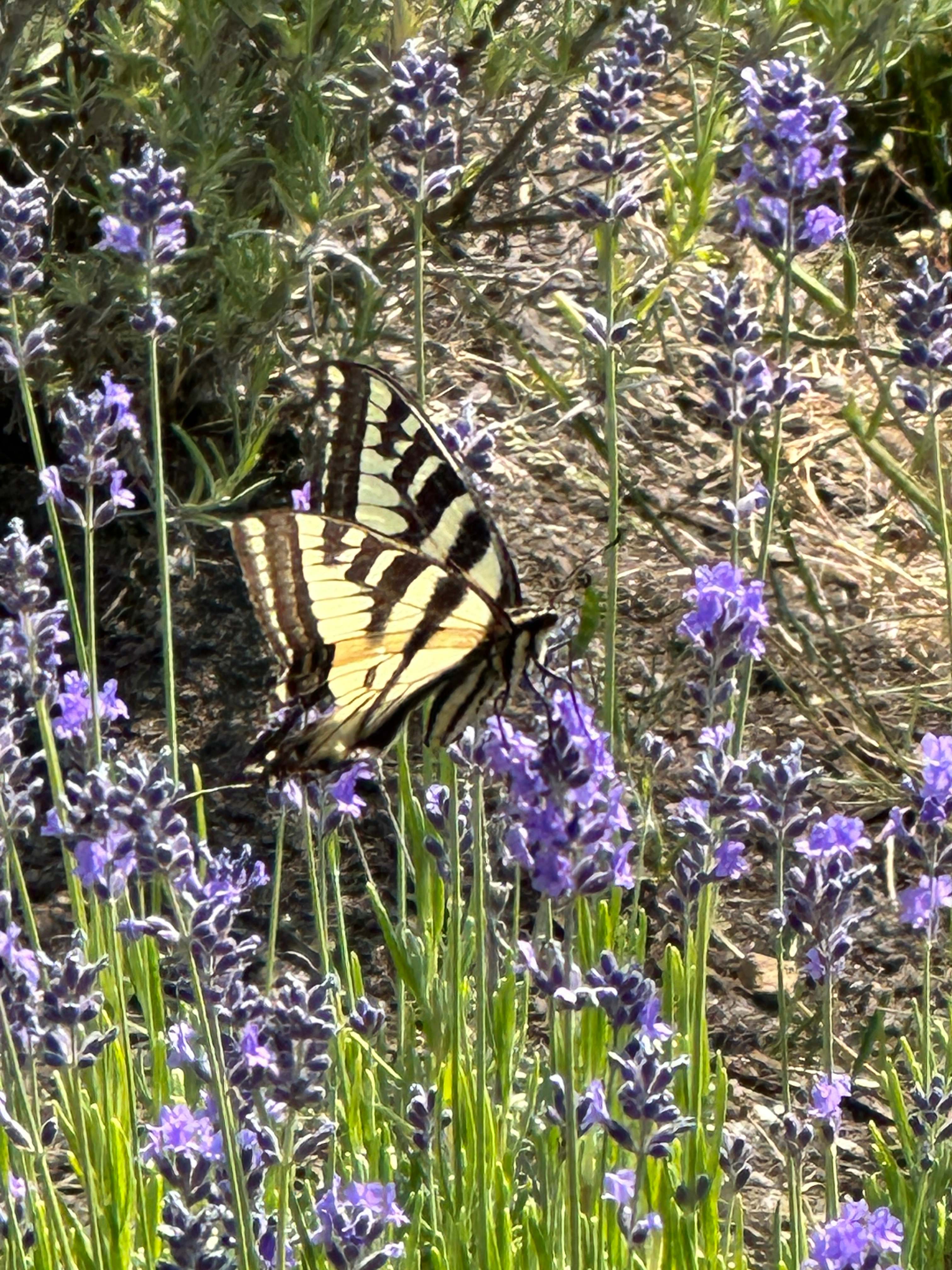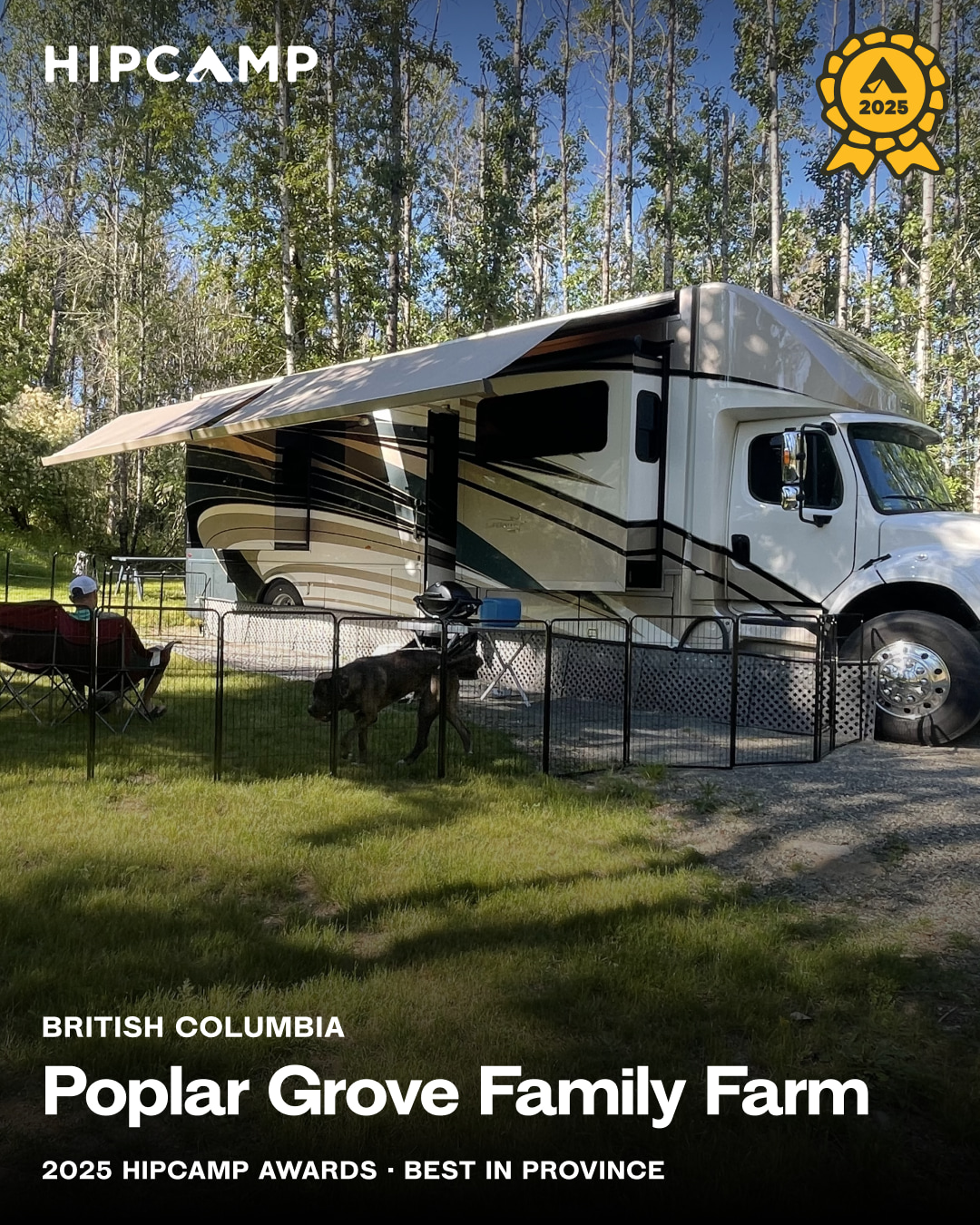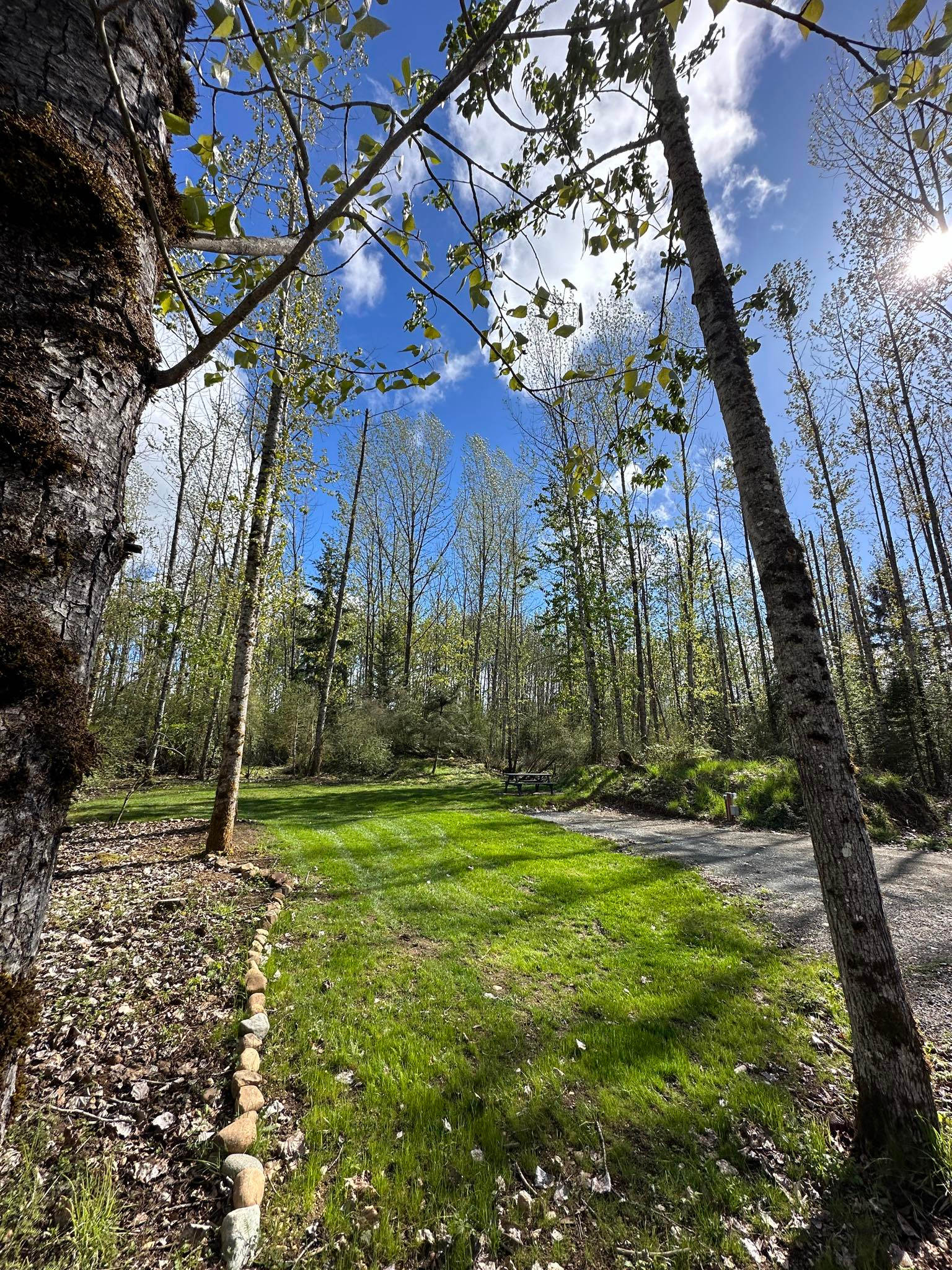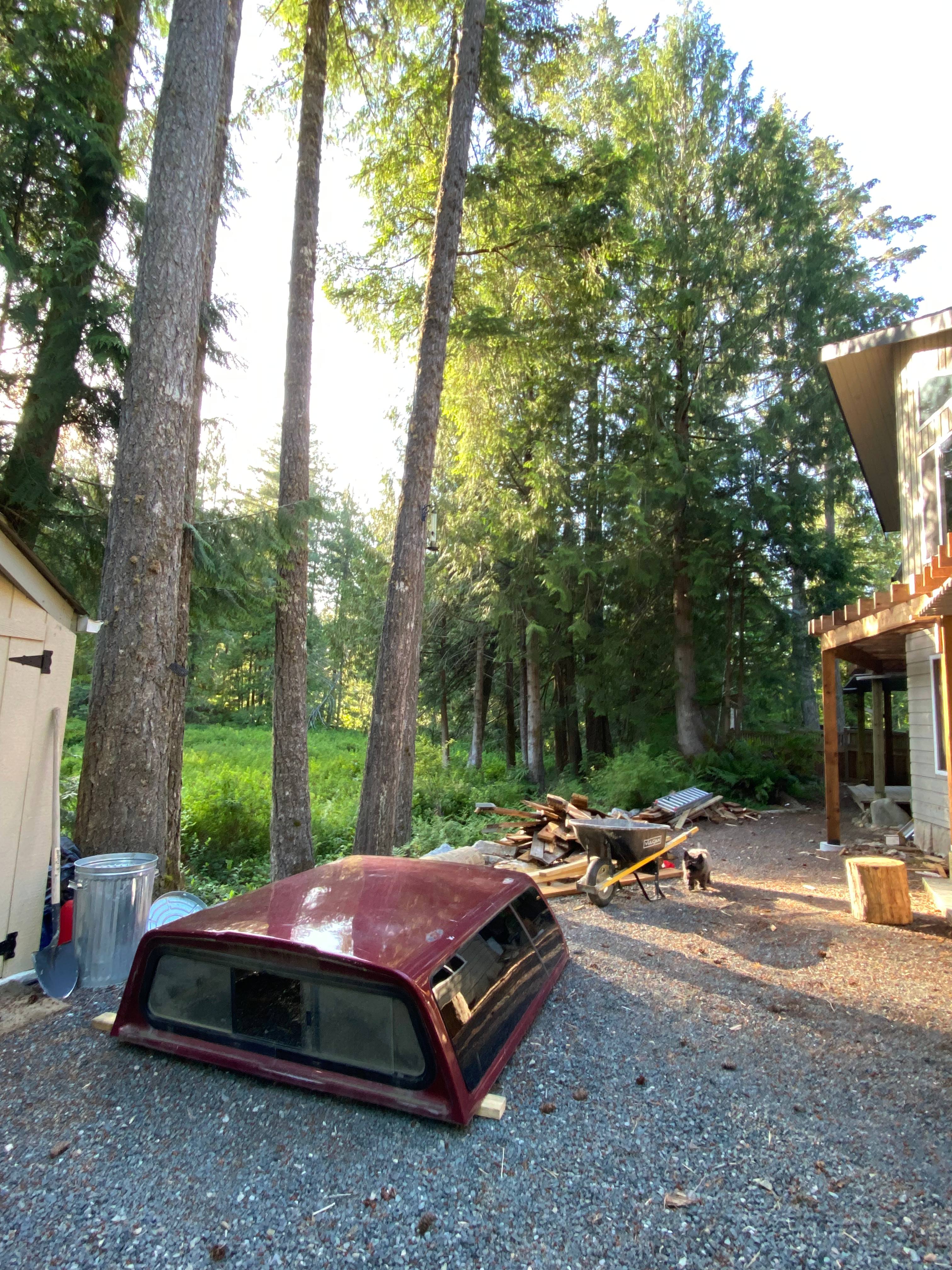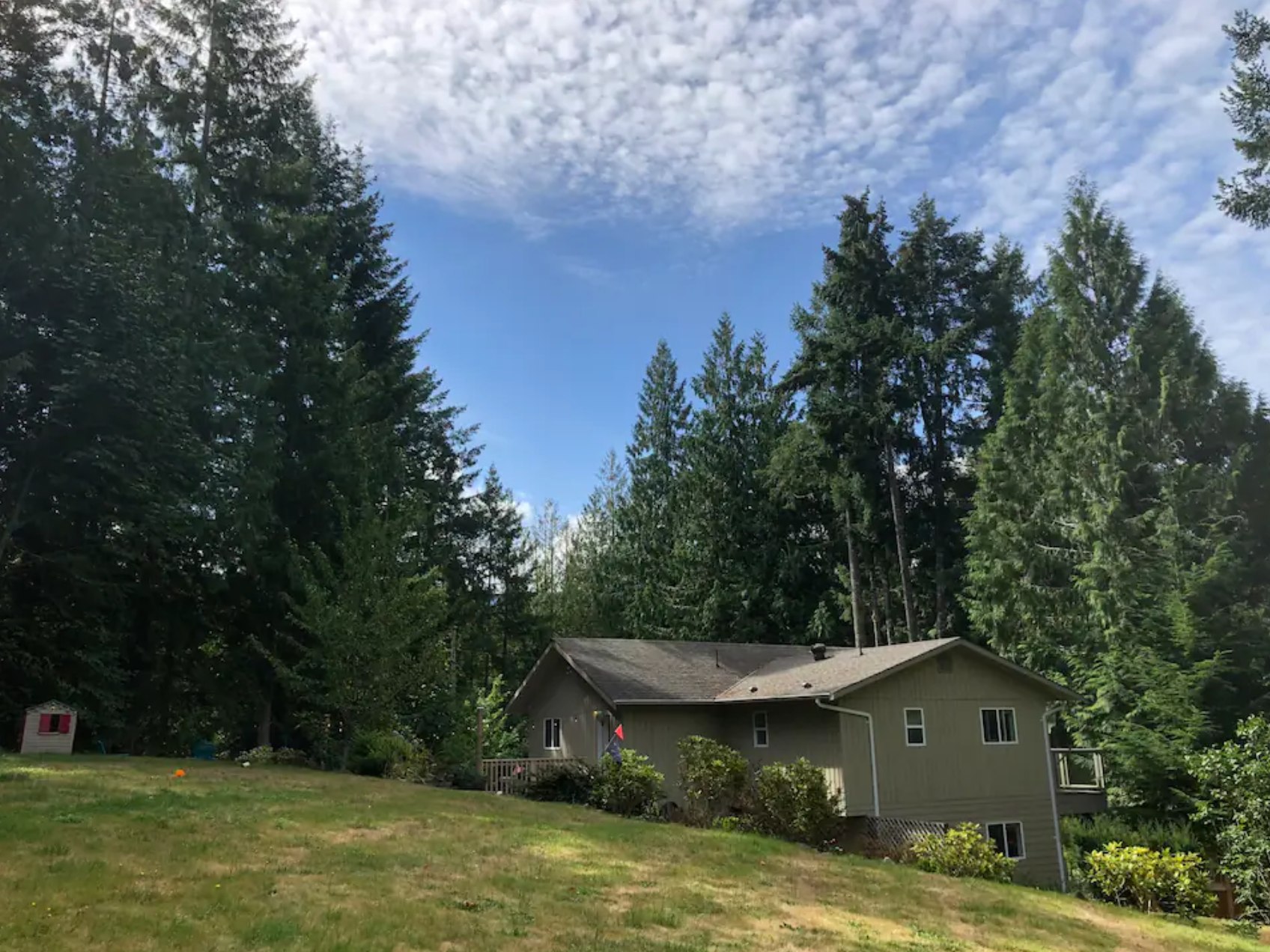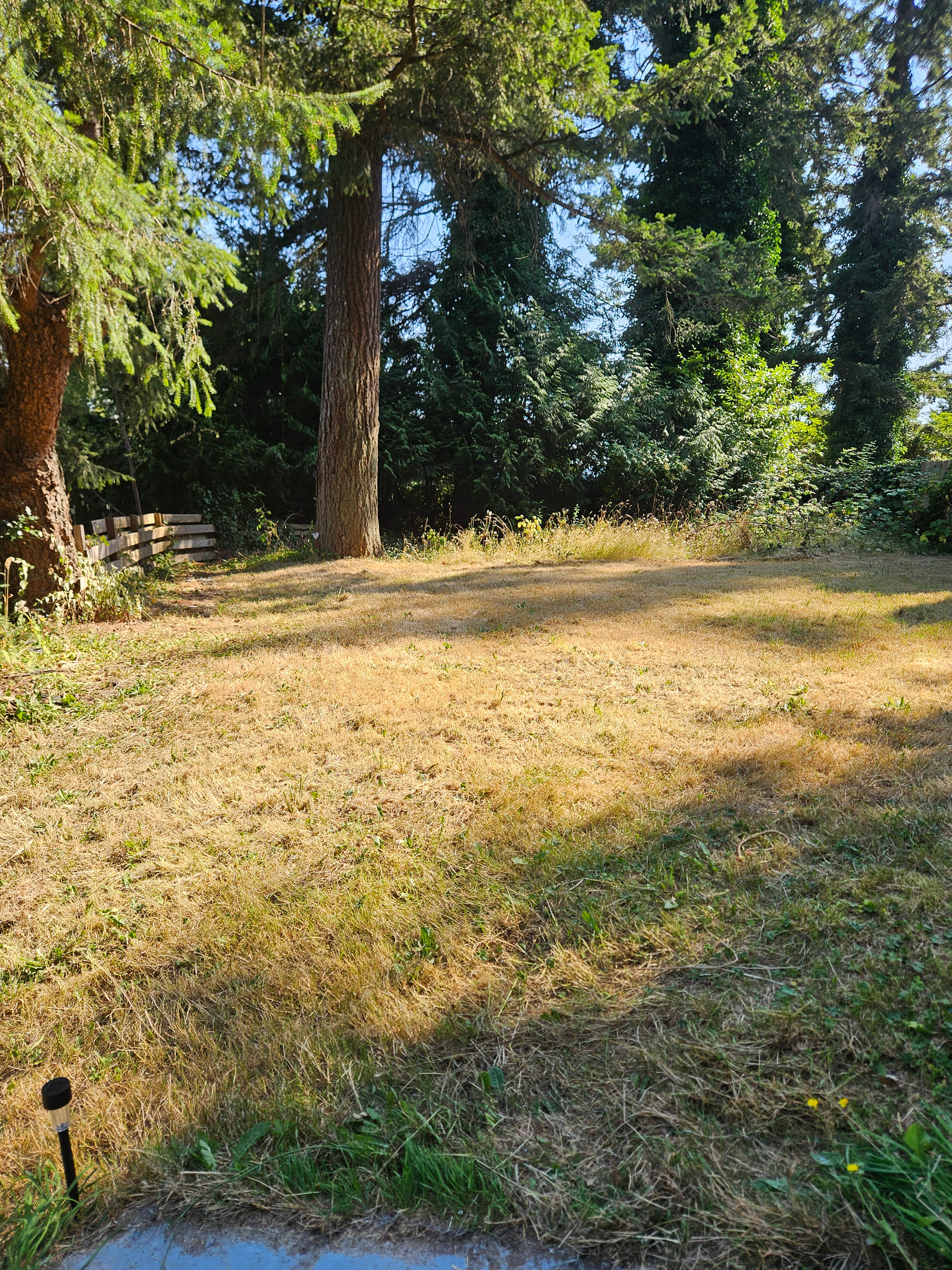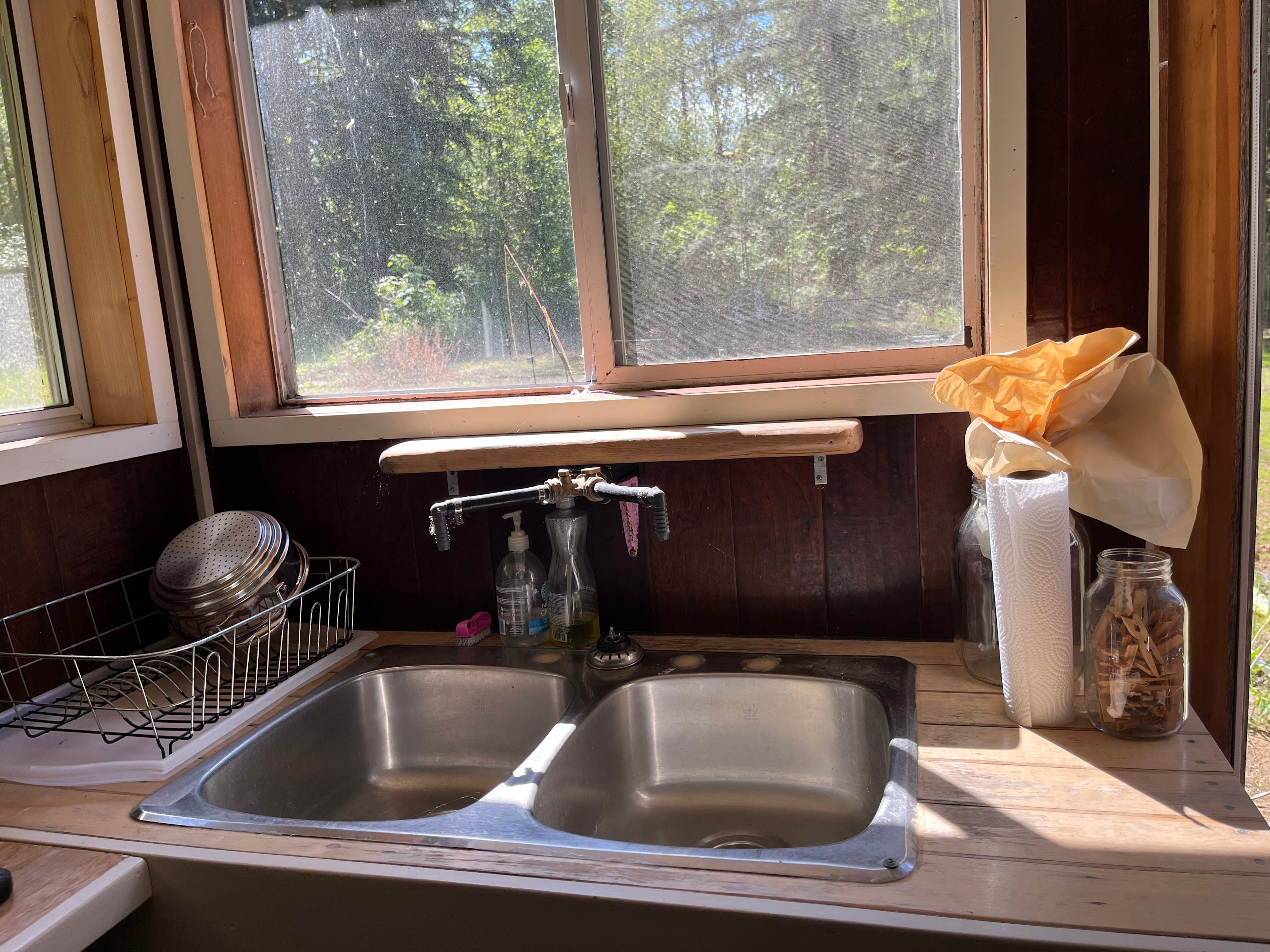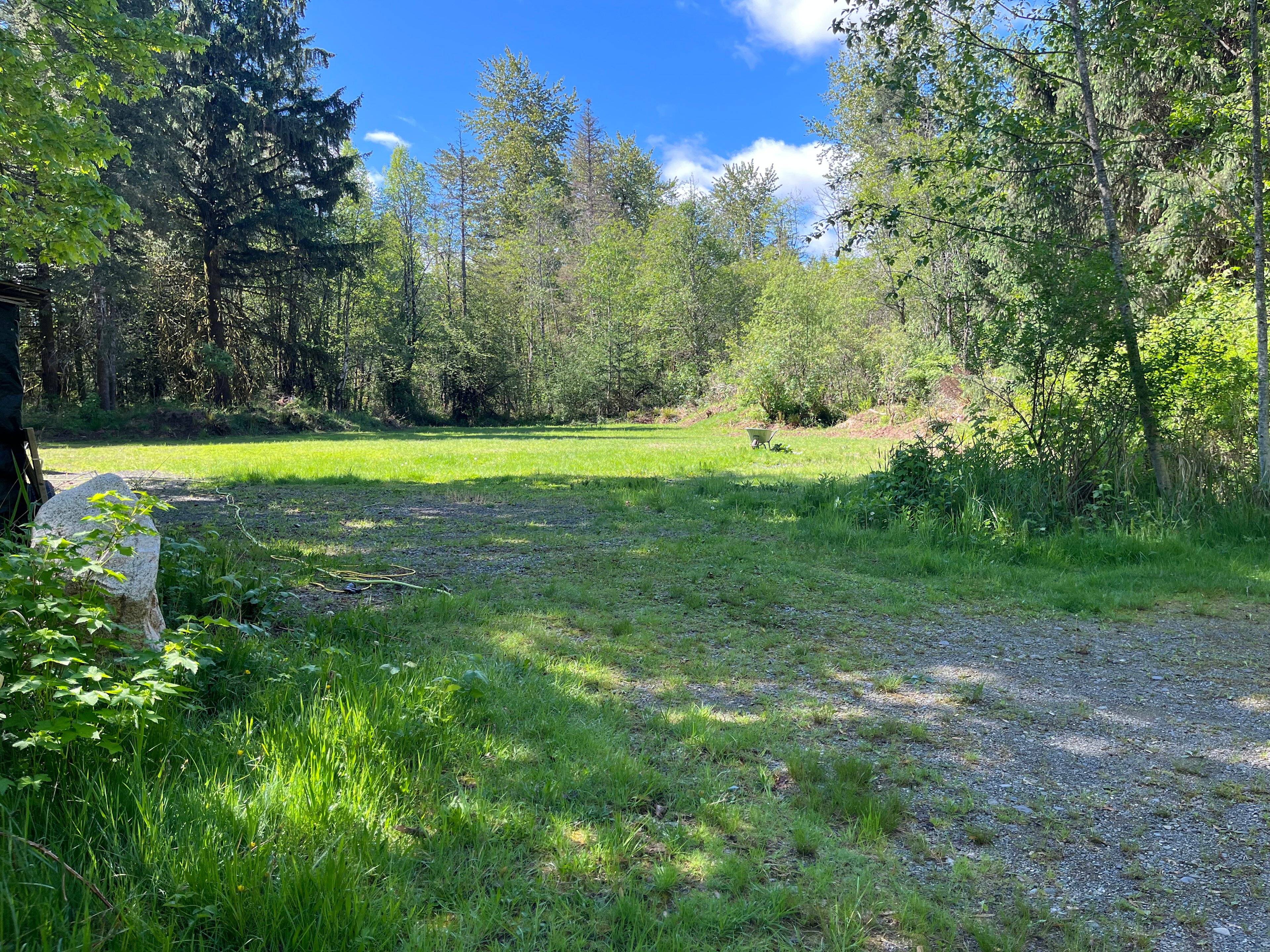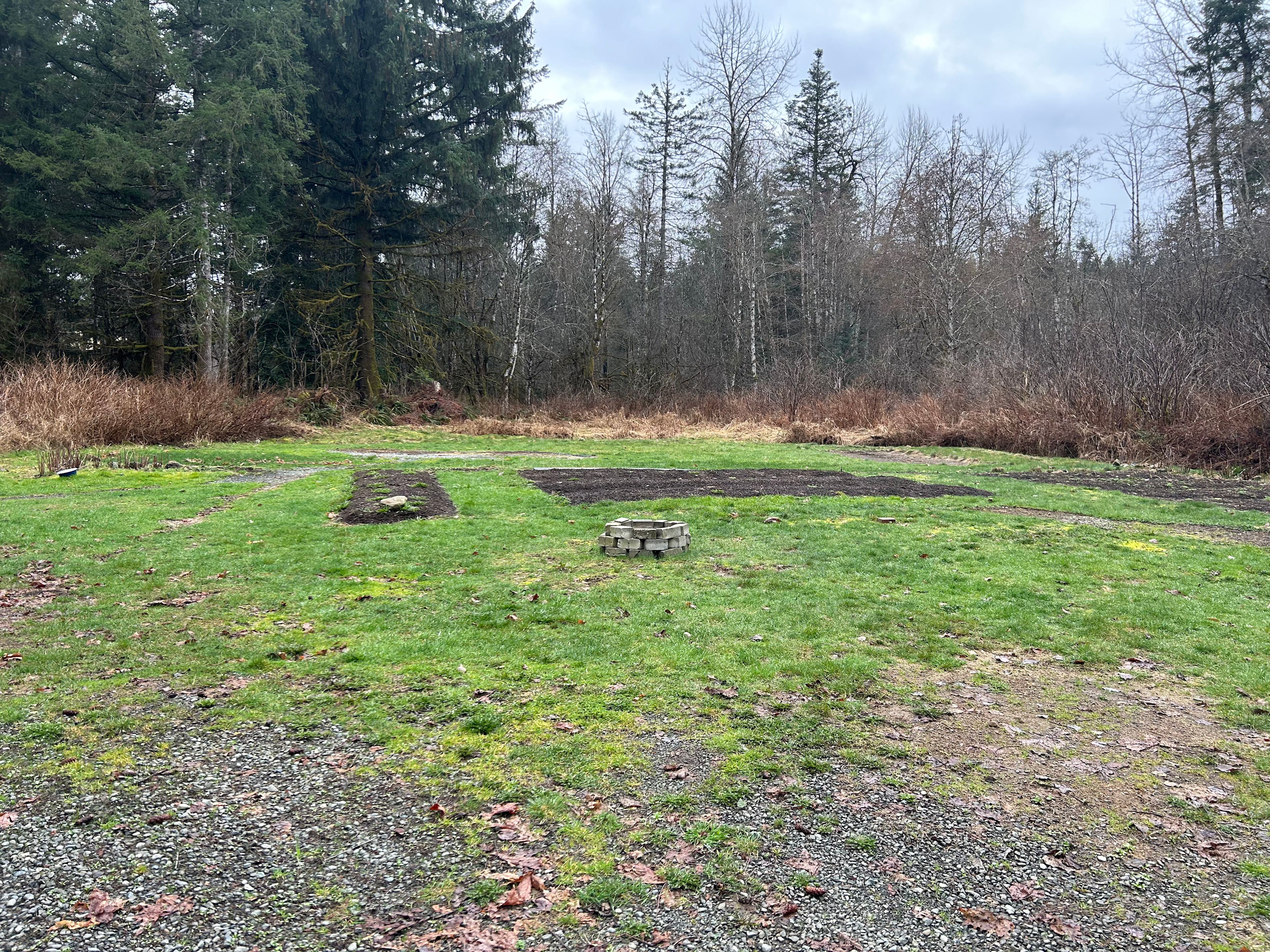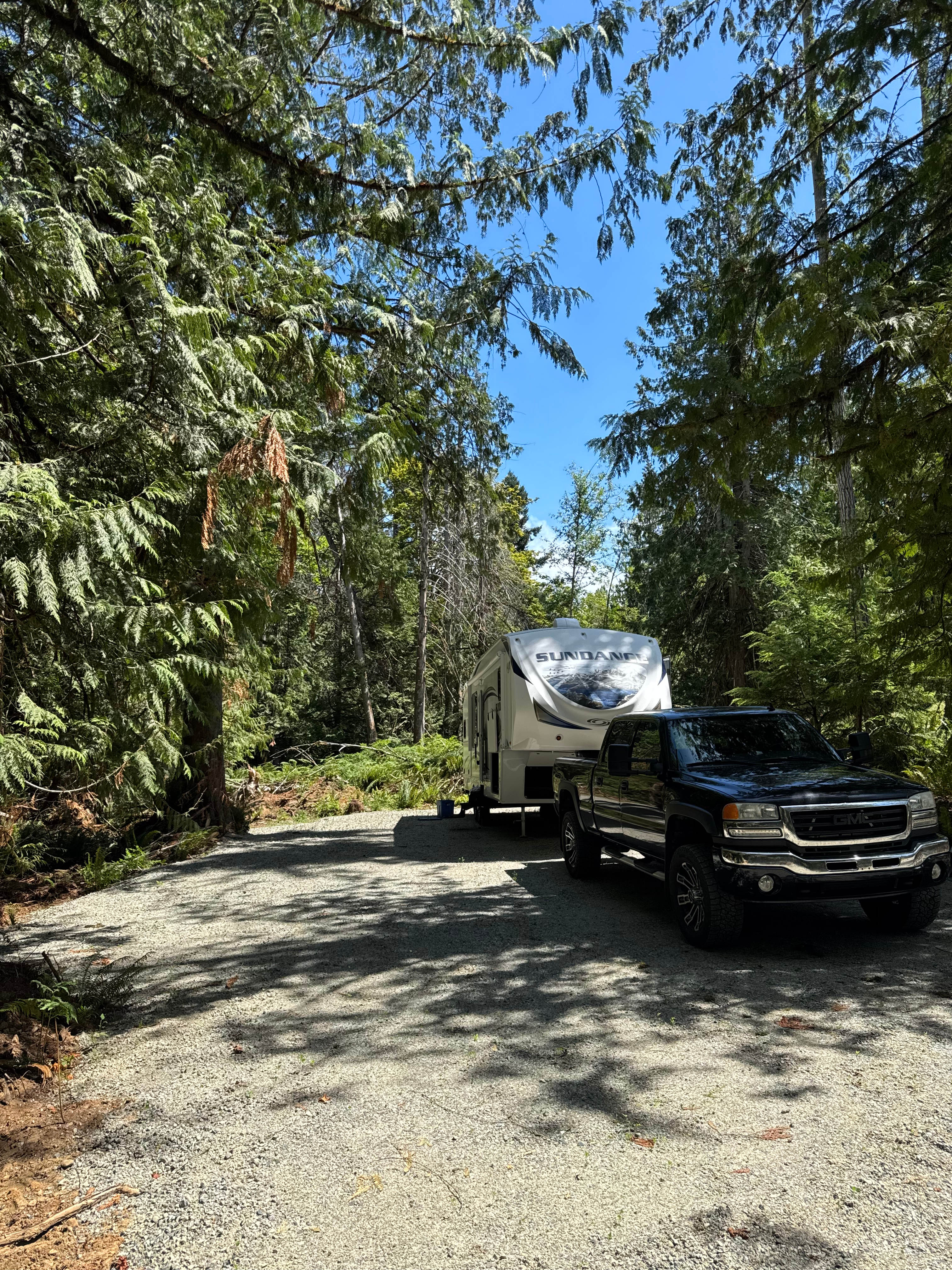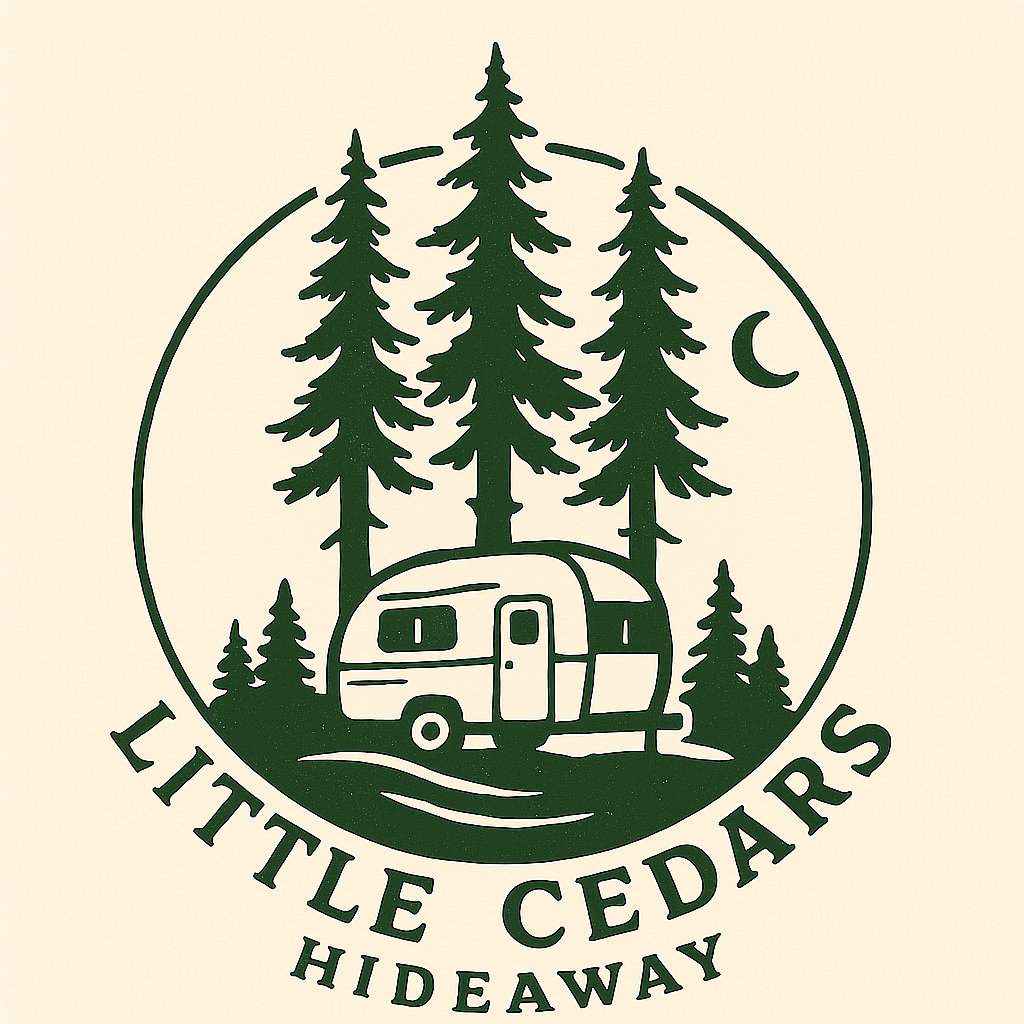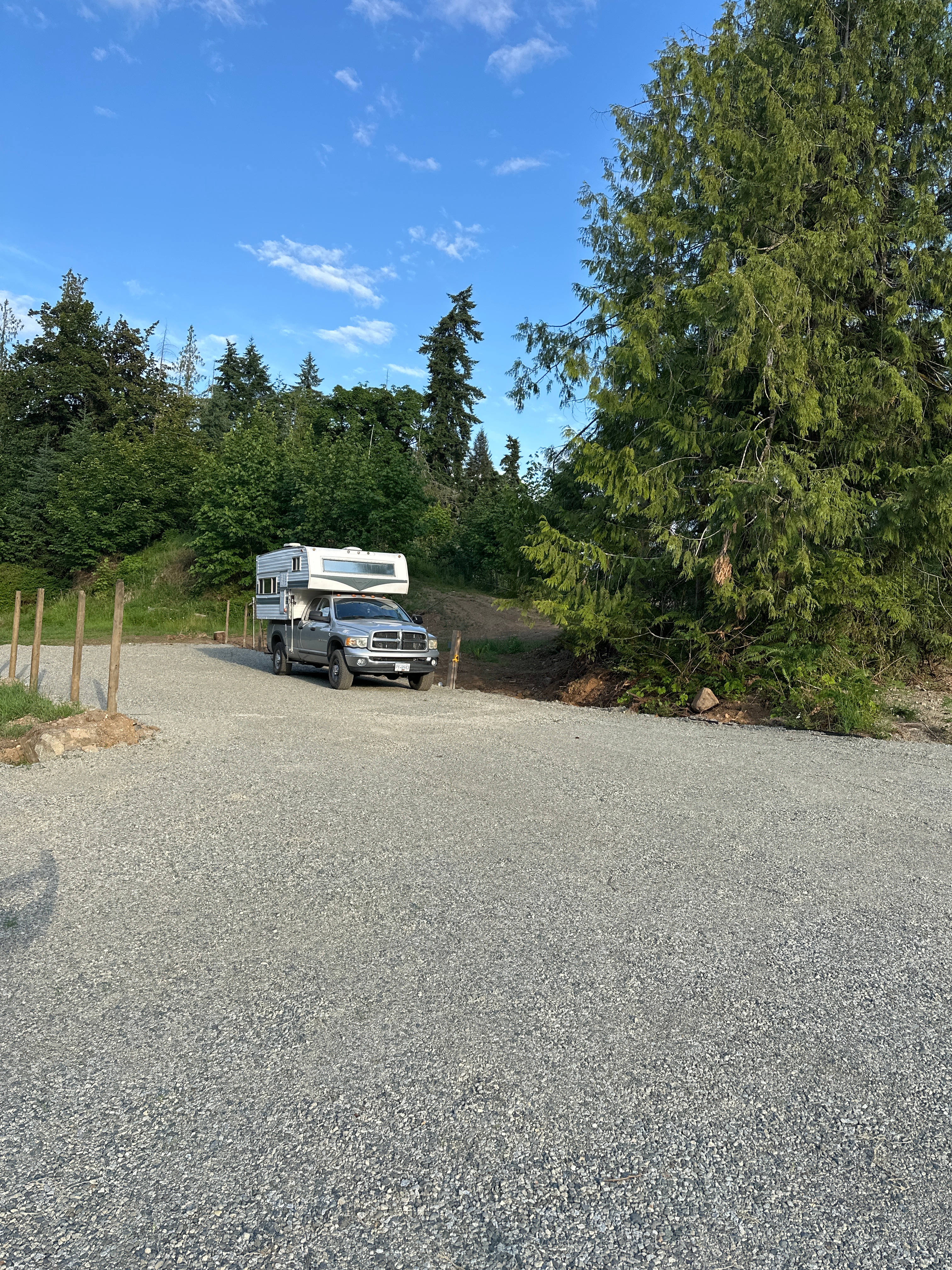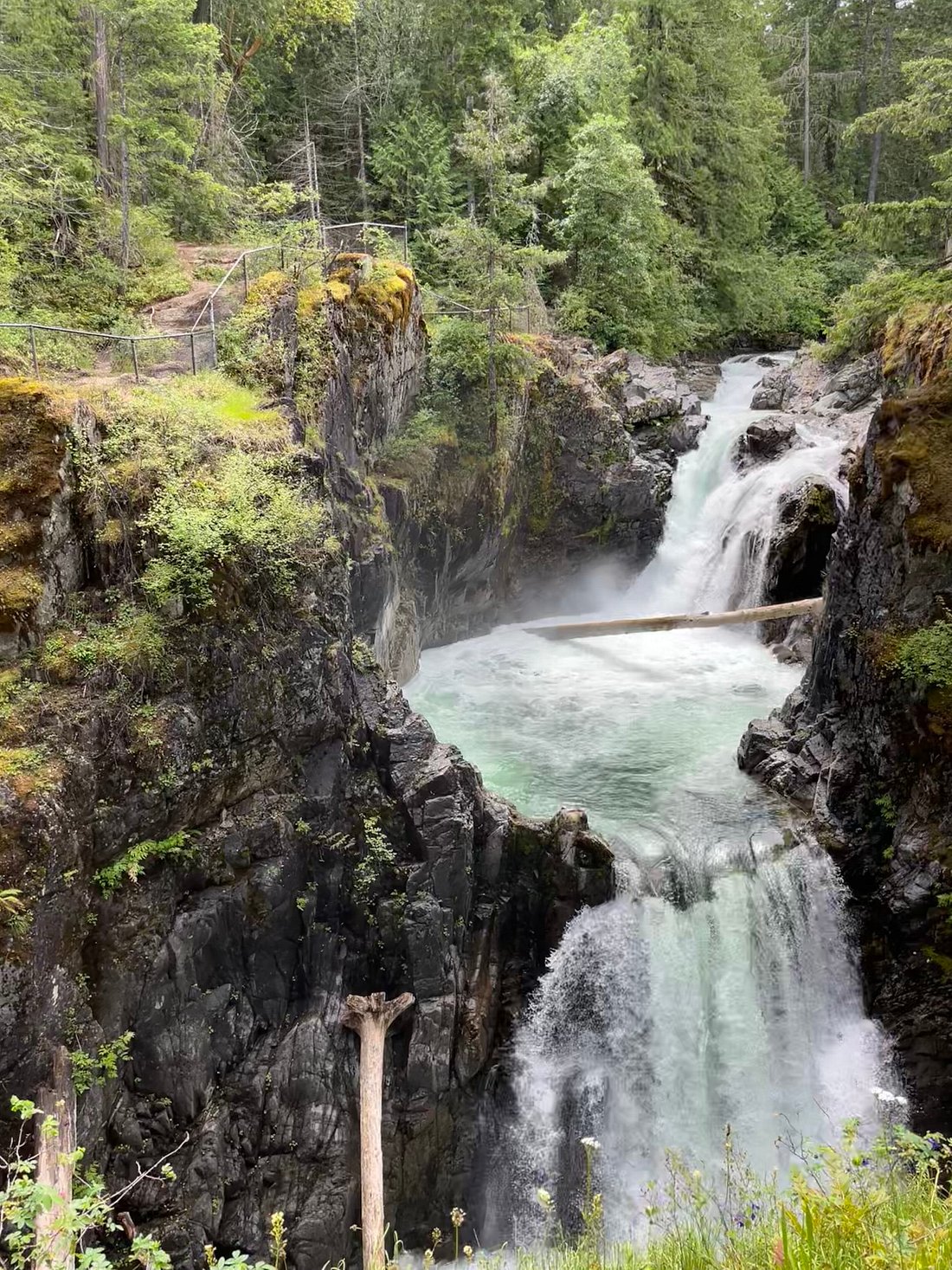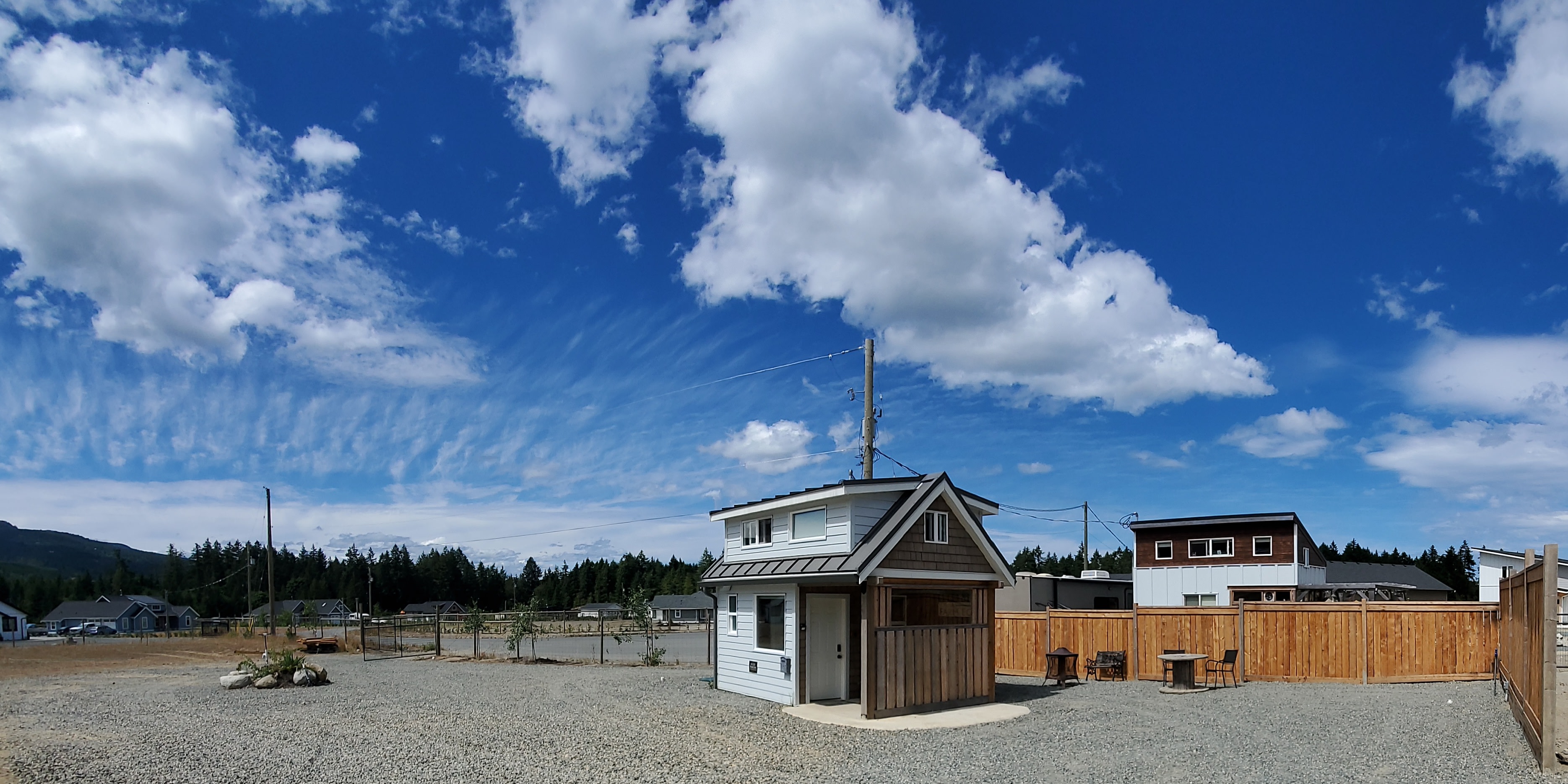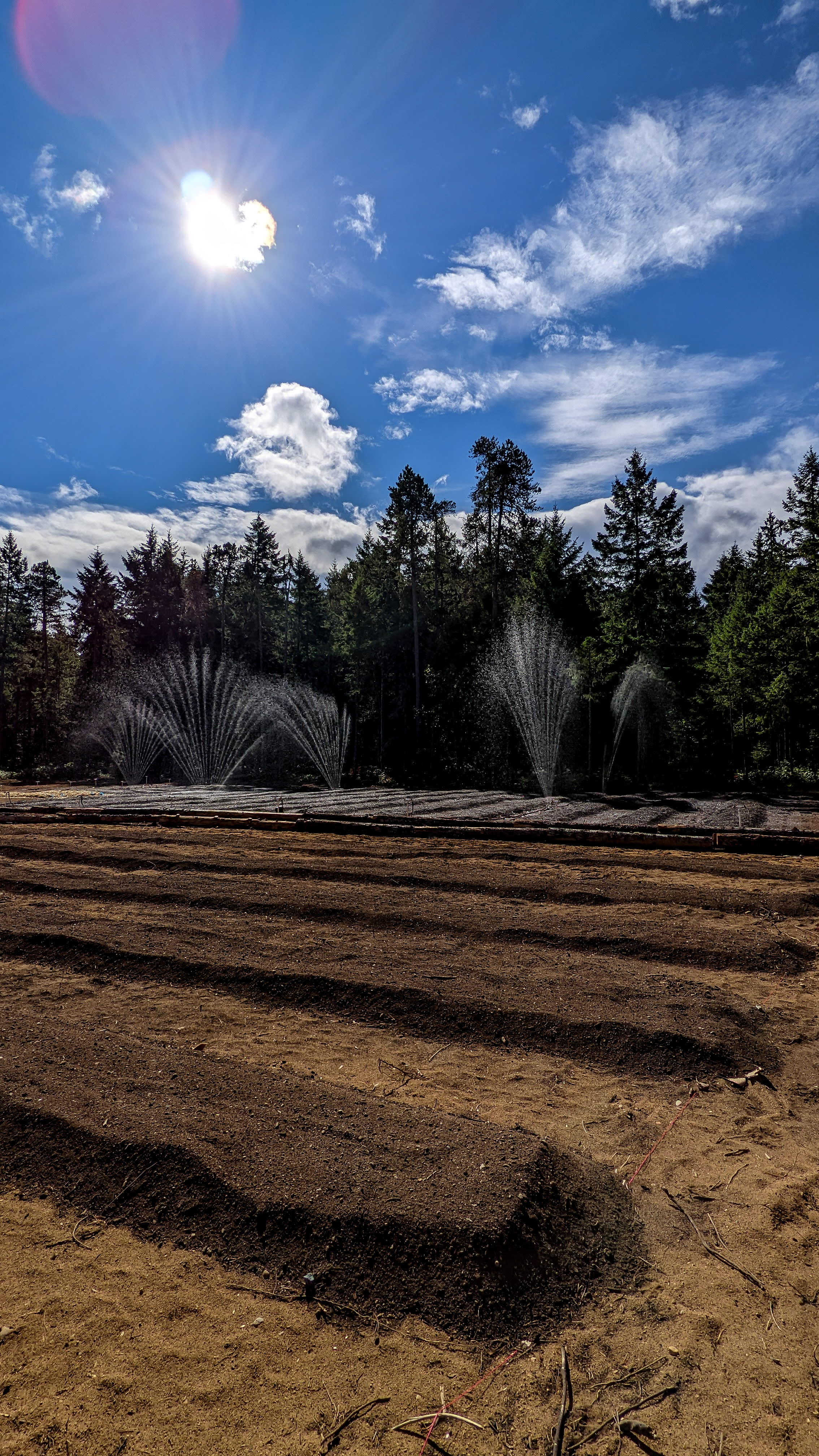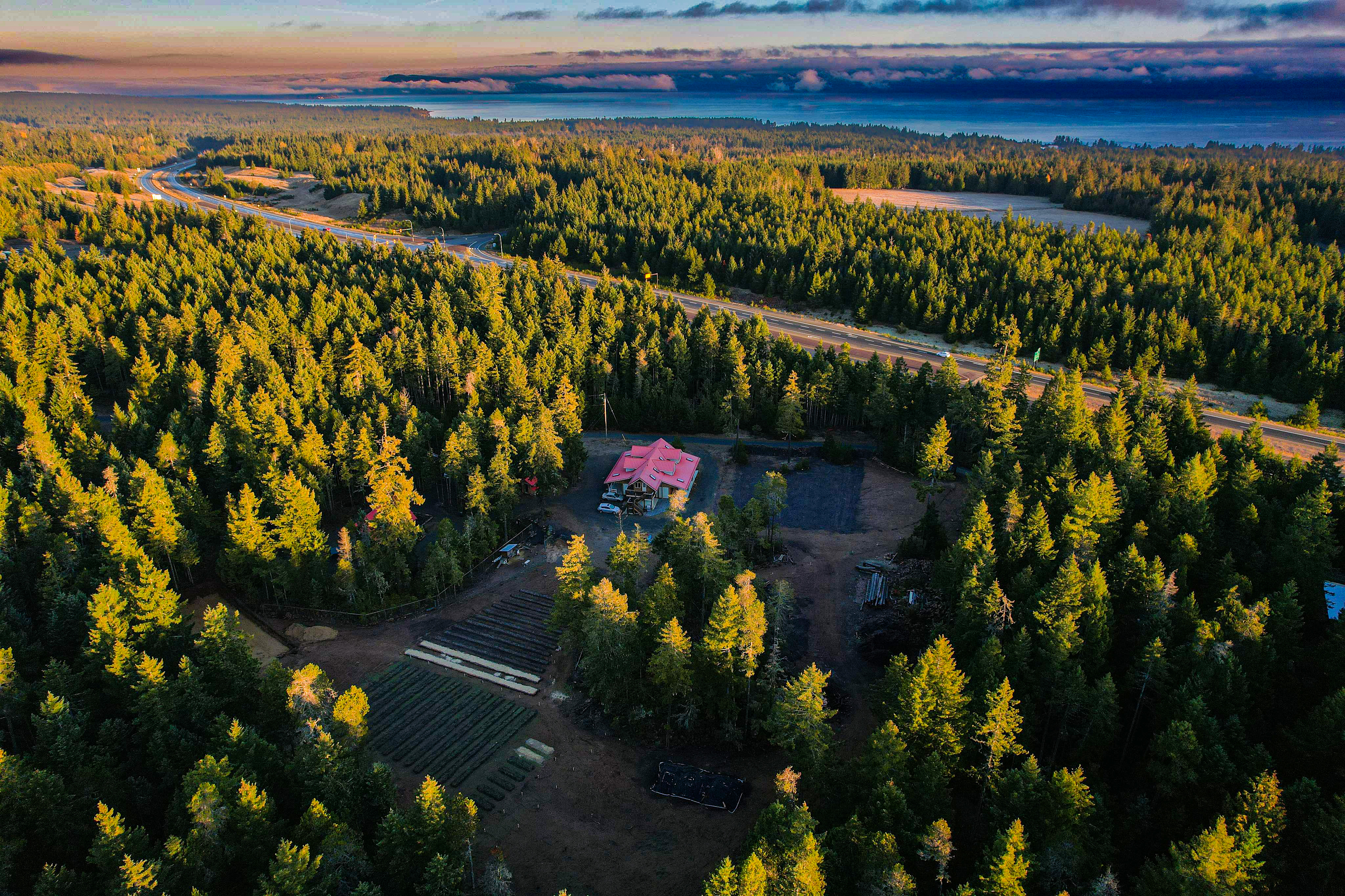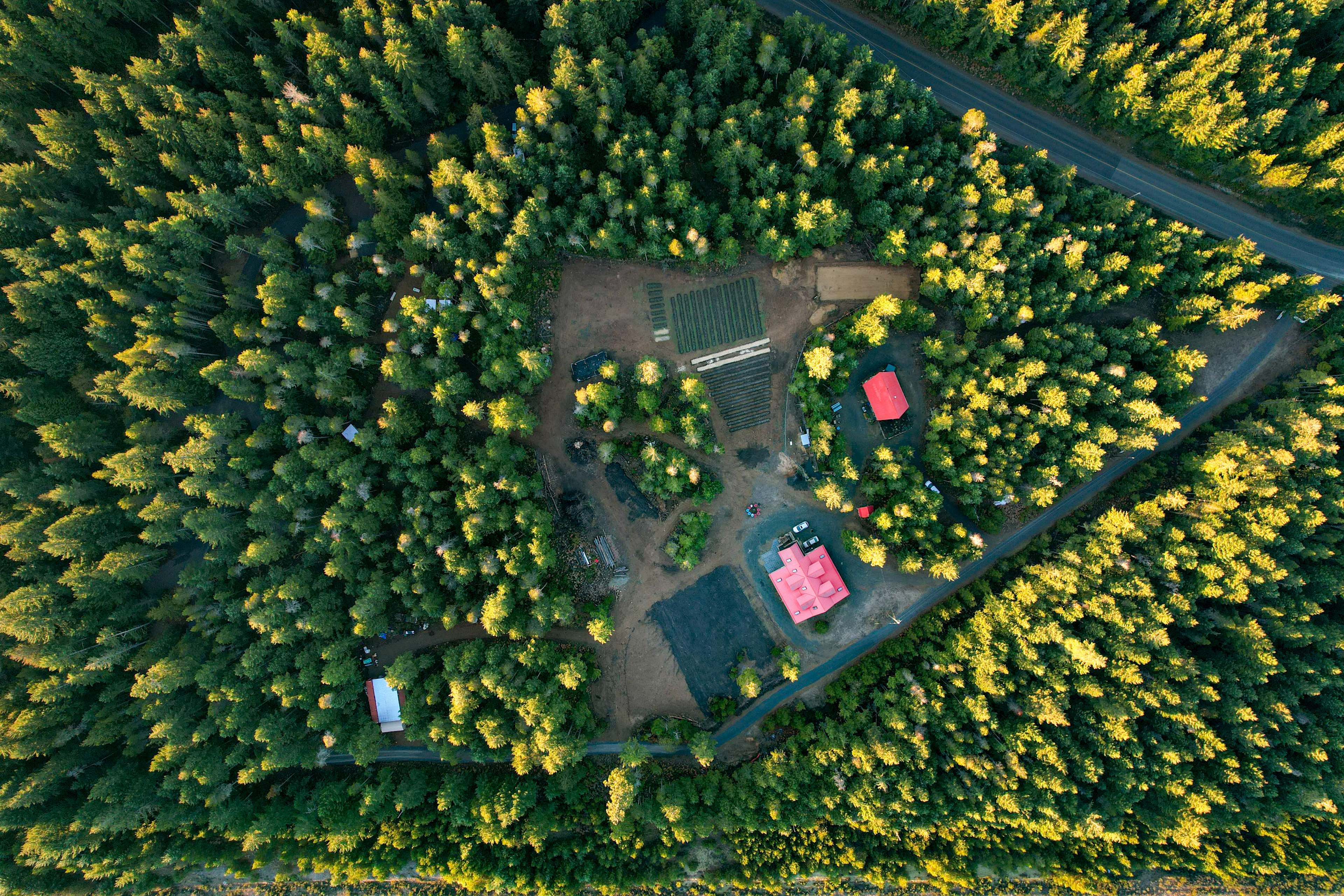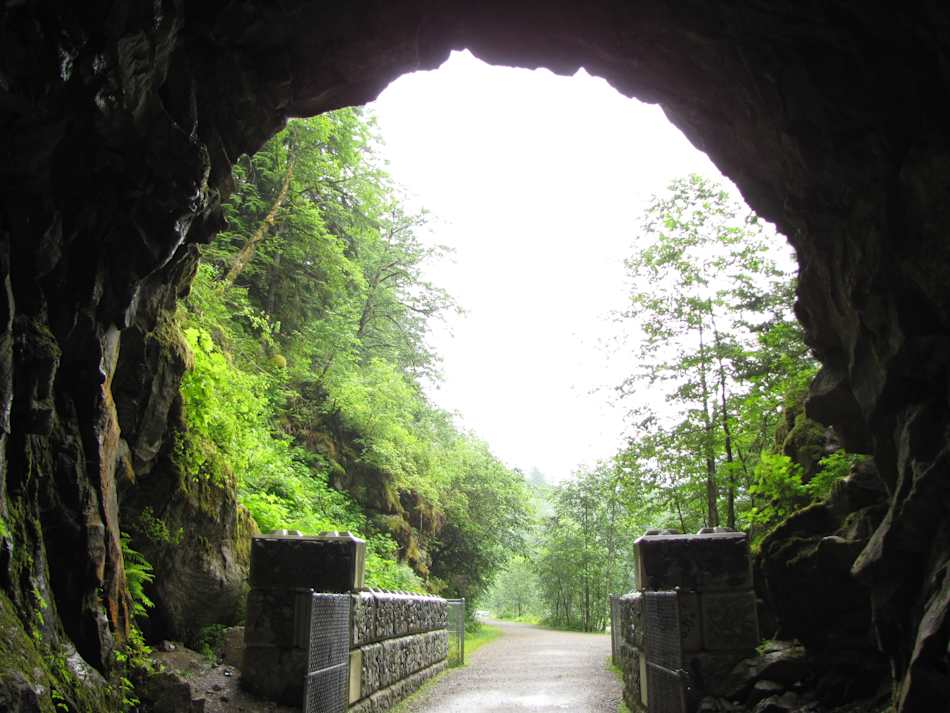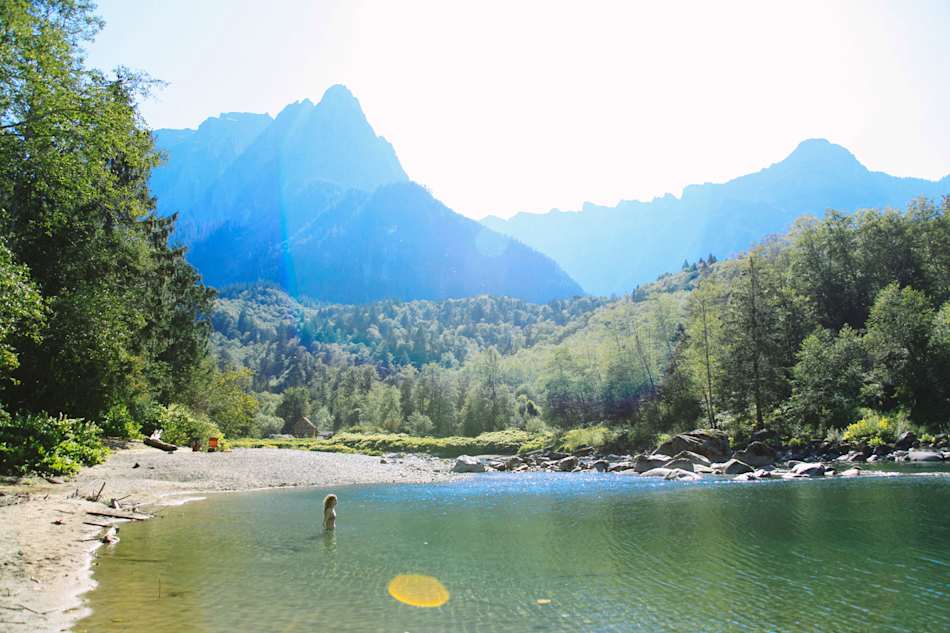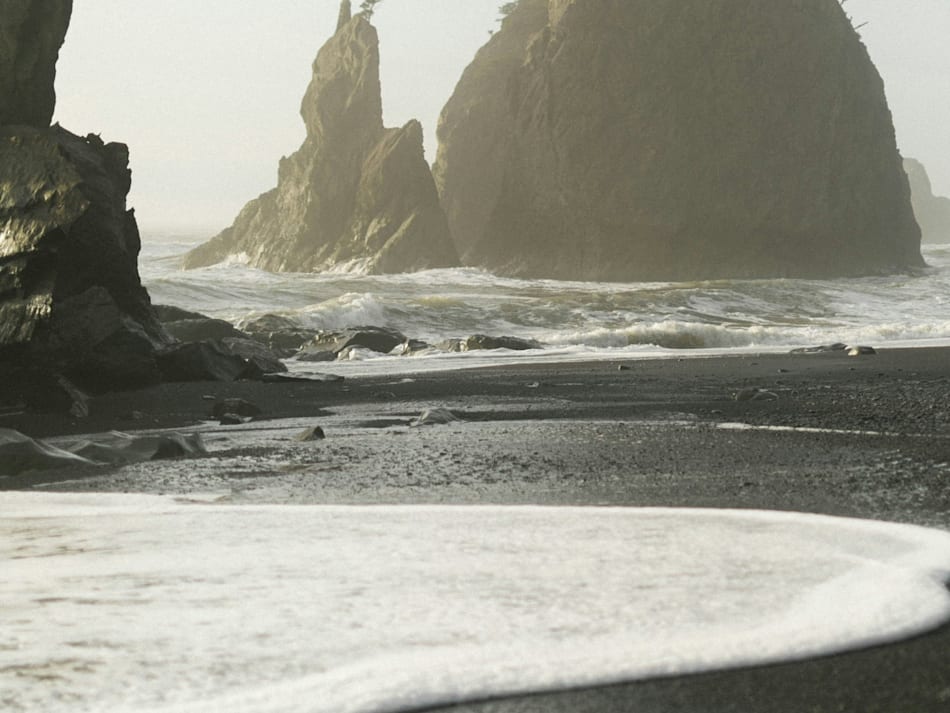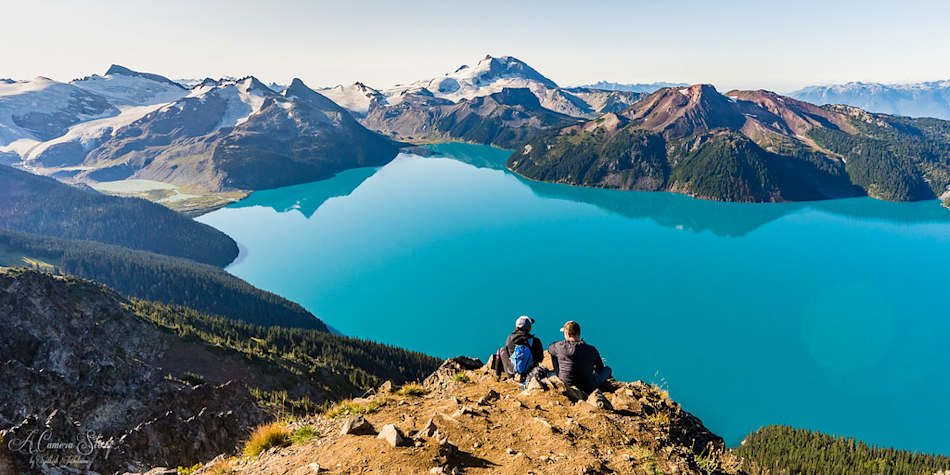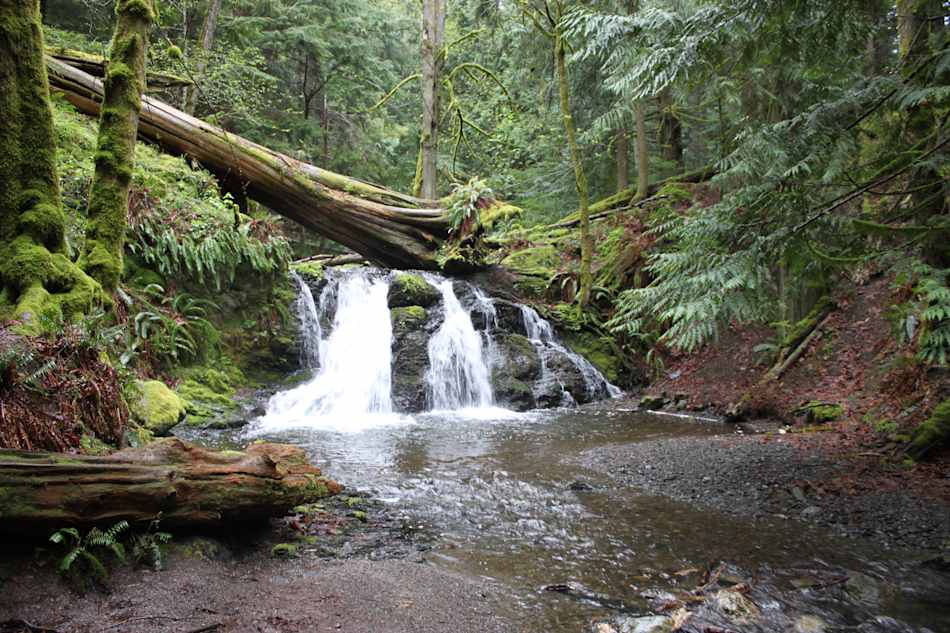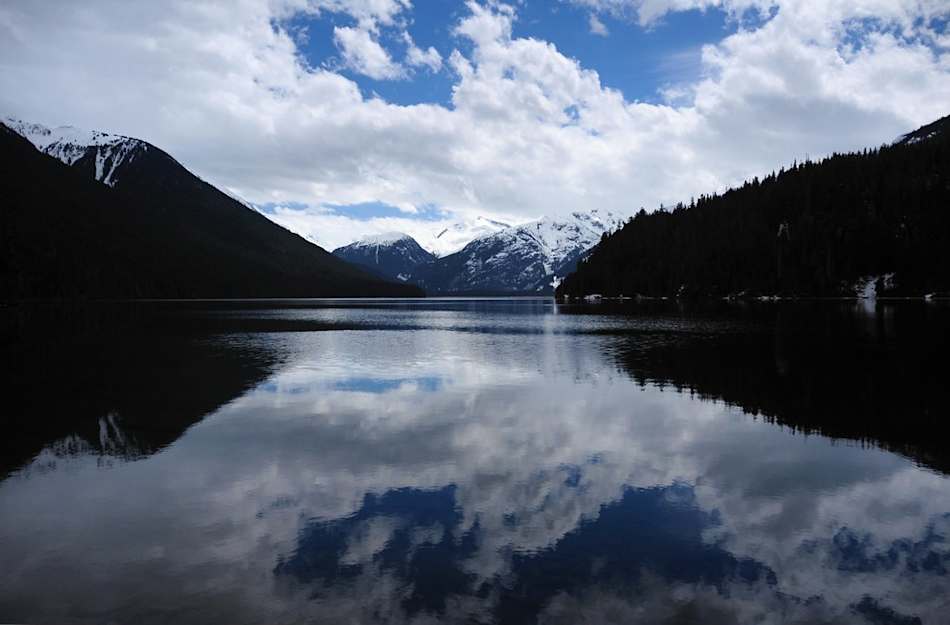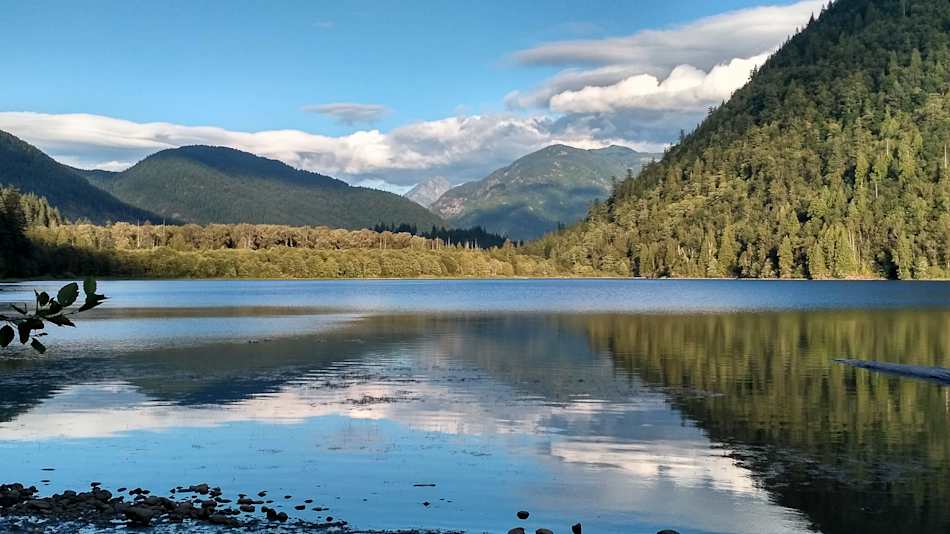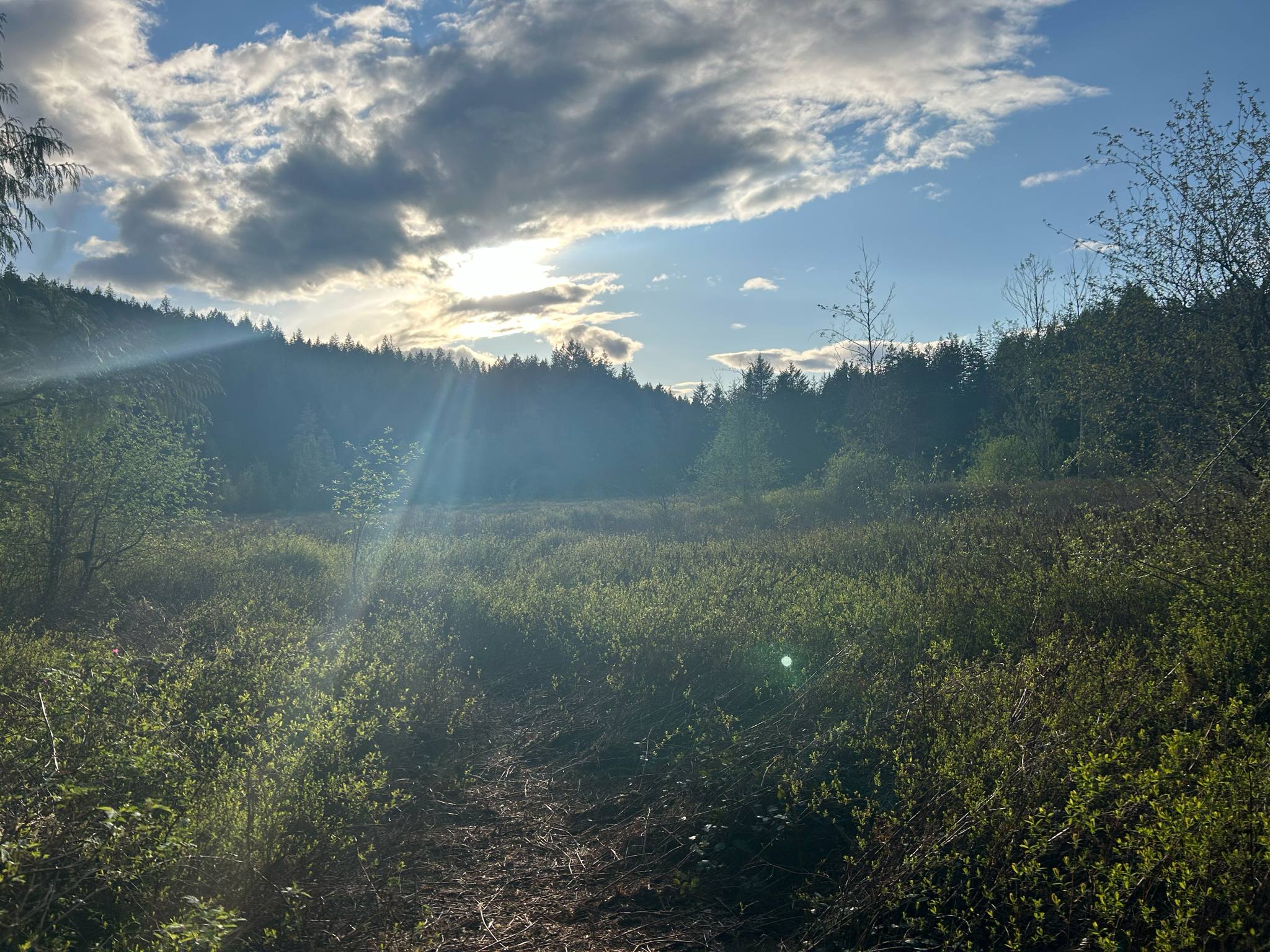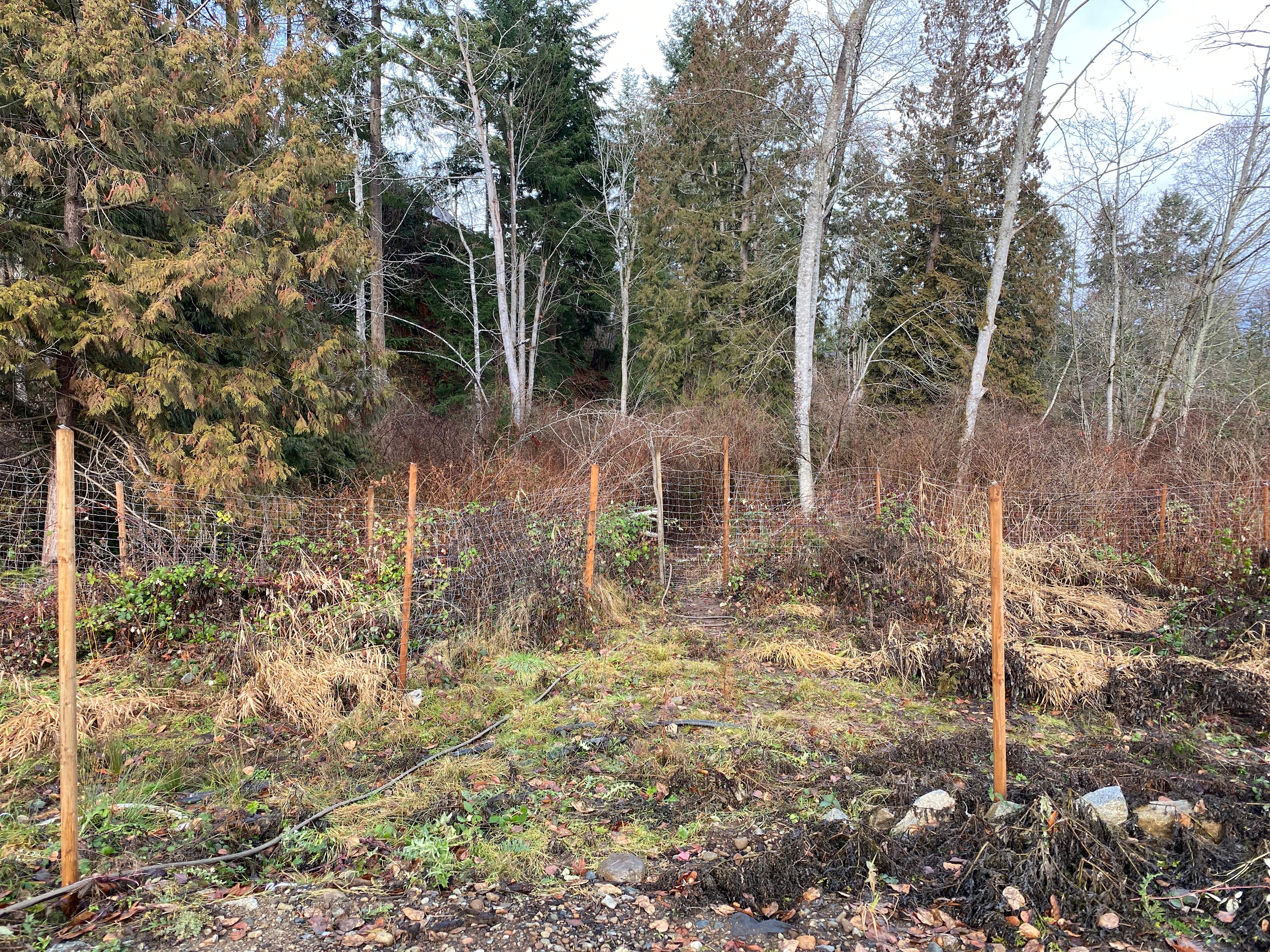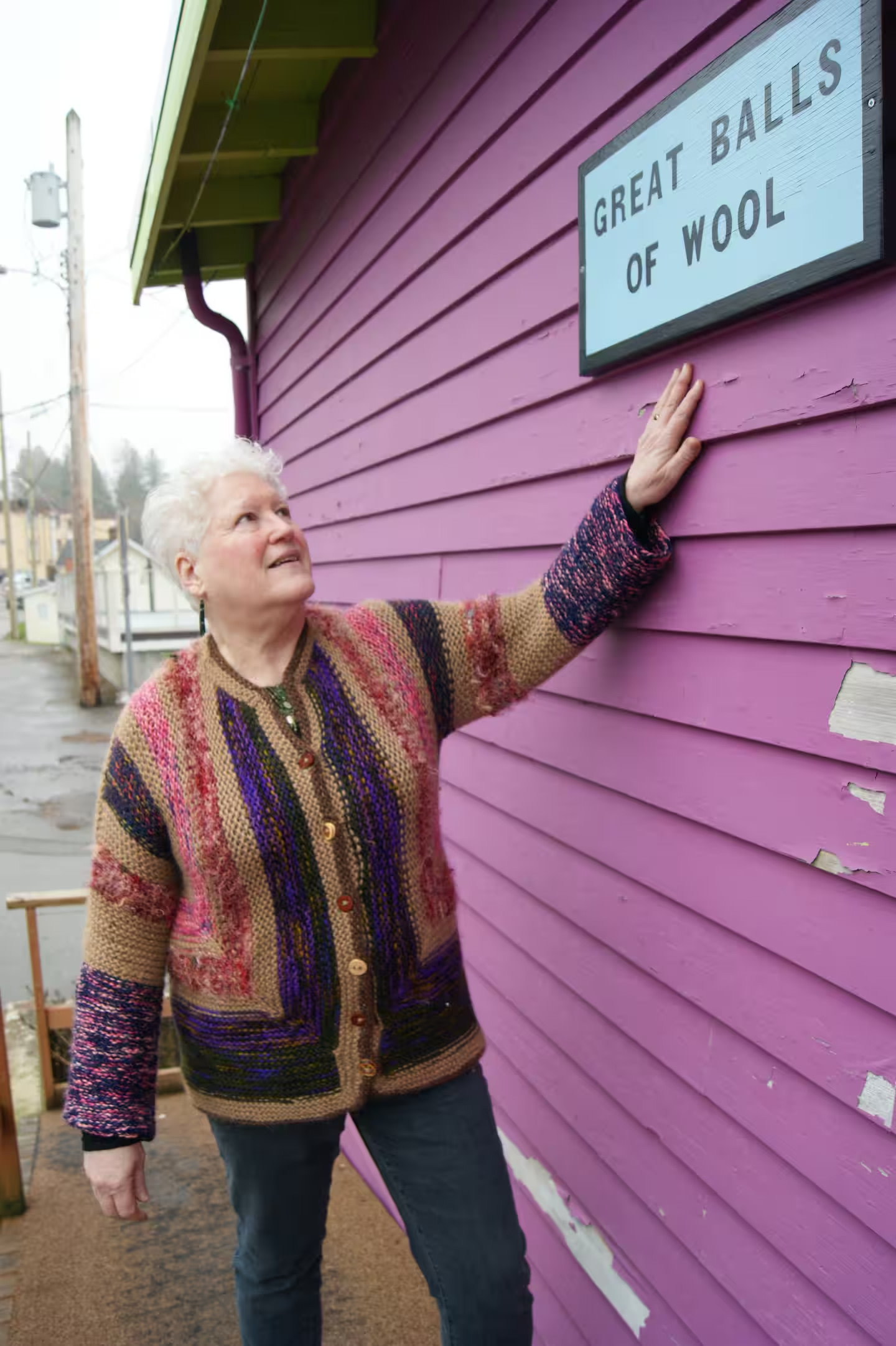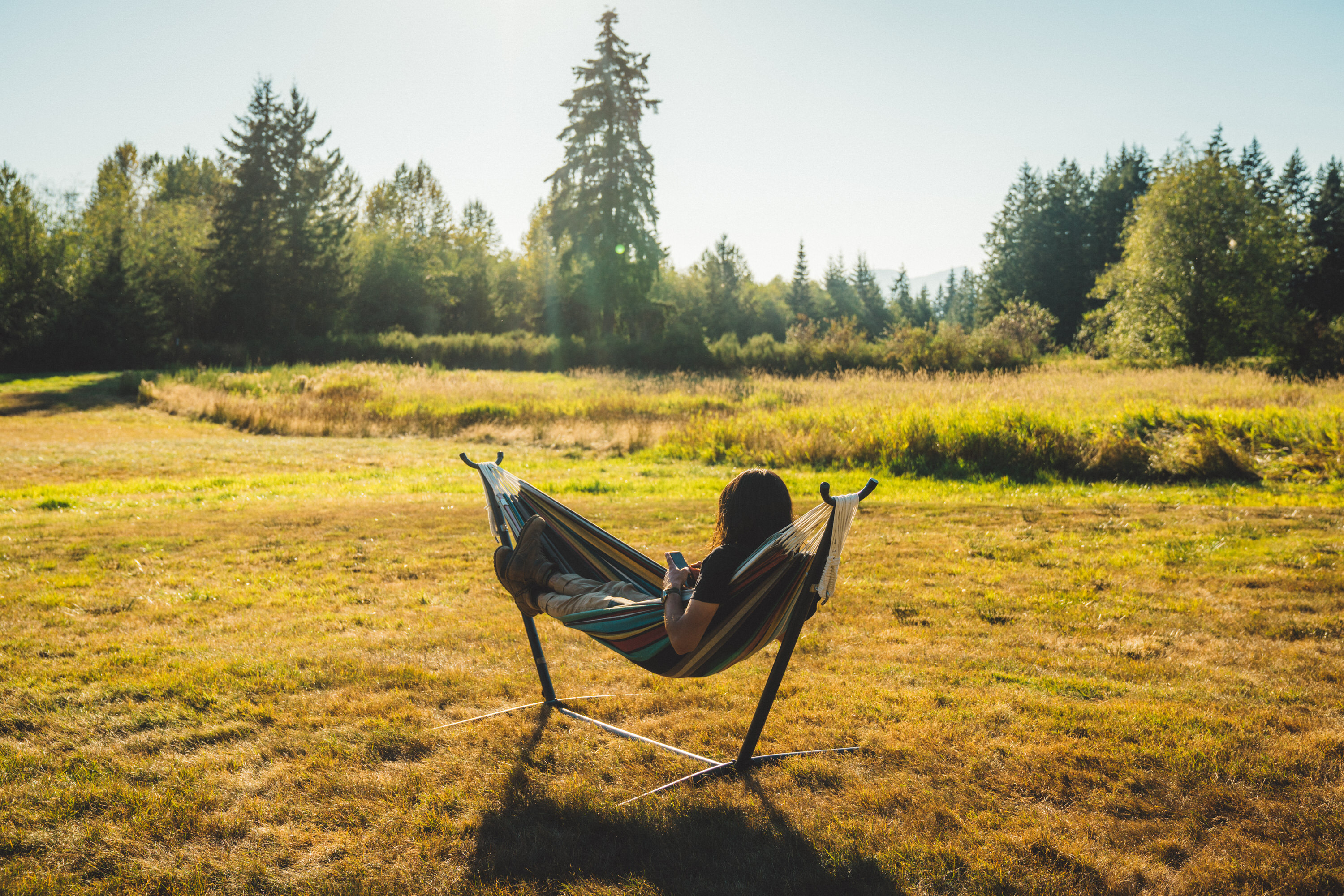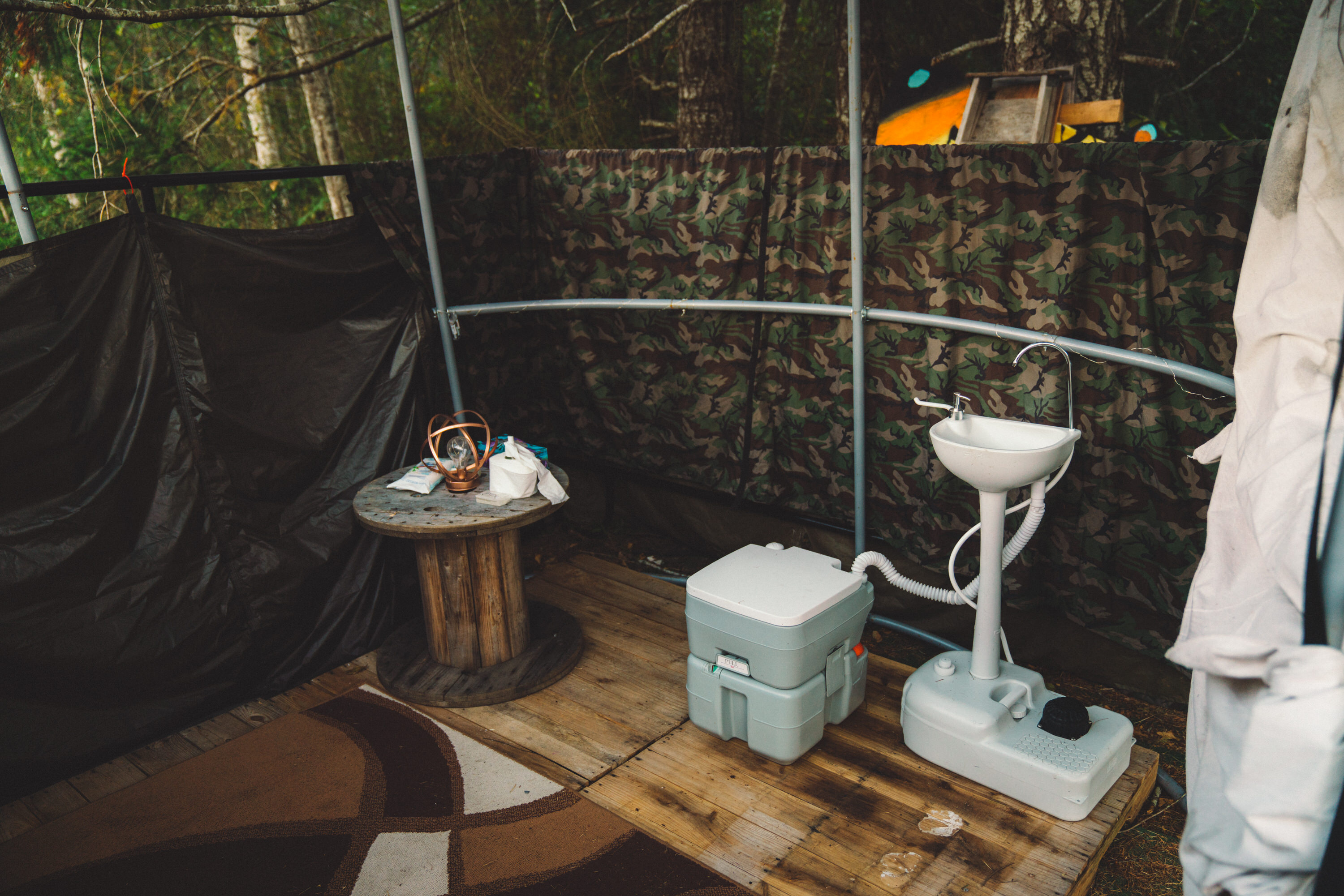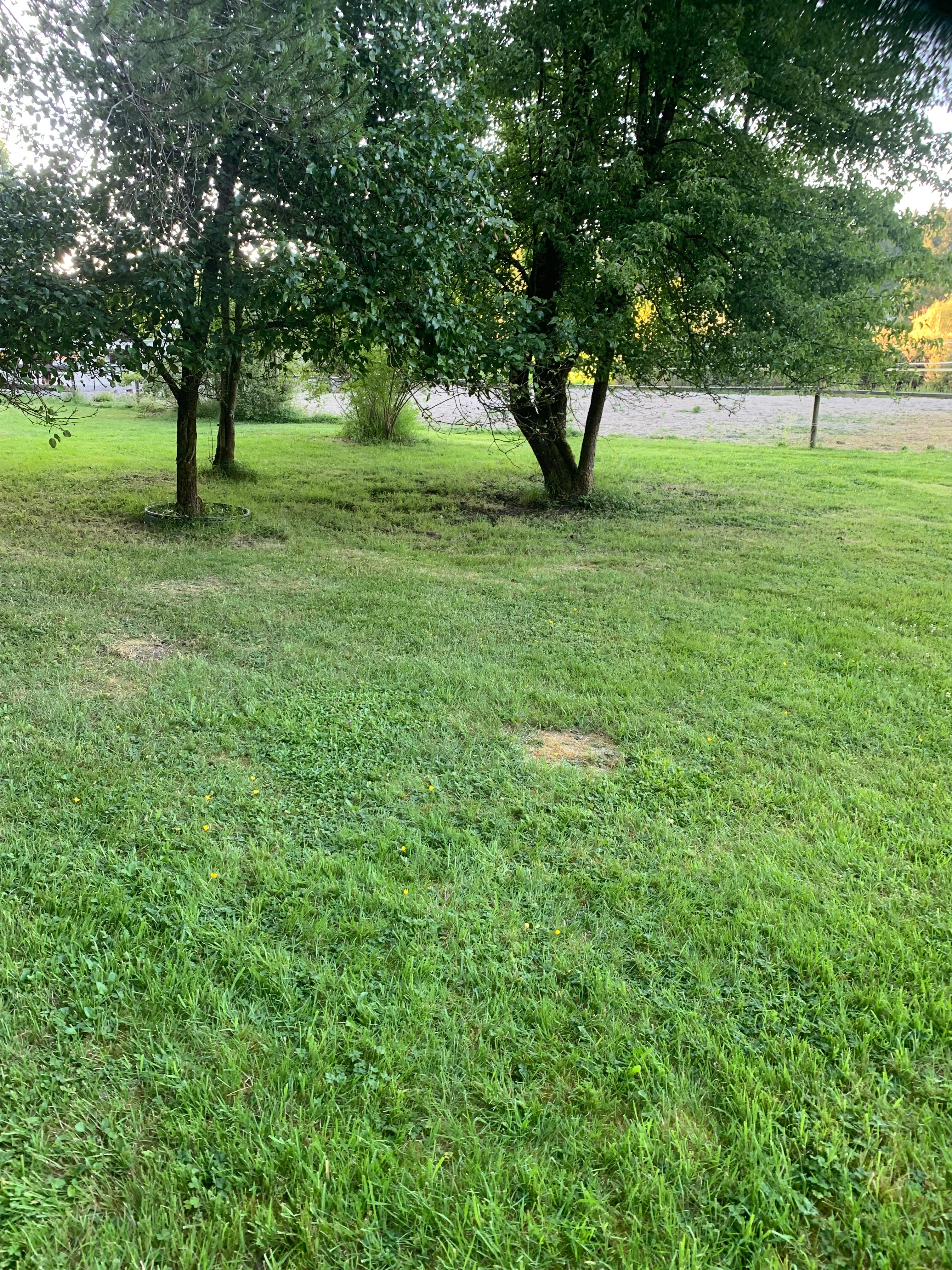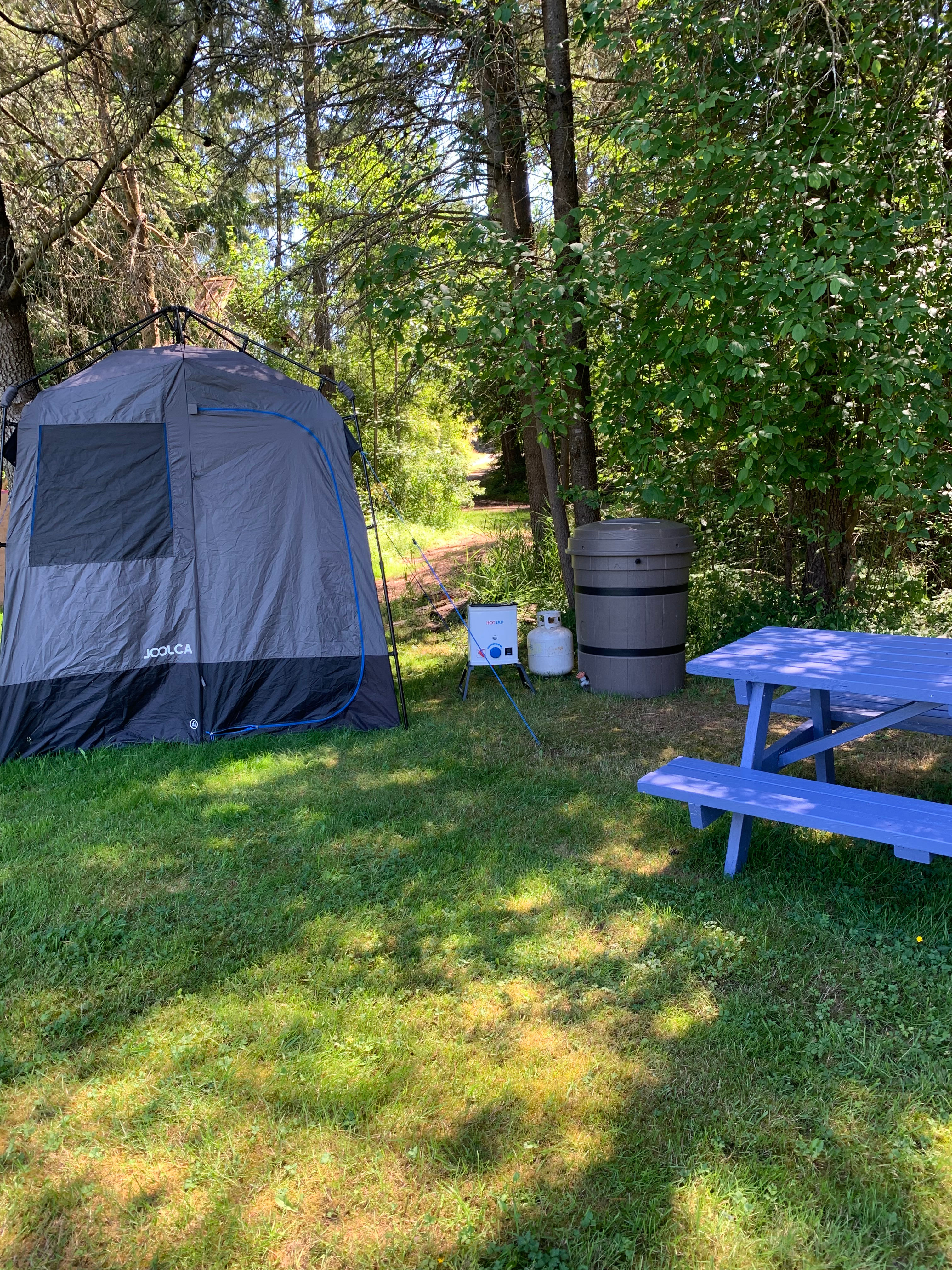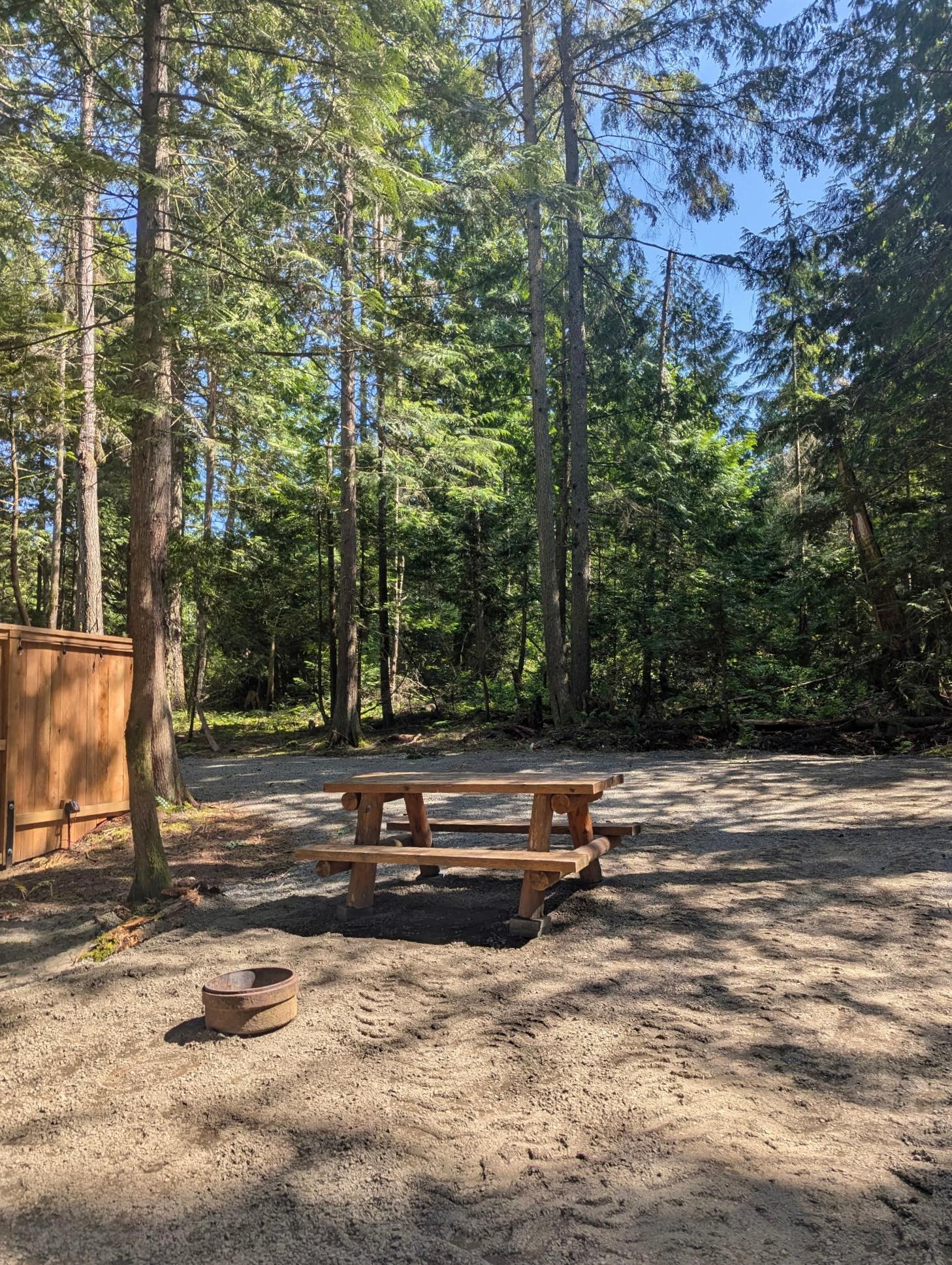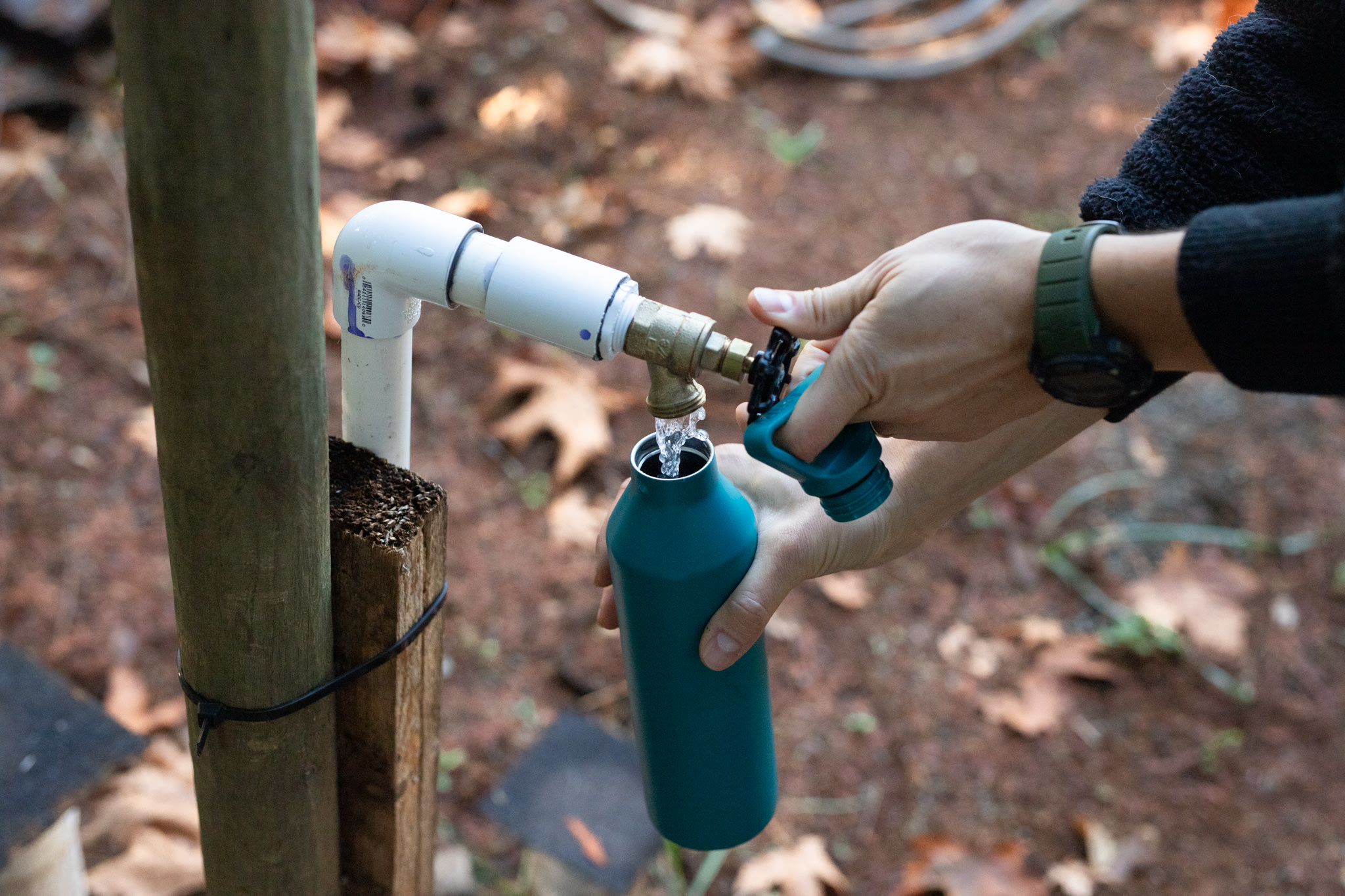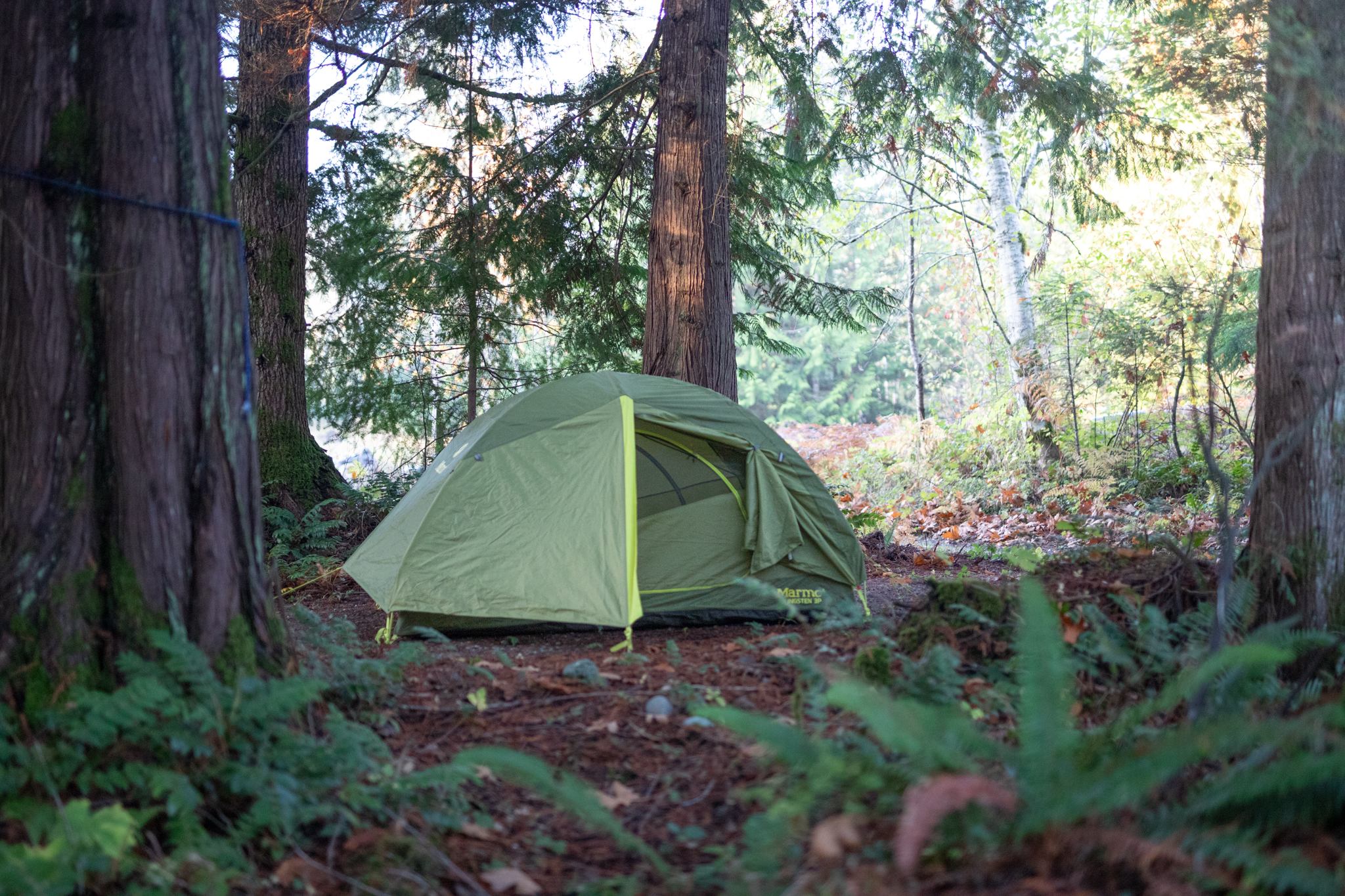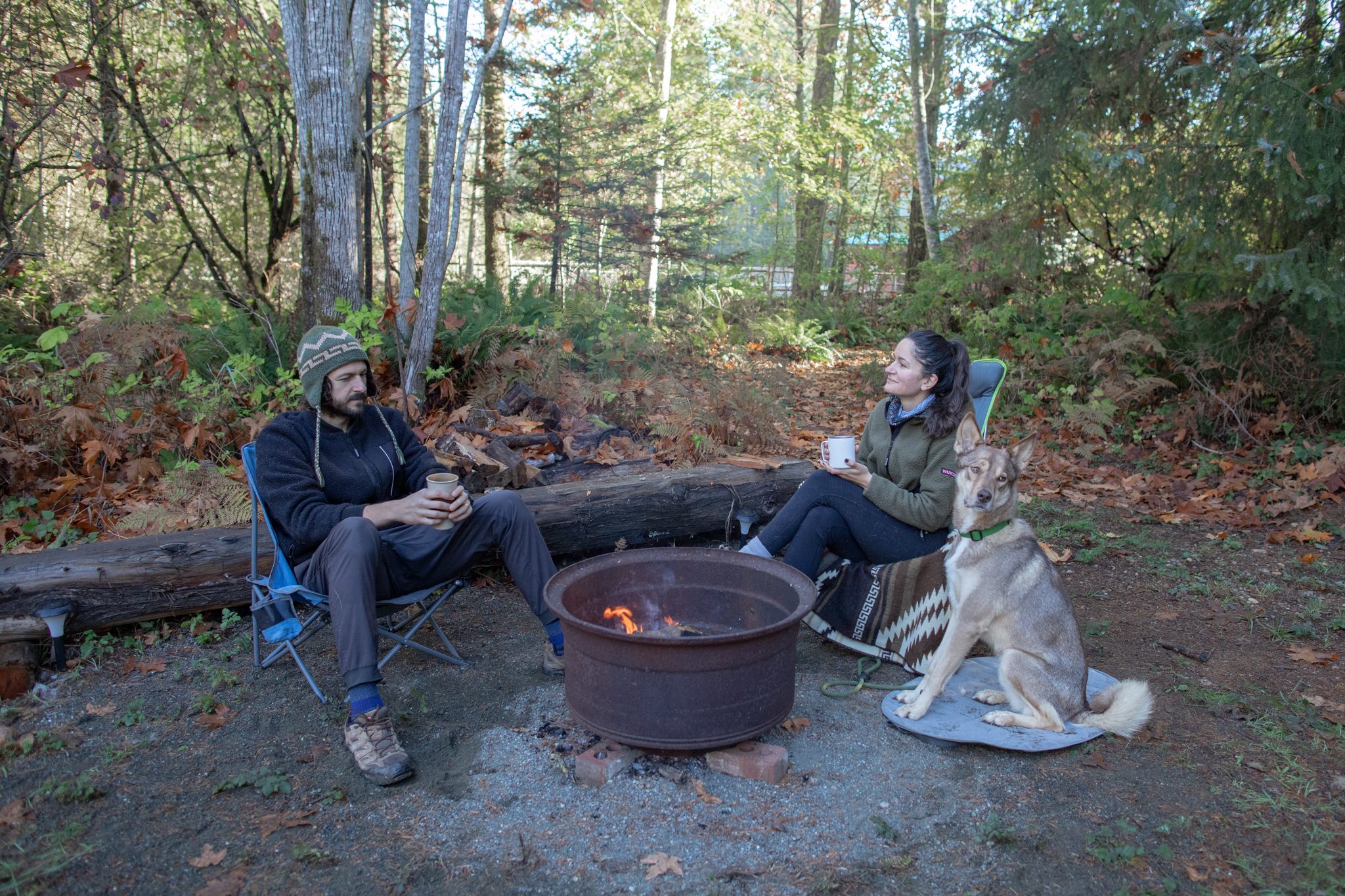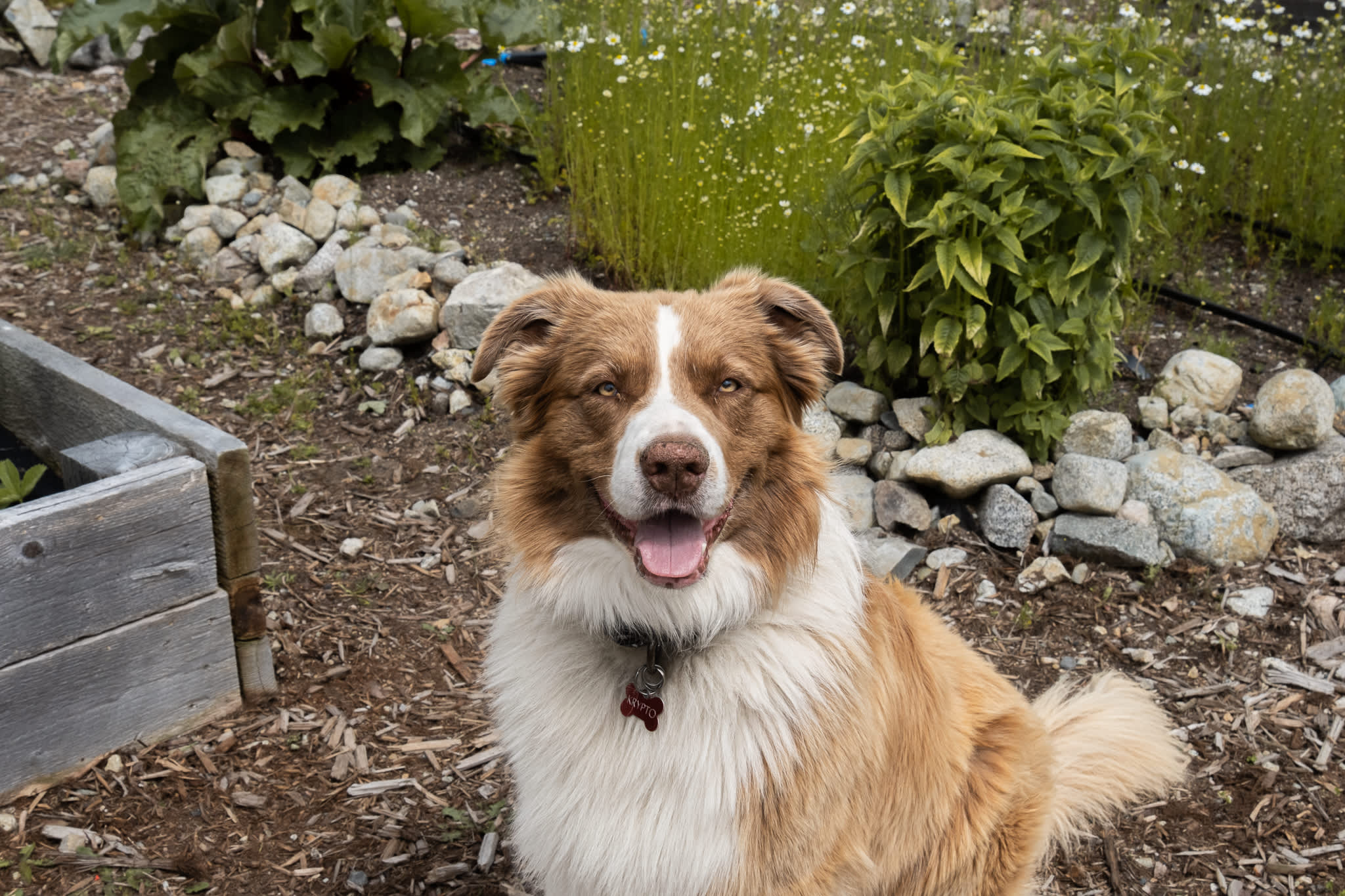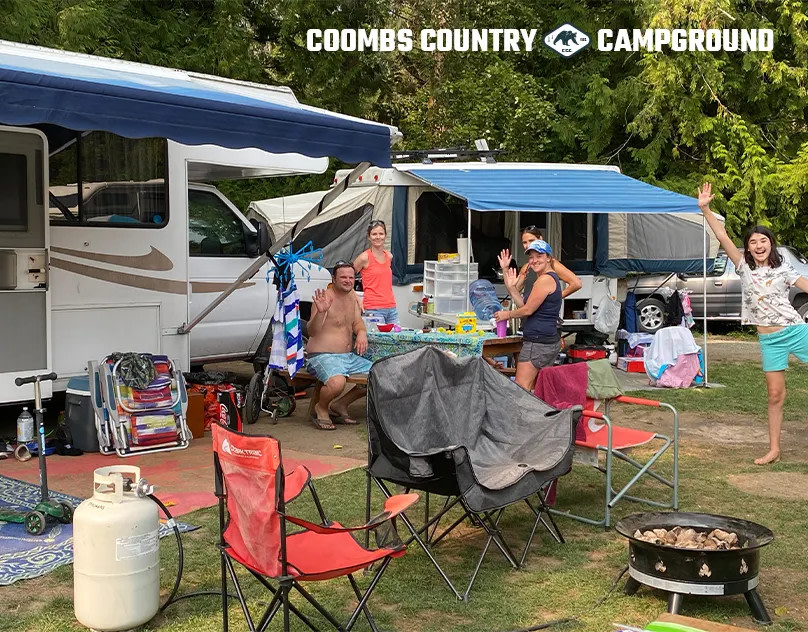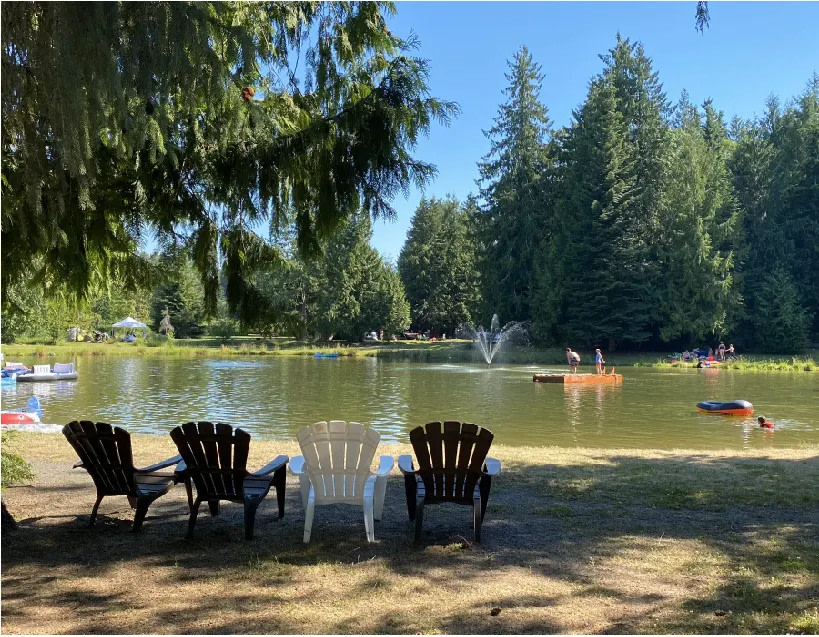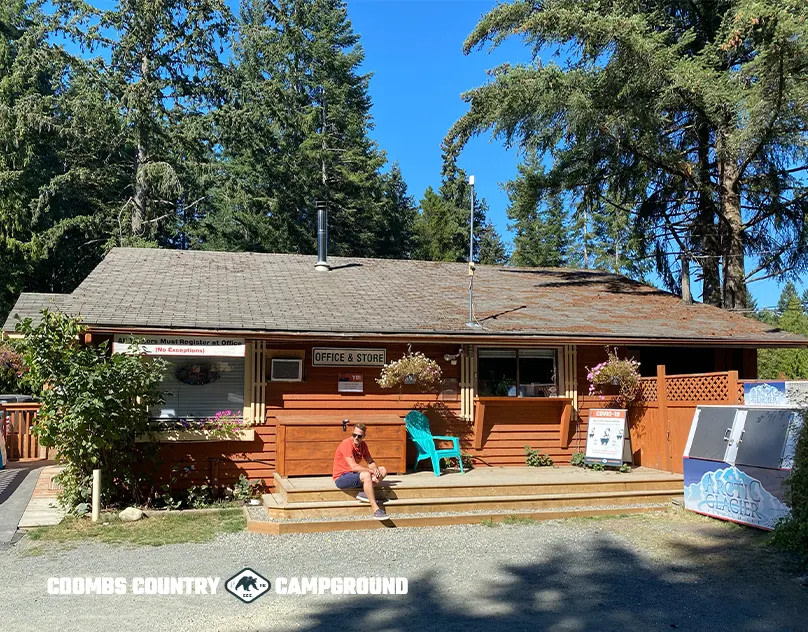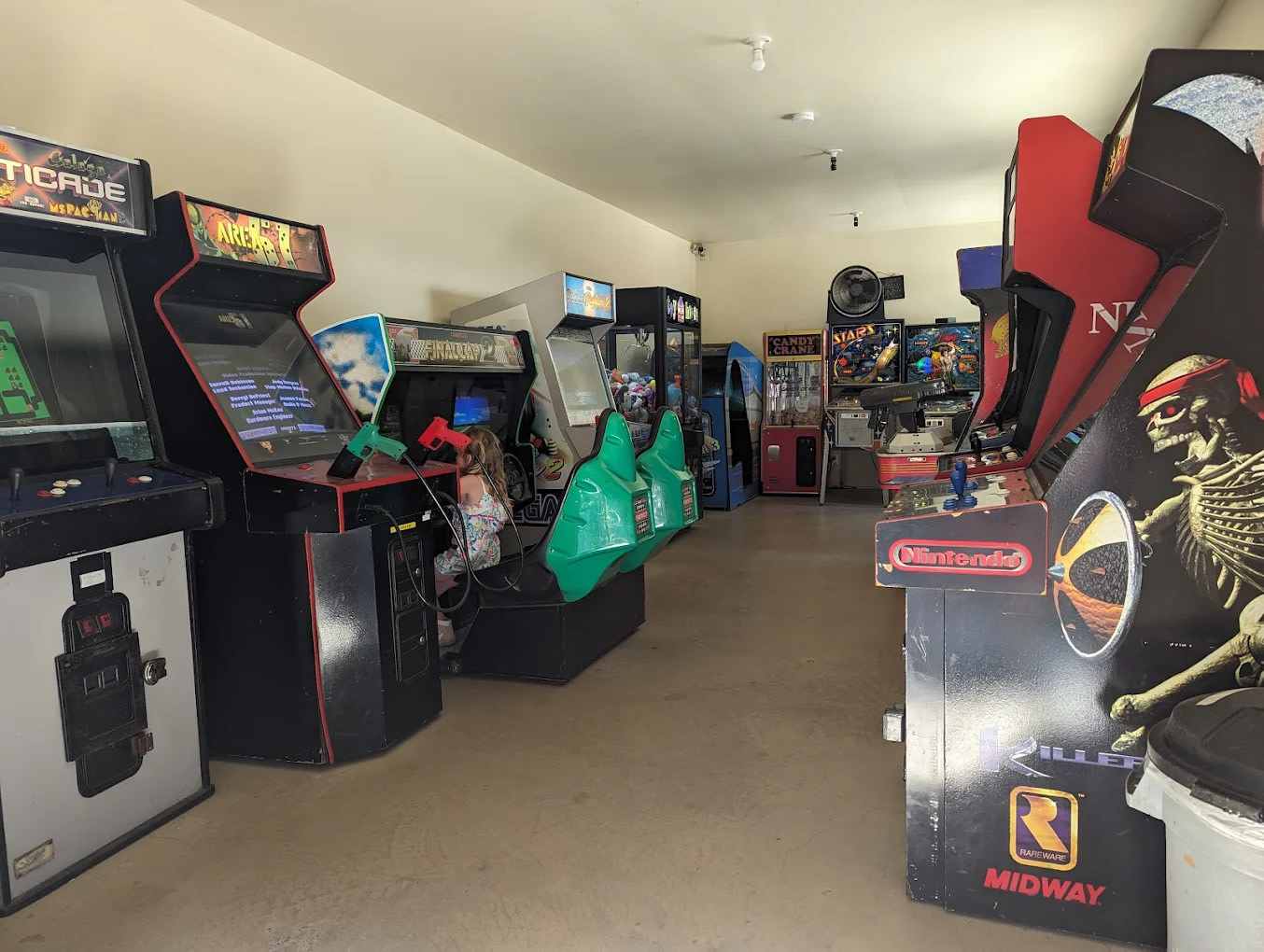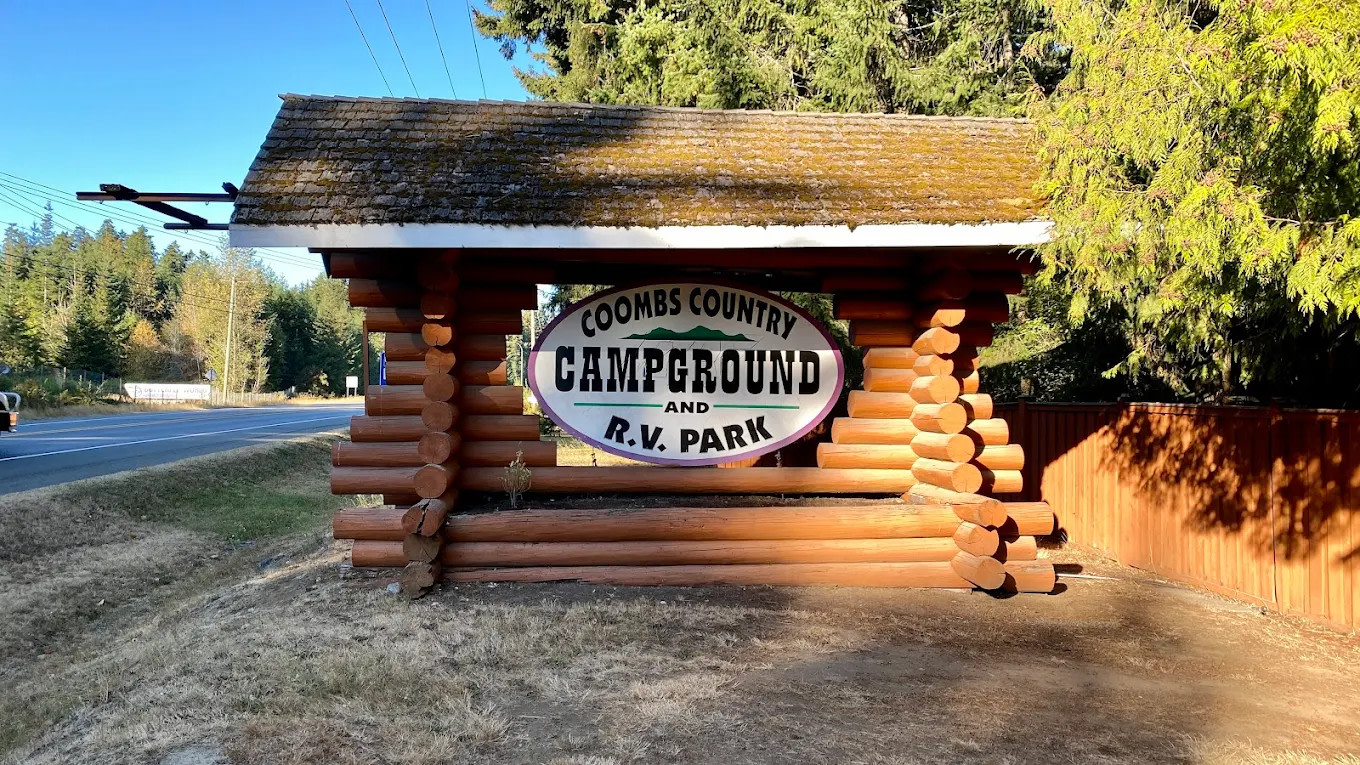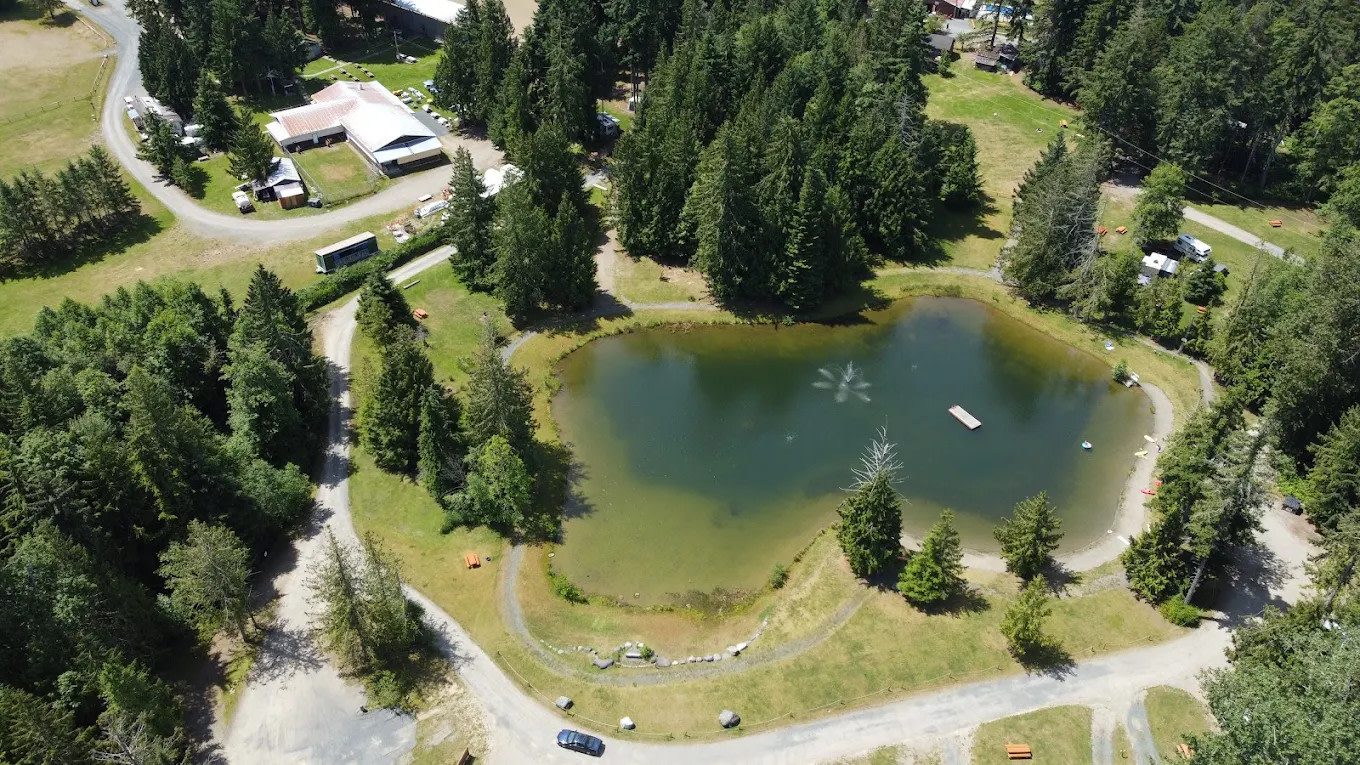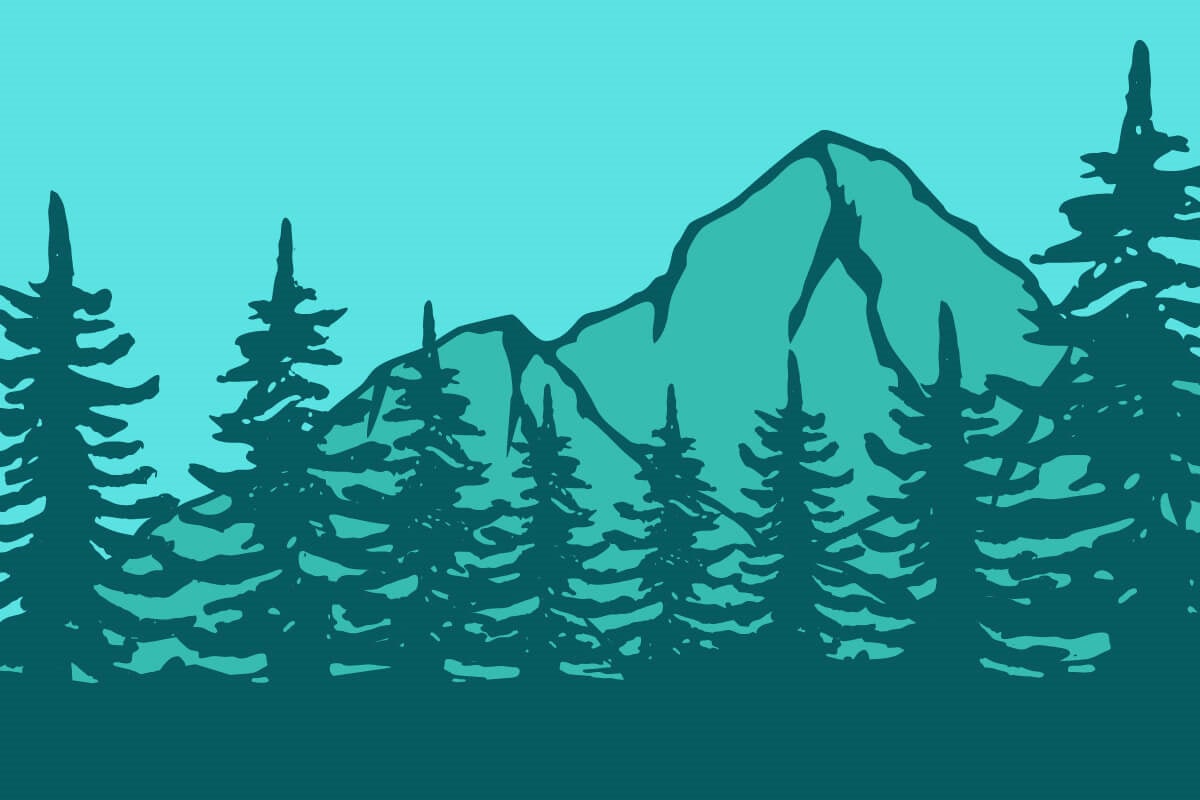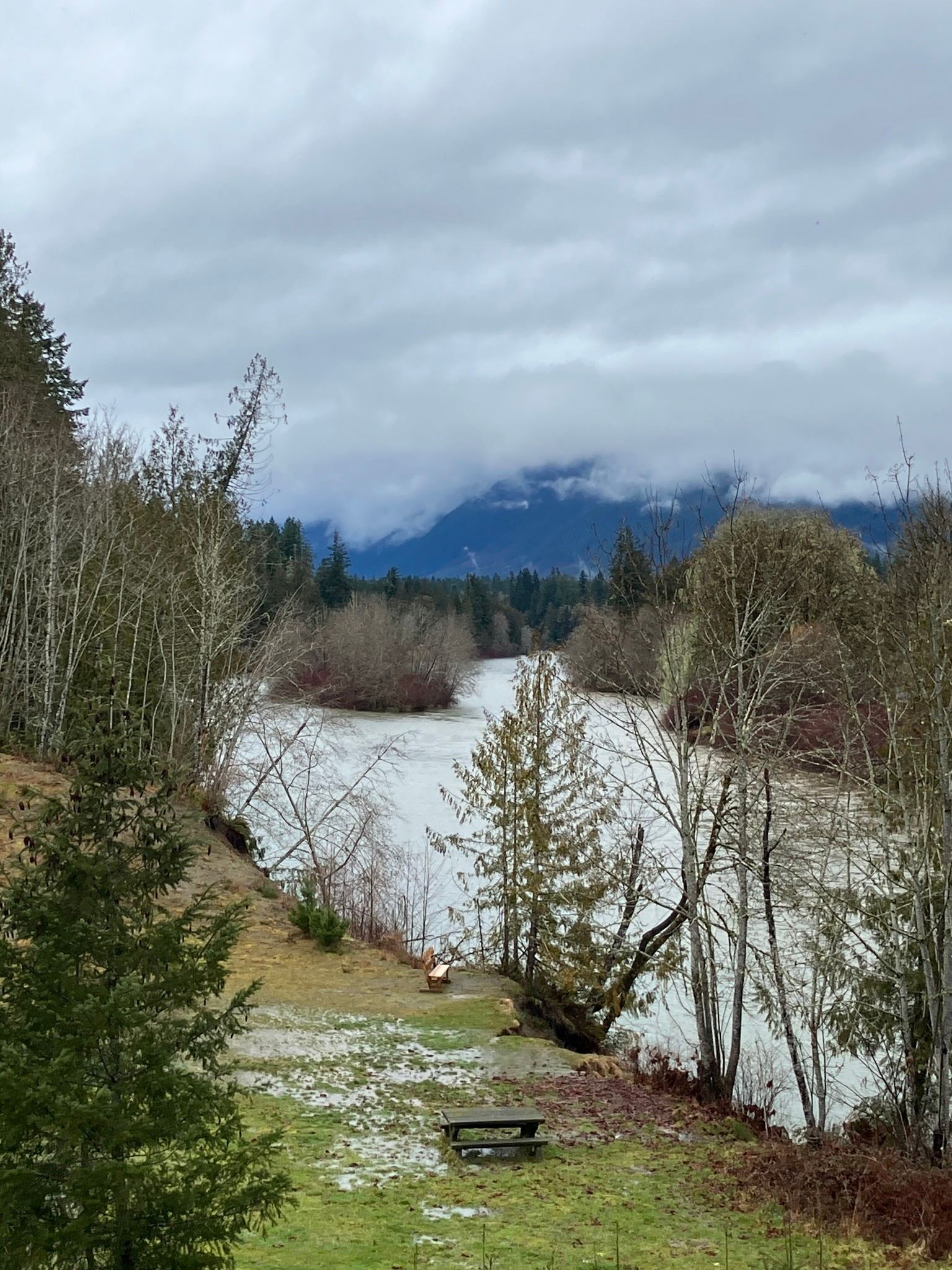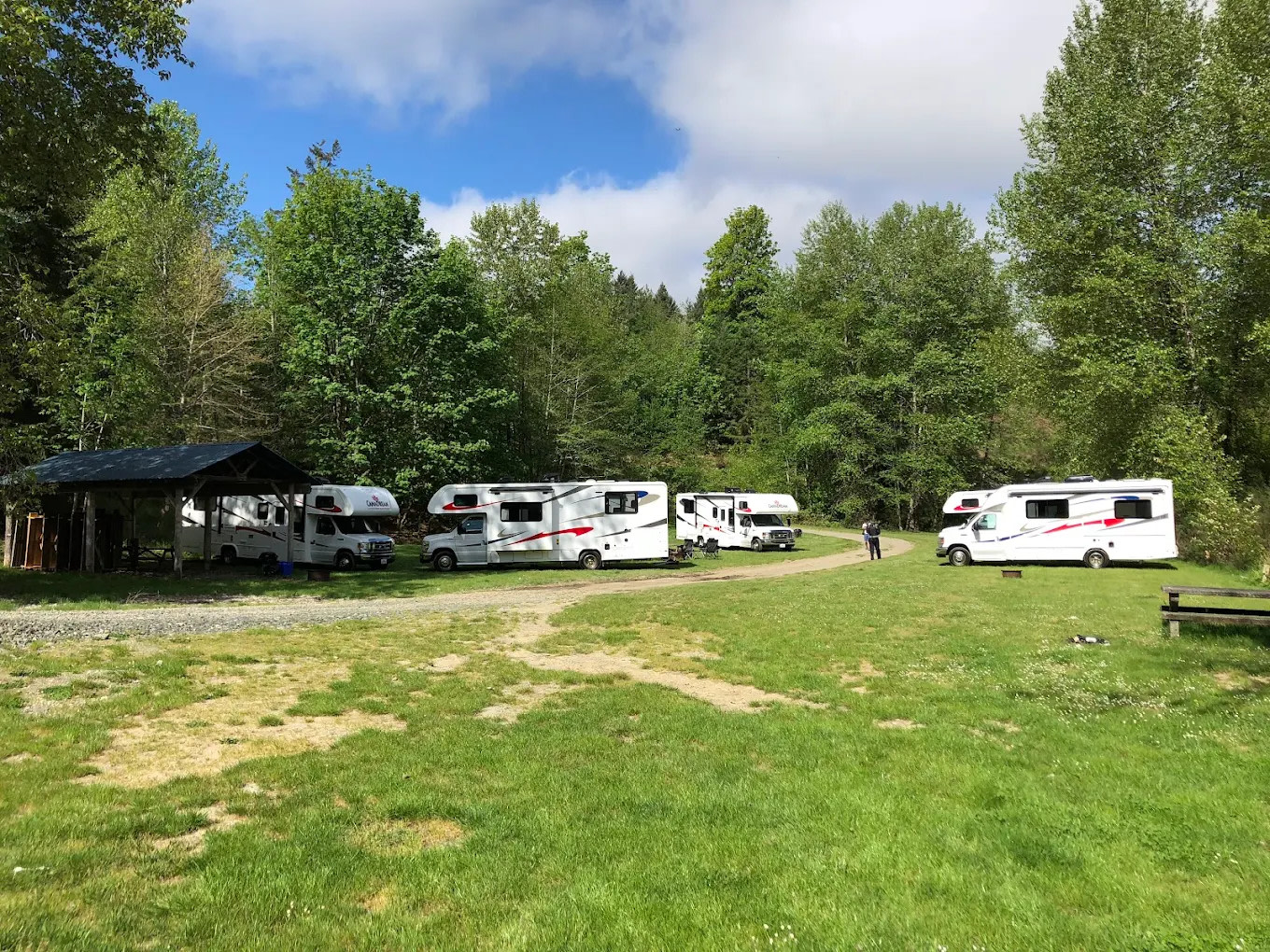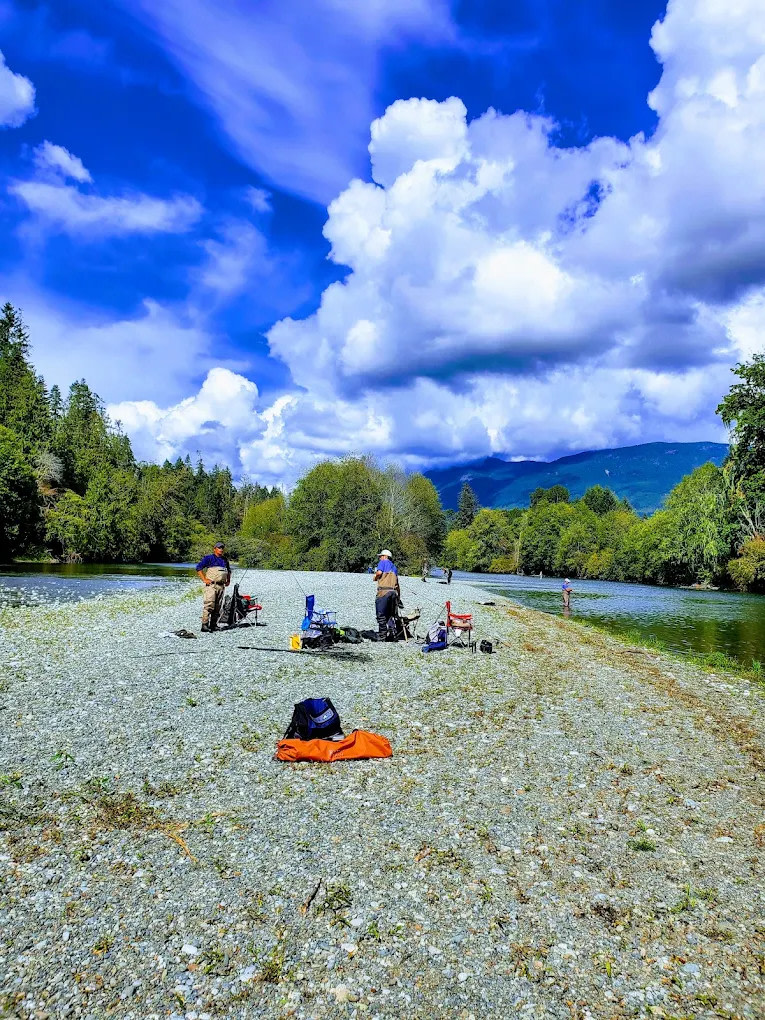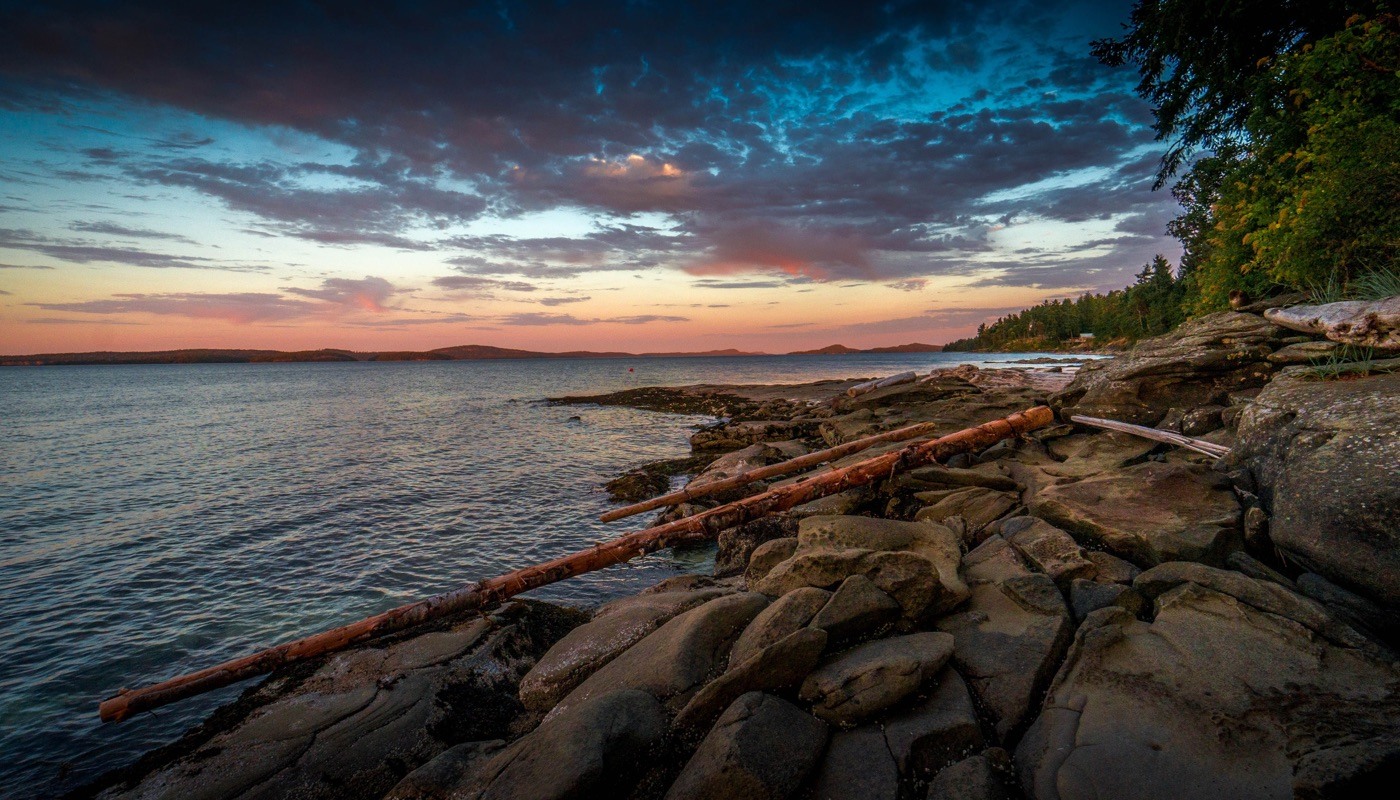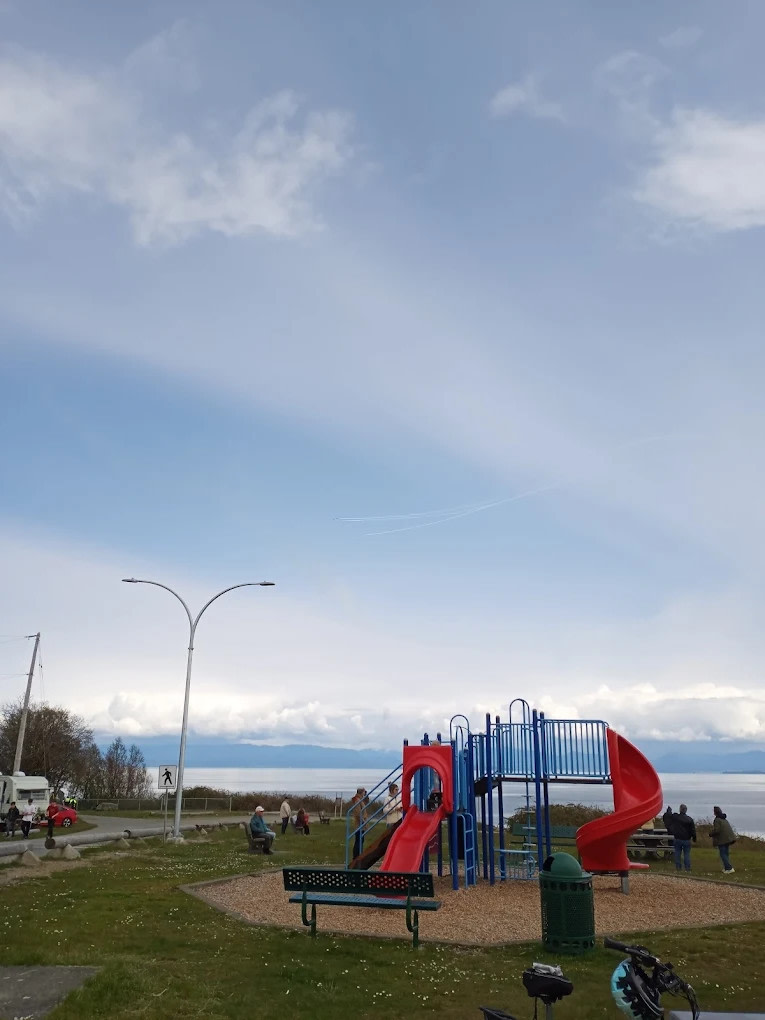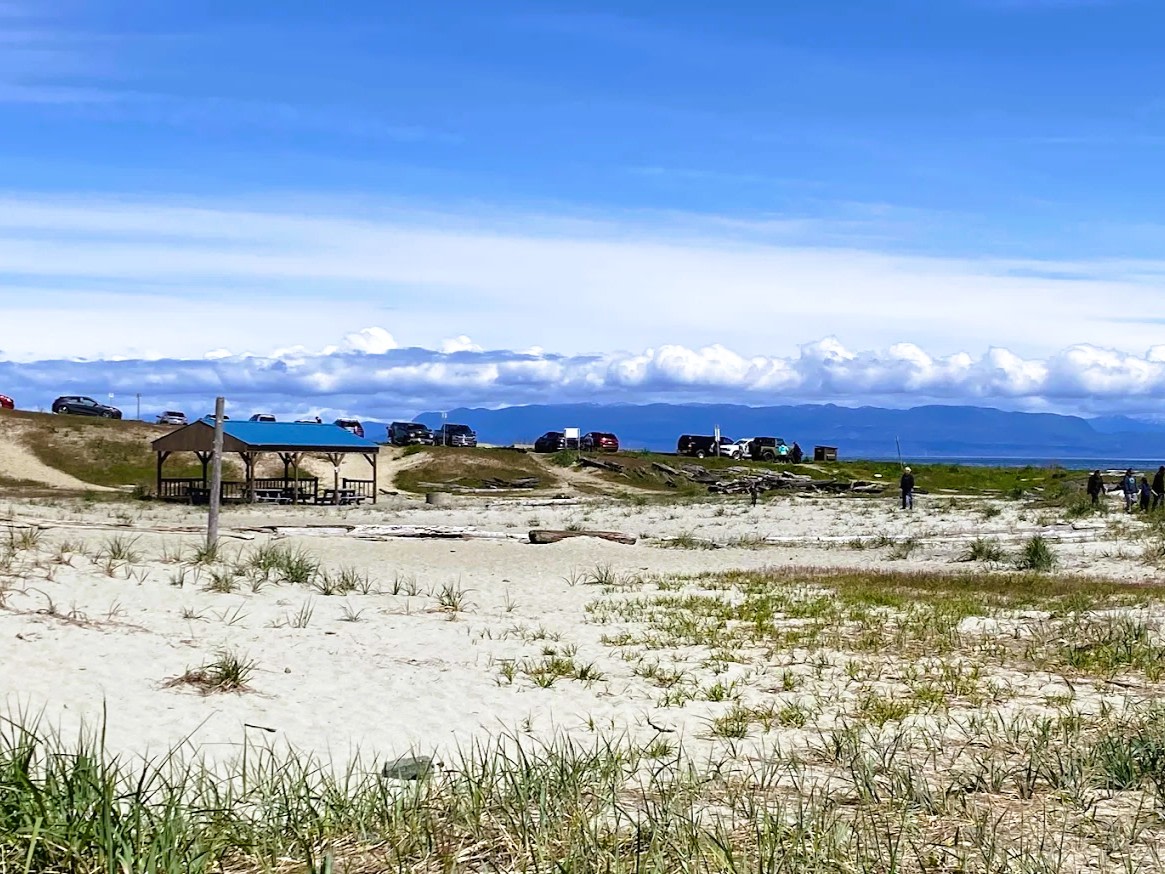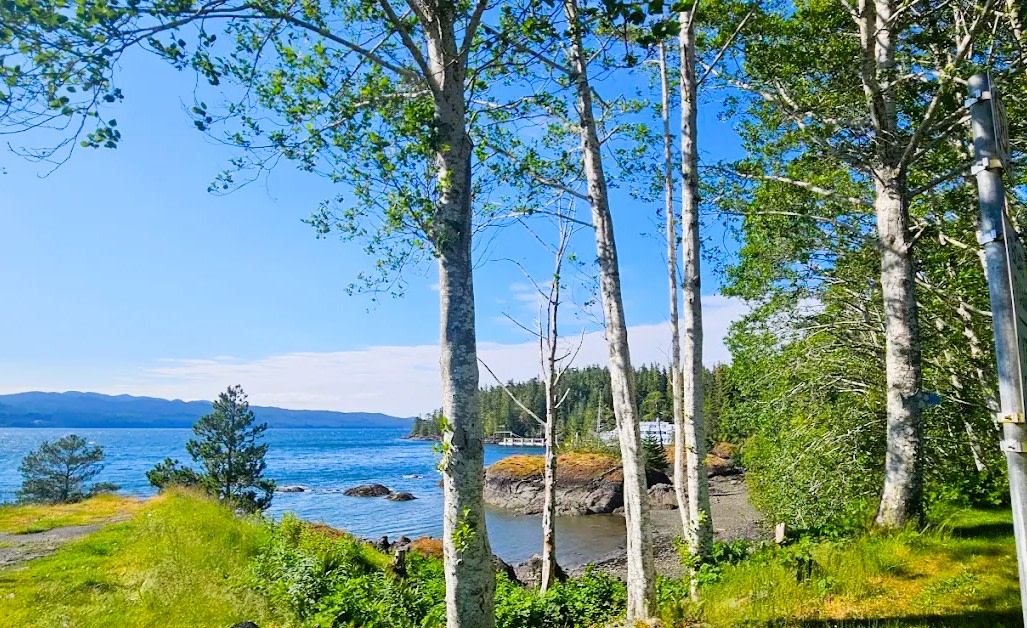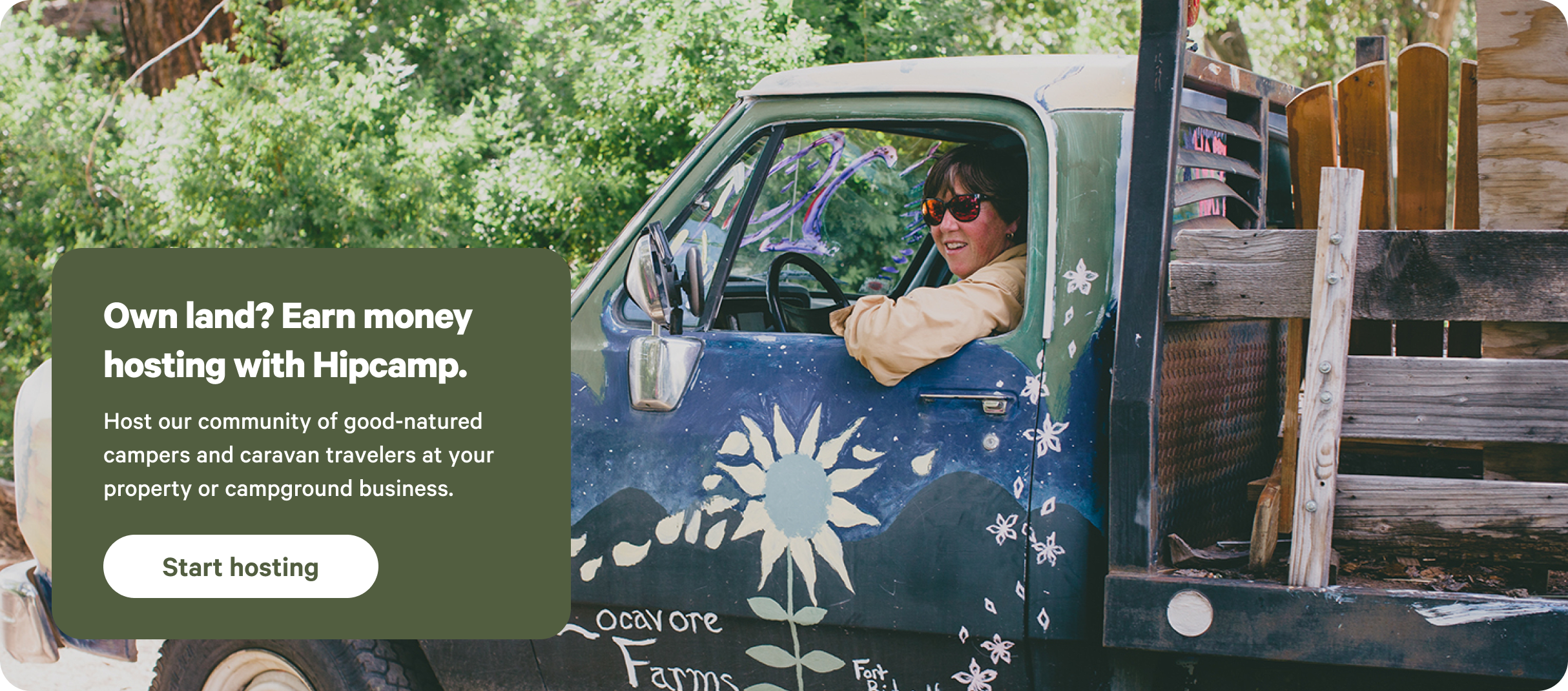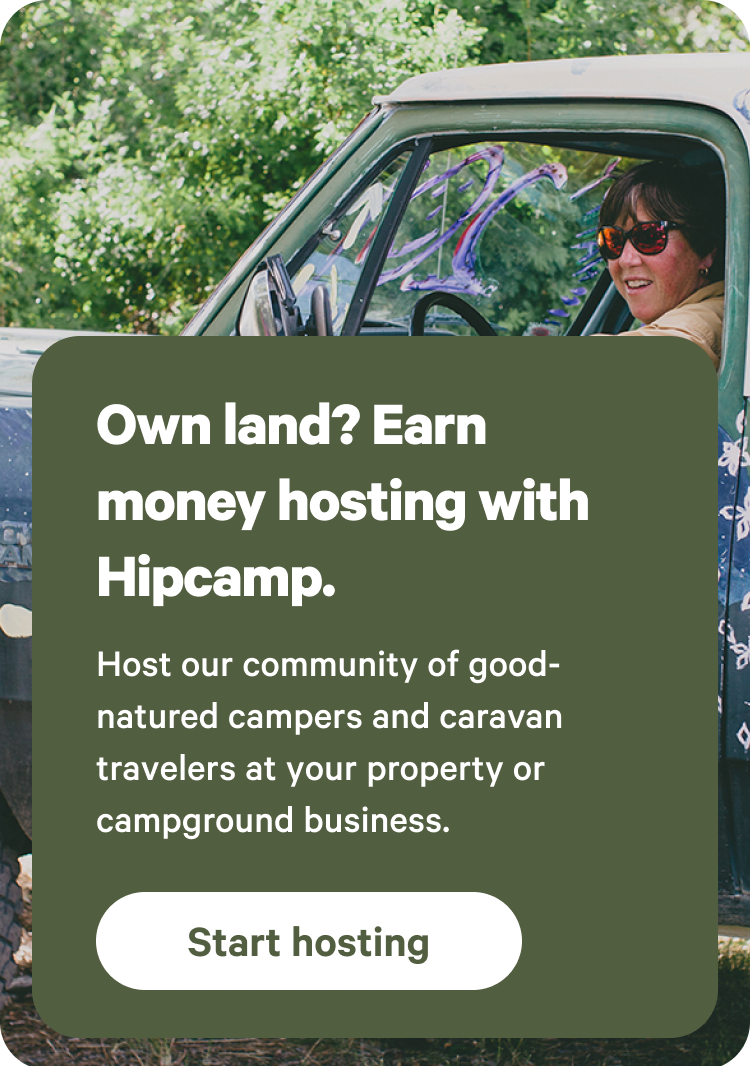98% (1.6K)
Top-rated campgrounds near Powell River
98% (1.6K)
Top-rated campgrounds near Powell River
Camper favorites near Powell River
Top-rated campgrounds reviewed by the Hipcamp community.
Recent reviews from the Hipcamp community
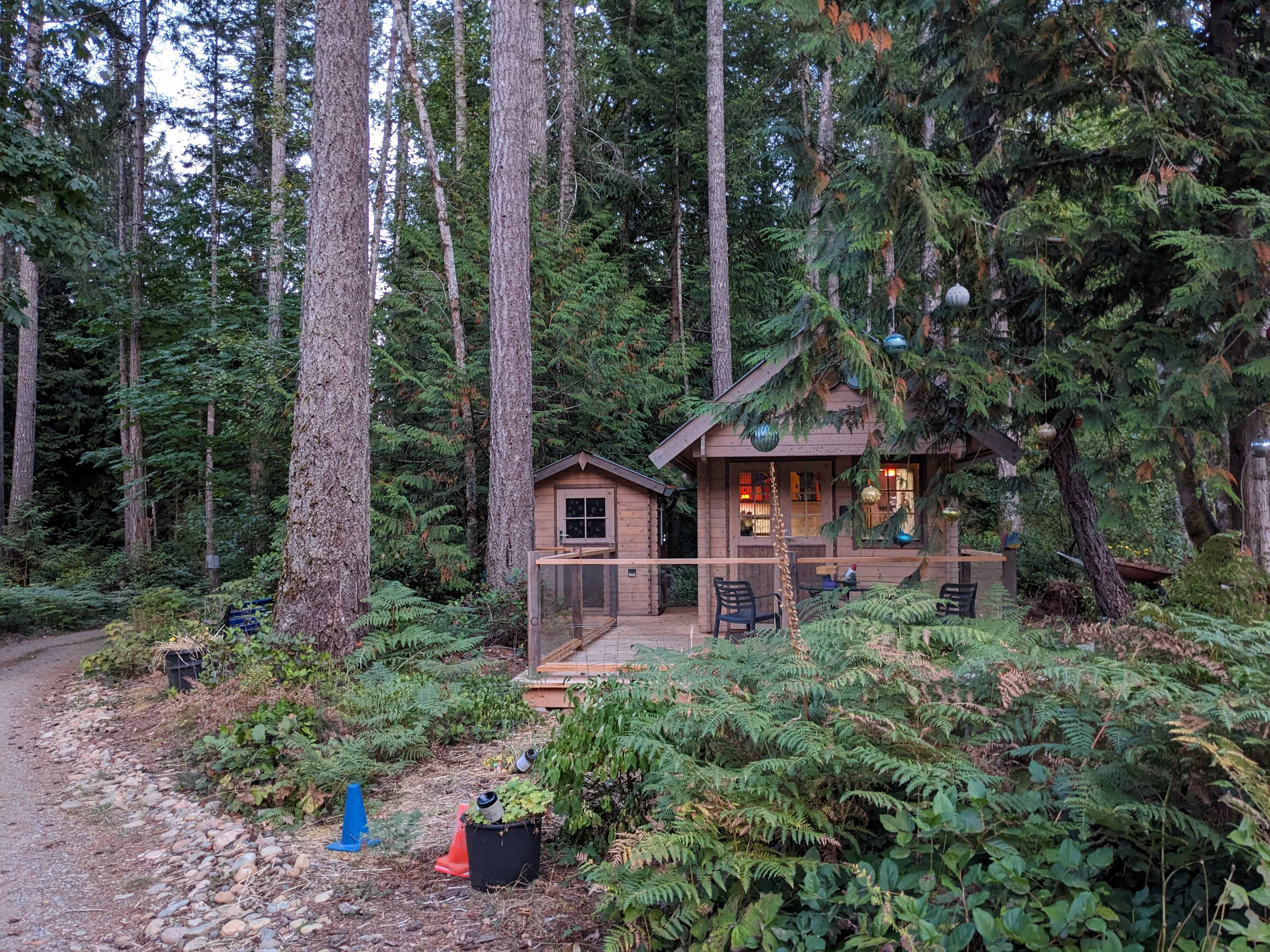
K
Kyle
November 2025

B
Betsy
November 2025
10 ft Class B
Beautiful private campsite, lovely sunrise and even saw some deer, will definitely be back if I’m ever passing through again
See more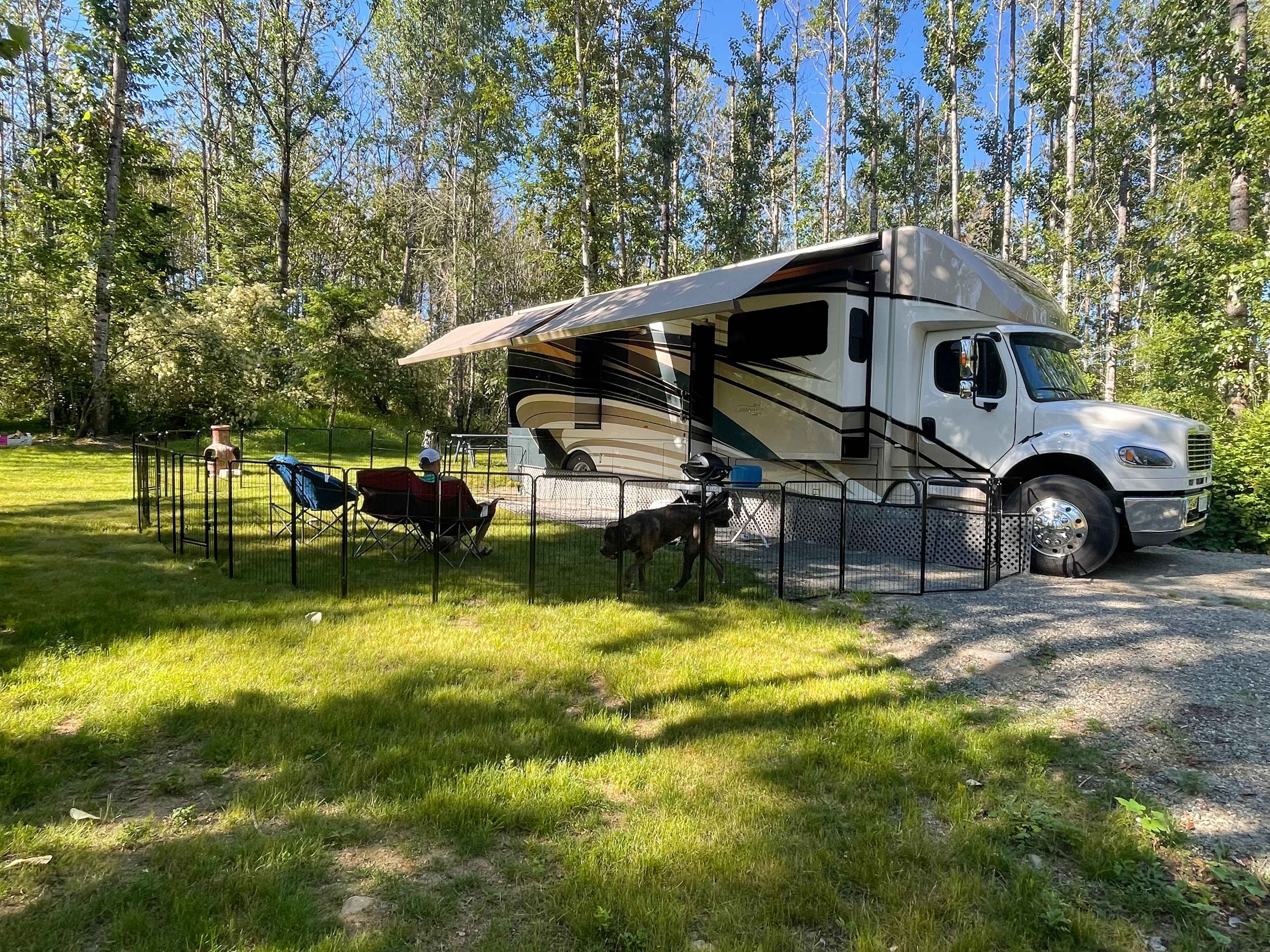
B
Betsy
November 2025
16 ft car
Peaceful and private, Lisa was very attentive and quick to respond to messages
See more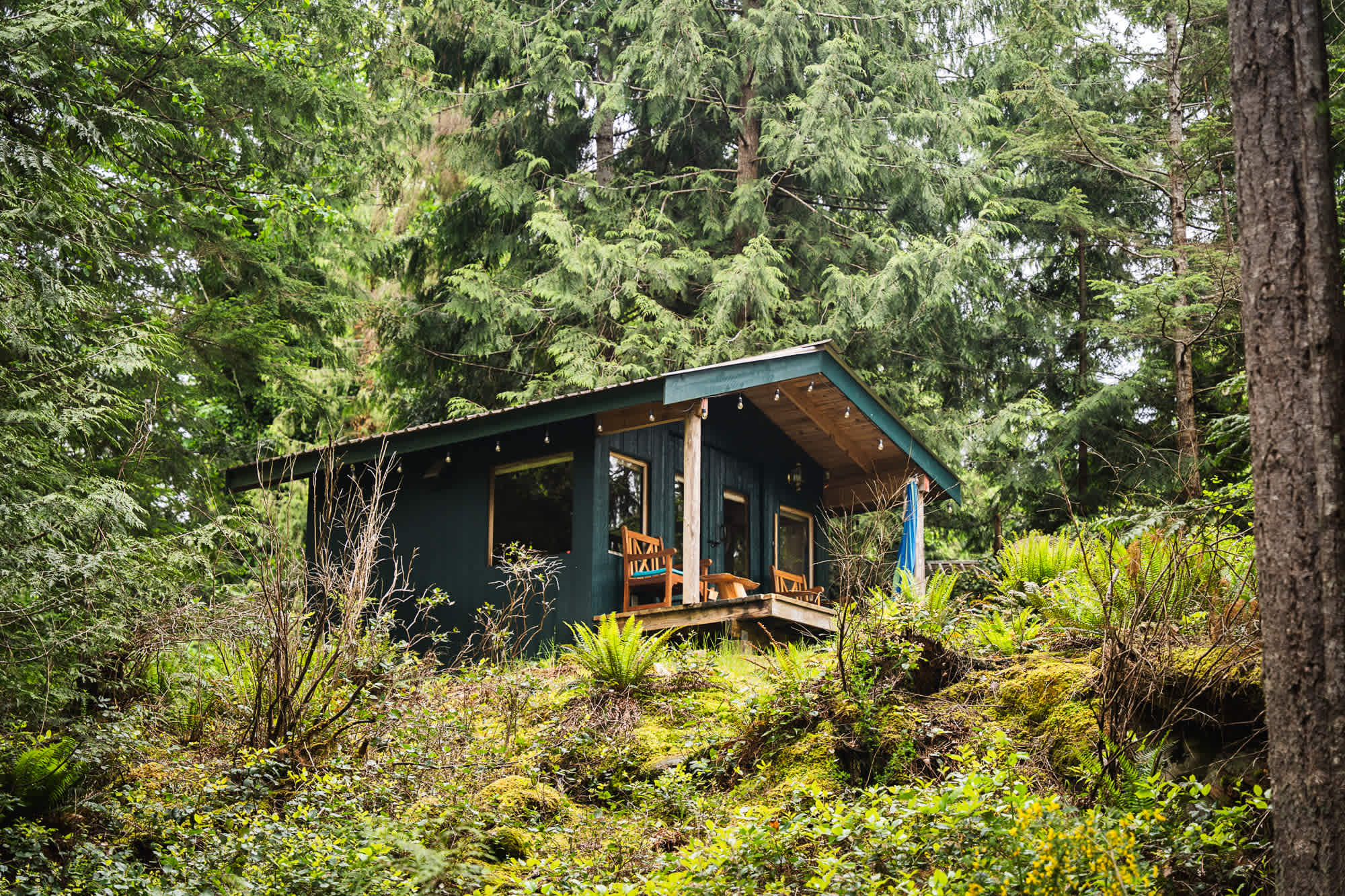
J
Jordan
November 2025
Weekend Trip to Strongwater Camping and Cabins
Gorgeous property, thoughtfully designed spaces, and a very warm, welcoming, and accommodating host. The description of the cabin we stayed in captured its essence so well and we had a beautiful stay here. Thank you Cheyenne for having us!
See more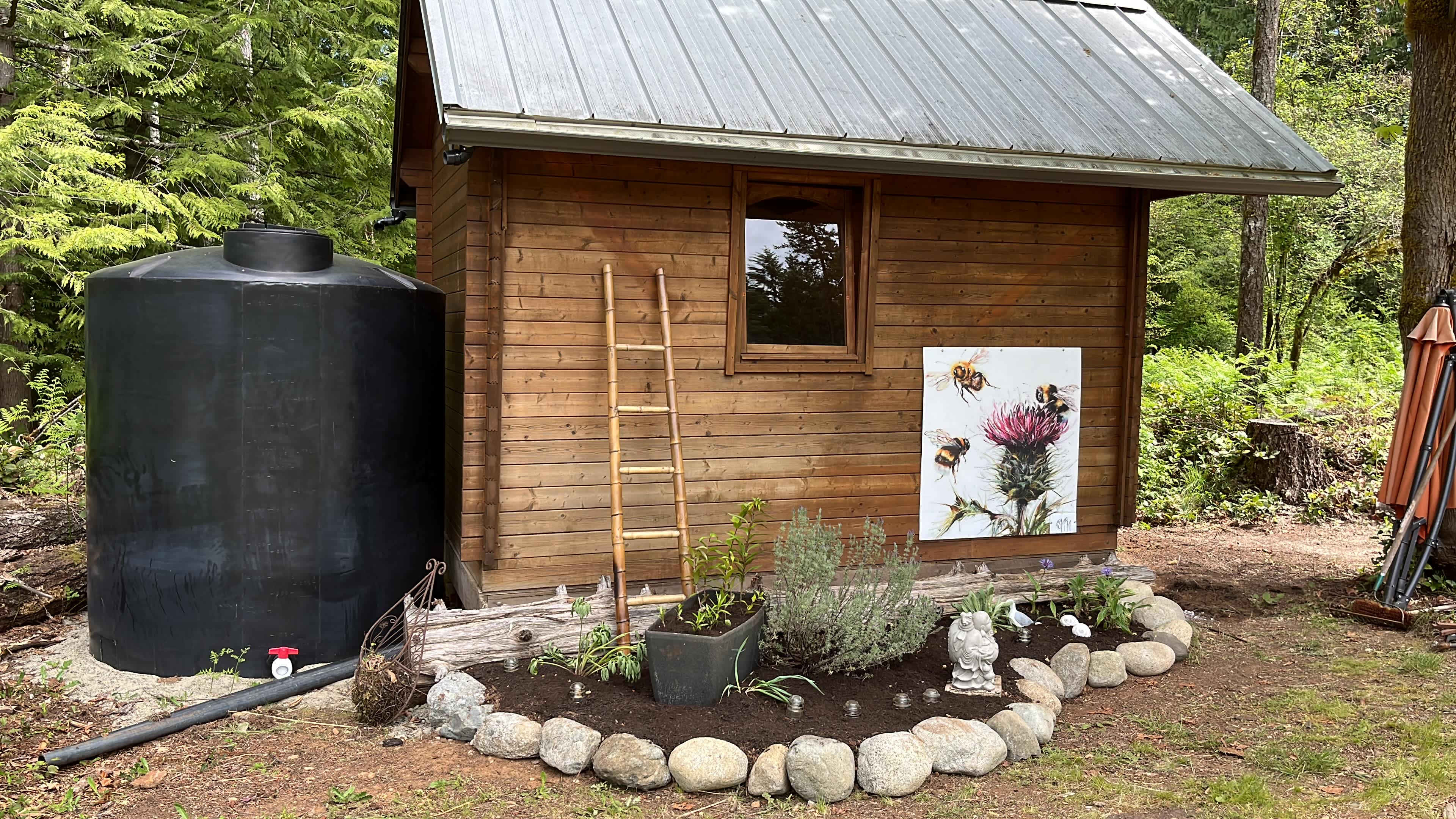
k
kevin
November 2025
With pets
Both Susan and Tony were amazing hosts. They were always quick to answer any questions and were incredibly kind! We did end up booking a tour with them of their place which was truly spectacular and original. Me and my parter have already discussed when we will return next. We will be forever thinking about our conversations with them both sharing our love for the environment and dogs:) Looking forward to our next visit!
See more
E
Ella
November 2025
16 ft car
With pets
A nice private spot! Far away from main roads that there was minimal noise, but still close to town
See more
K
Katrina
November 2025
2 nights at Tiny Secrets Farm & Retreat
Love the micro-cabin. It is very compact and thoughtfully designed. We enjoyed the firepit and kitchen. Kito was very healpful and even provided us with extra heater. The water in the outdoor shower is very cold so it could be improved. But im sure that Kito will immediately fix it if you message him. We didnt need to use it during that time so it wasnt a problem for us. Overall, it is a nice place and very private. We also enjoyed the trail.
See more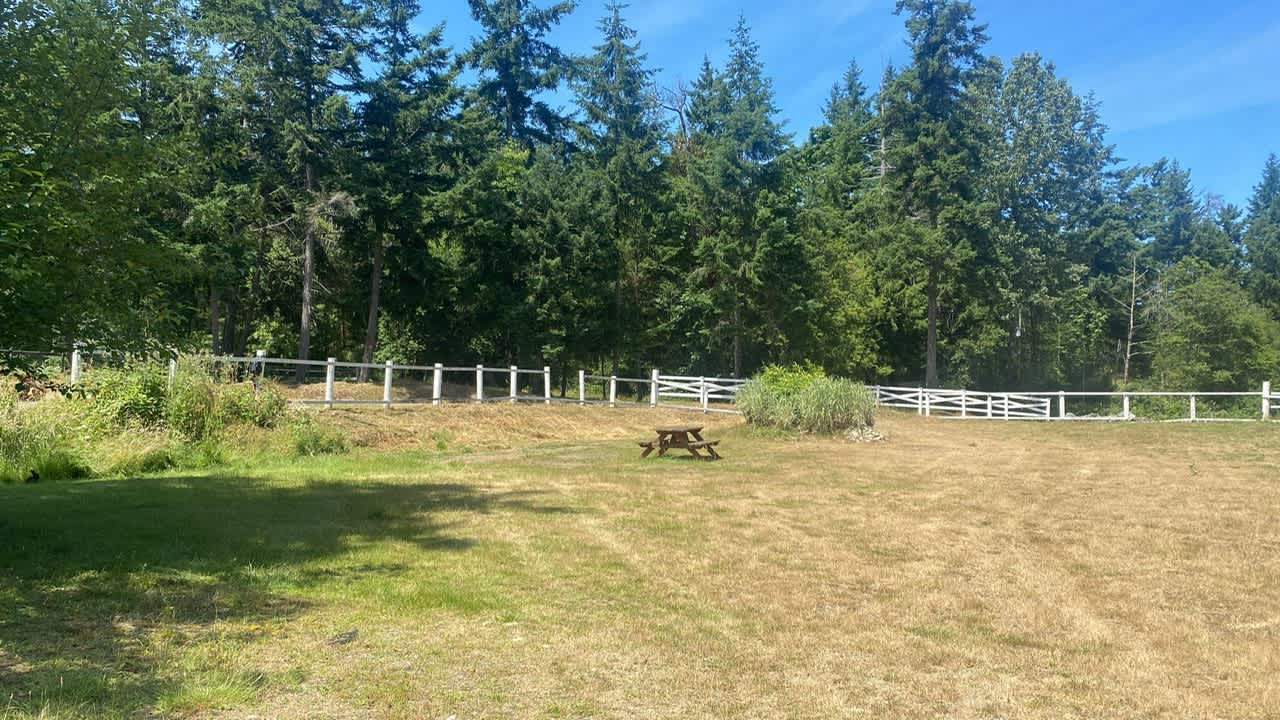
B
Ben
October 2025
Tent
We had terrible weather the night we stayed and the owners were super hospitable. They let us use the shop front to keep dry and warm which was greatly appreciated.
See more
M
Mario
October 2025
Weekend Trip to Strongwater Camping and Cabins
Very serene! Perfect for a quiet weekend. Will return!
See more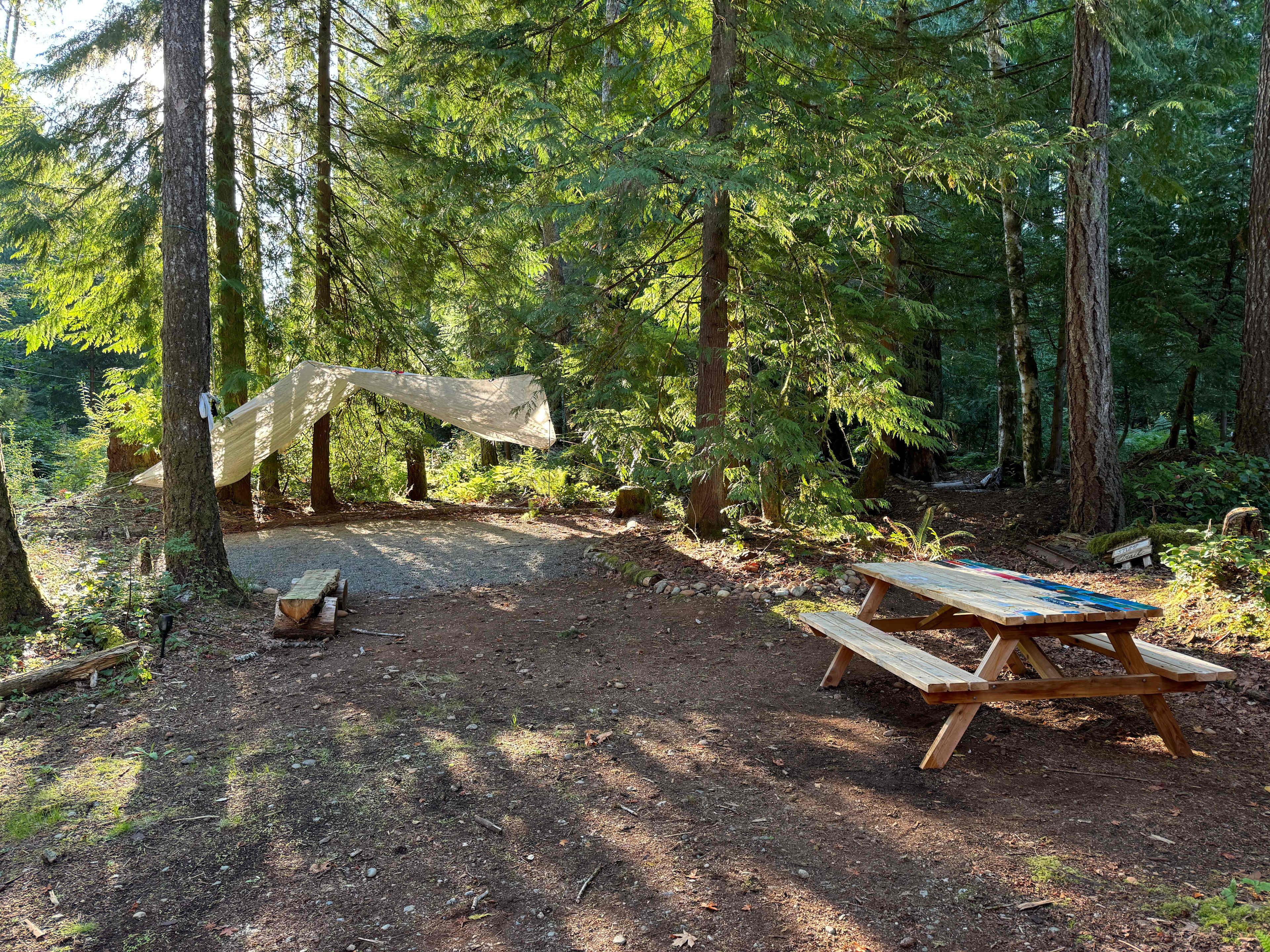
G
Gannon
October 2025
Tent
Susan was an excellent host. When we first showed up we were a little lost and she guided us right to our campsite. We were camping on Thanksgiving and she invited us into her home and gave us a slice of homemade pumpkin pie (it was amazing). We left in a hurry but we would definitely go back again.
See more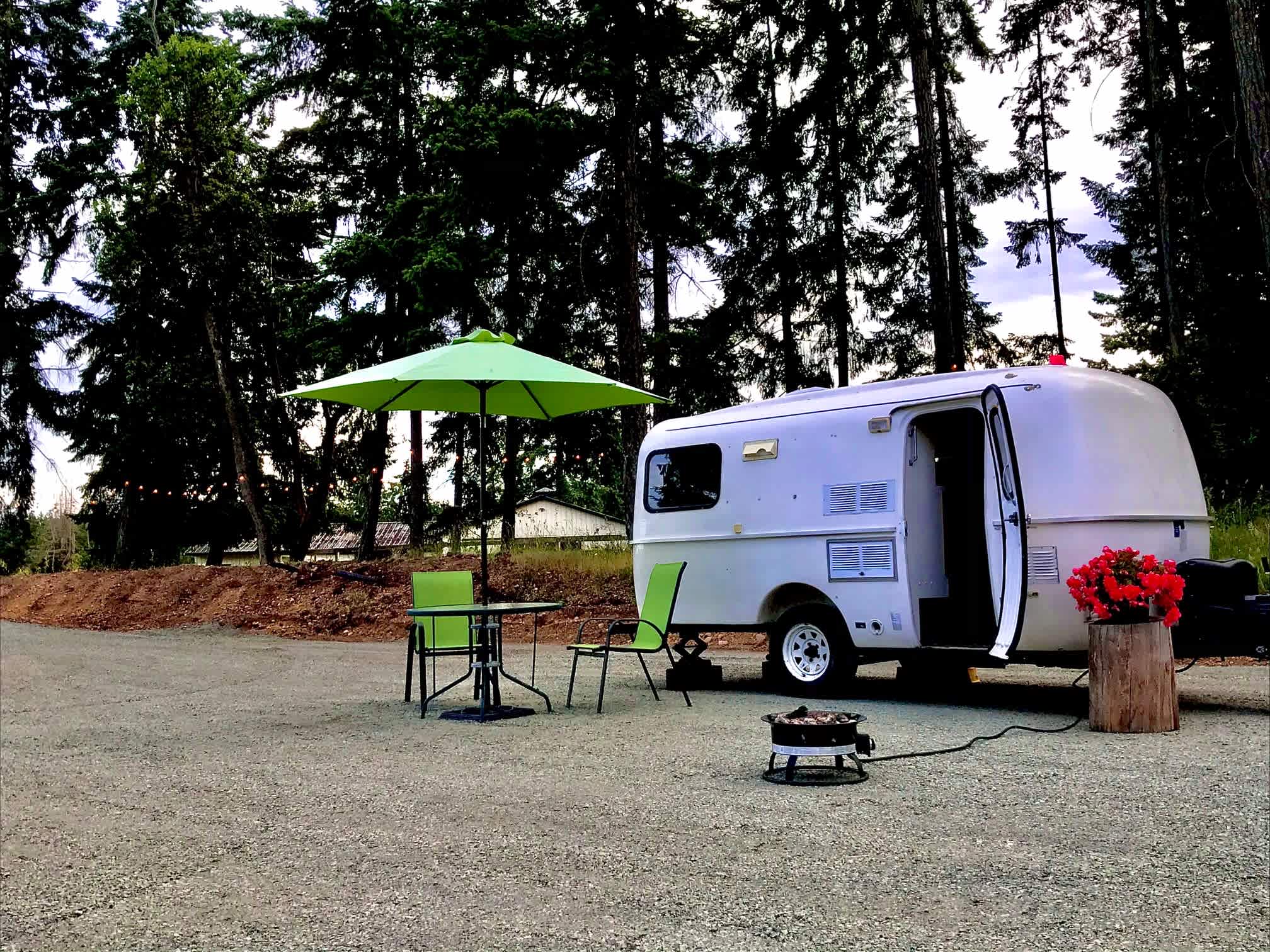
H
Hannah
October 2025
22 ft campervan
Great stay! Had everything I needed and was a great stop from the ferry to Tofino
See more
S
S
October 2025
With pets
We had the best experience at strongwater cabins. The cabins are cozy and picturesque, with all the essentials. An electric kettle and mini fridge made our experience so much better, since we were able to store our food and enjoy hot drinks on the chilly autumn nights. The cabin comes with an electric fireplace that kept us perfectly toasty as well. Hot showers and clean bathrooms and area to wash our dishes was so convenient! Cheyenne has put her heart into the property and it shows. The hosts are super accommodating! We even got to use their canoe and paddle out on Waugh Lake, and check out their infrared sauna. The cherry on top is the delightful animals that live on the property. Geese, chickens, mini ponies, guinea fowl, and more. We explored the Skookumchuck trail and checked out the amazing whirlpools. Every inch of this forest is beautiful, made better by our time at the cabin. We will absolutely return! A 10/10 experience.
See more
S
Sean
October 2025
Weekend Trip to Tiny Secrets Farm & Retreat
Amazing! We don’t need a customer base. Beautiful
See more
c
christopher
October 2025
Weekend Trip to theDoighouse Earthship
Maple Cabin was comfy and all I say about the Earthship is, “Wow”!!
Completely off the grid, it's a unique and wonderful building. Thank you Tony and Susan for showing us around your amazing creation and well done. Bravo!!
See more
M
Michael
October 2025
18 ft campervan
Paul was communicative and hospitable. The camp area was spacious and was perfect for our stay. Coffee on the beach close by was lovely. A great place to stay!
See more
P
Pierre
September 2025
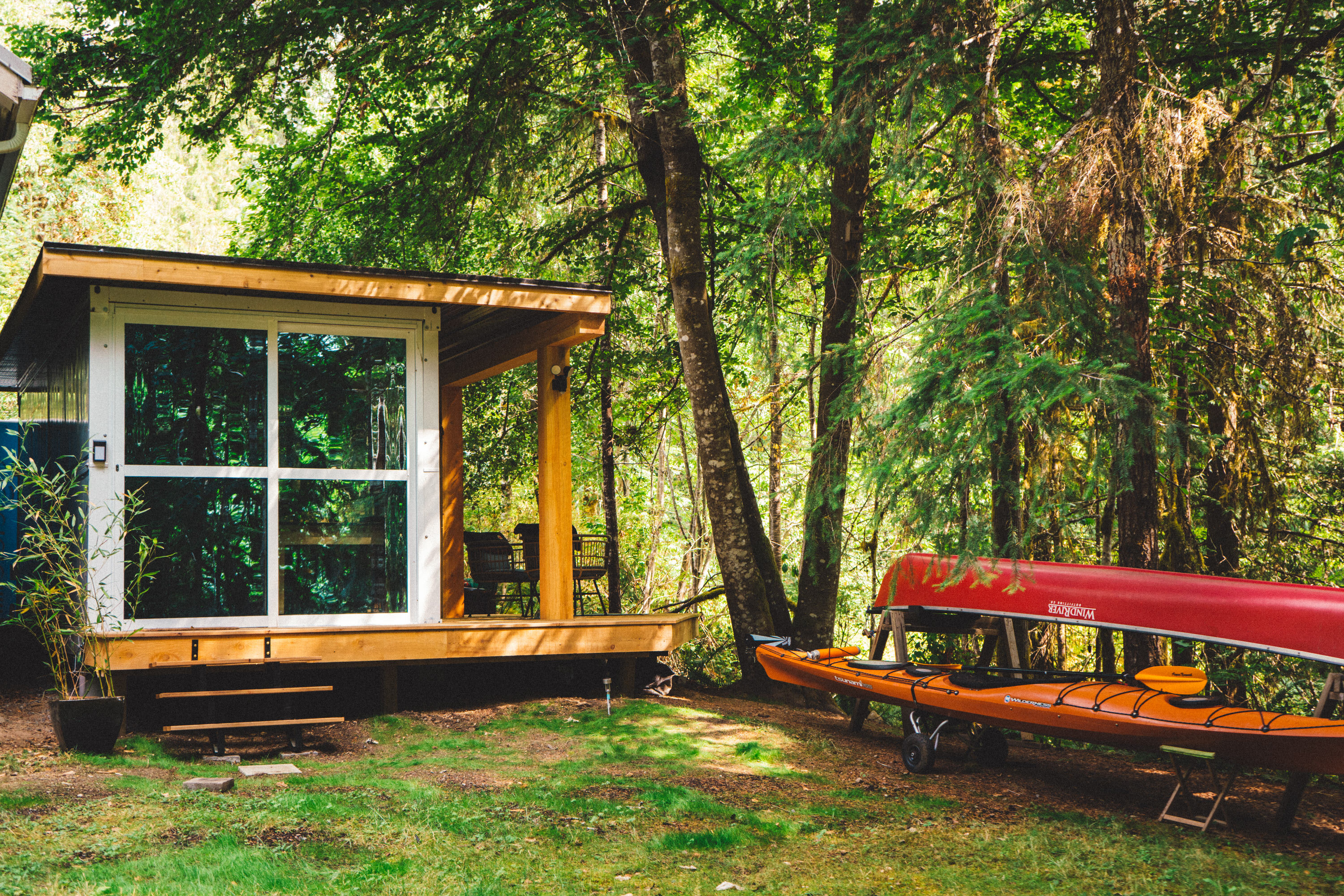
orla
September 2025
With pets
We had a very cosy stay at the Portal retreat with our pooch. It was pretty rainy but that made the stay even more cosy. The bed was really comfortable , and it’s such a close walk to Sproat lake. We enjoyed swimming and paddling , very peaceful. We hope to be back again soon :)
See more
K
Katie
September 2025
2 nights at Strongwater Camping and Cabins
We LOVED staying at Cheyenne's Treehouse Cabin. We stayed in cabin 2 for 2 nights and it was pure perfection. It truly felt like you were in a treehouse among the trees. The whole property was gorgeous and miraculously upkept. The heater kept the cabin warm at night, towels and loonies for showers were provided. Close to Skookumchuk Narrows and Skookumchuk Bakery and Cafe (the cinnamon buns are a MUST). Would absolutely recommend for a friend.
See more
S
Samantha
September 2025
3 nights at Portal Retreat
I loved glamping at the Portal retreat. It was an easy drive to Tofino for a day trip and the lake provided a relaxing alternative to the beach. It was a lovely little cabin and a highlight of my trip!
See more
J
Jammers
September 2025
2 nights at Tiny Secrets Farm & Retreat
I would recommend for my low maintenance friends as the pee toilet in the cabin is a separate room with a seat, however is a 20gallon paint bucket that you do have to clean. This didn’t bother me, but may bother some.
I didn’t shower when I stayed because the shower was very dirty and full of garbage from previous guests. The compost toilet is clean and right around the corner from the cabin.
There are workers/helpers/younger (quiet) crew who live on site and are very helpful and wonderful.
I loved staying here and will be back.
My only concern was the lack of cleanliness of the shower. I’ve posted an updated photo.
See moreTop camping destinations around Powell River
More campsites near Powell River


The best camping near Powell River guide
When to go
Powell River and the Sunshine Coast are year-round destinations. The weather is warmest, driest, and most comfortable for campers from April through October. The busiest season is the mild summer, between late June and early September, but spring and fall are both lovely, if cooler and damper. Winters are mild, compared to other destinations in Canada, with temperatures normally above freezing. Just prepare for plenty of winter rain—better for cuddling around the fire than camping on the beach.
Know before you go
- From Vancouver, it takes two ferries to reach Powell River. From the Horseshoe Bay Ferry Terminal, take BC Ferries service to Langdale, at the southern end of the Sunshine Coast. Drive north on Highway 101 (the Sunshine Coast Highway) to catch the Earl’s Cove-Saltery Bay ferry, and continue north on Highway 101 into Powell River.
- Before crossing to the north Sunshine Coast, stop at Skookumchuck Narrows, near Egmont, to see the dramatic tides and spectacular whirlpools that sweep between Sechelt and Jervis Inlets twice a day. It’s an easy four-kilometre hike through the forest to the Narrows. Check the tide schedule to arrive at the best viewing times.
- You can find groceries and other camping supplies in Powell River. Many of the camping areas outside of town or on the islands are fairly remote, so stock up on what you need before you reach your campsite.

